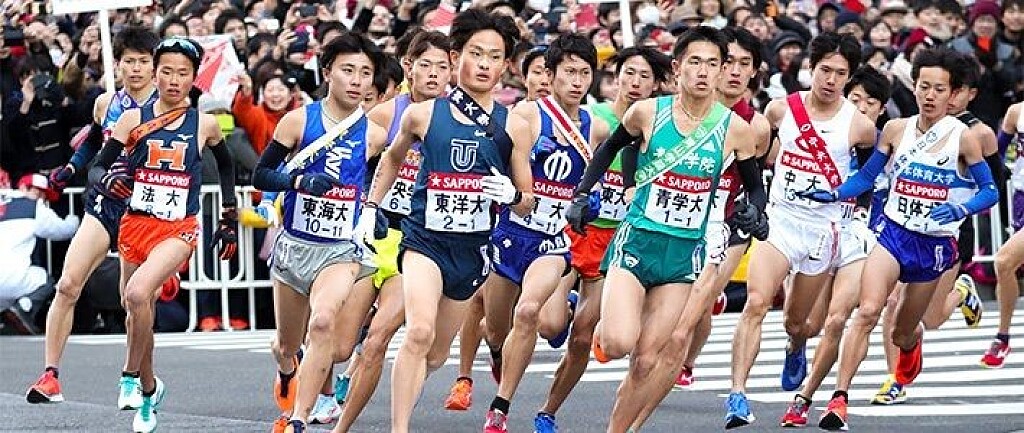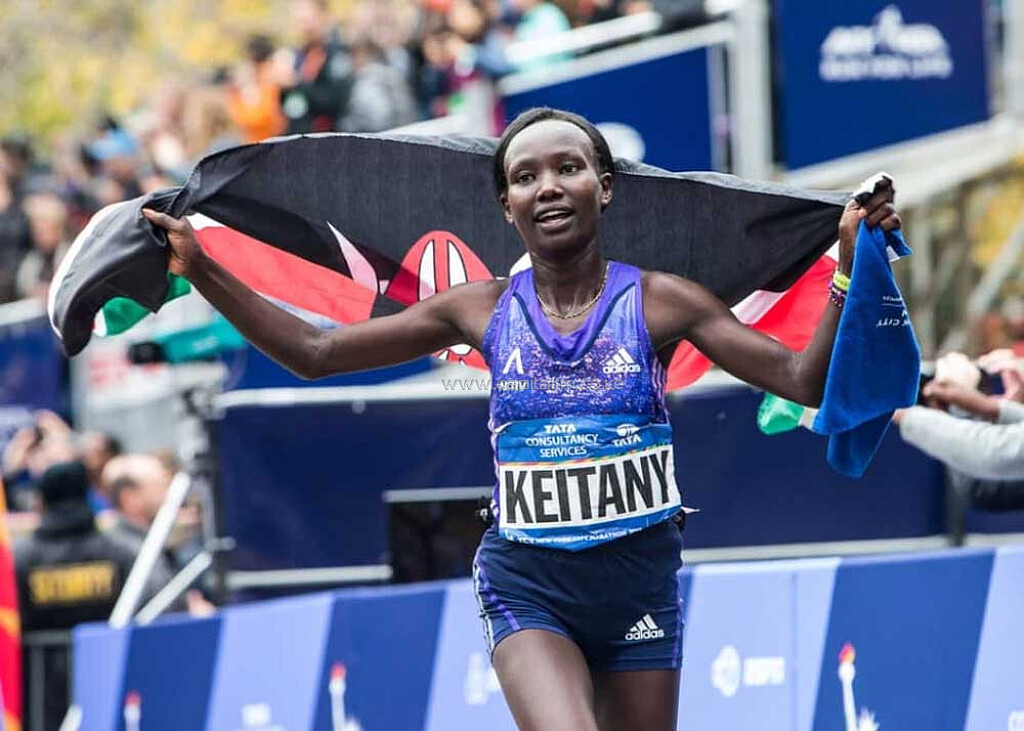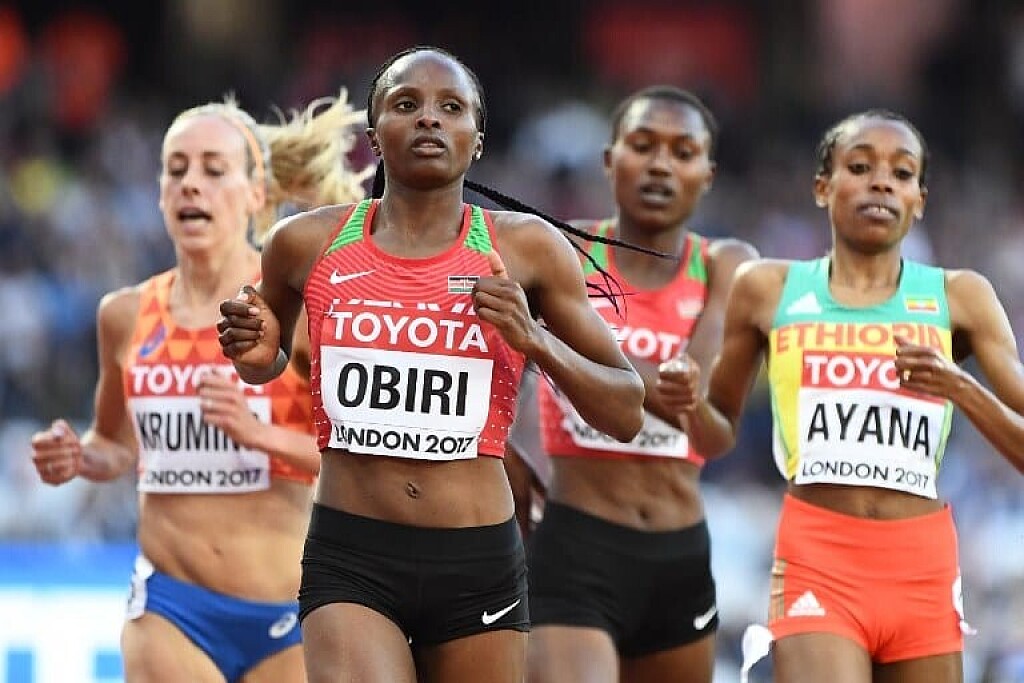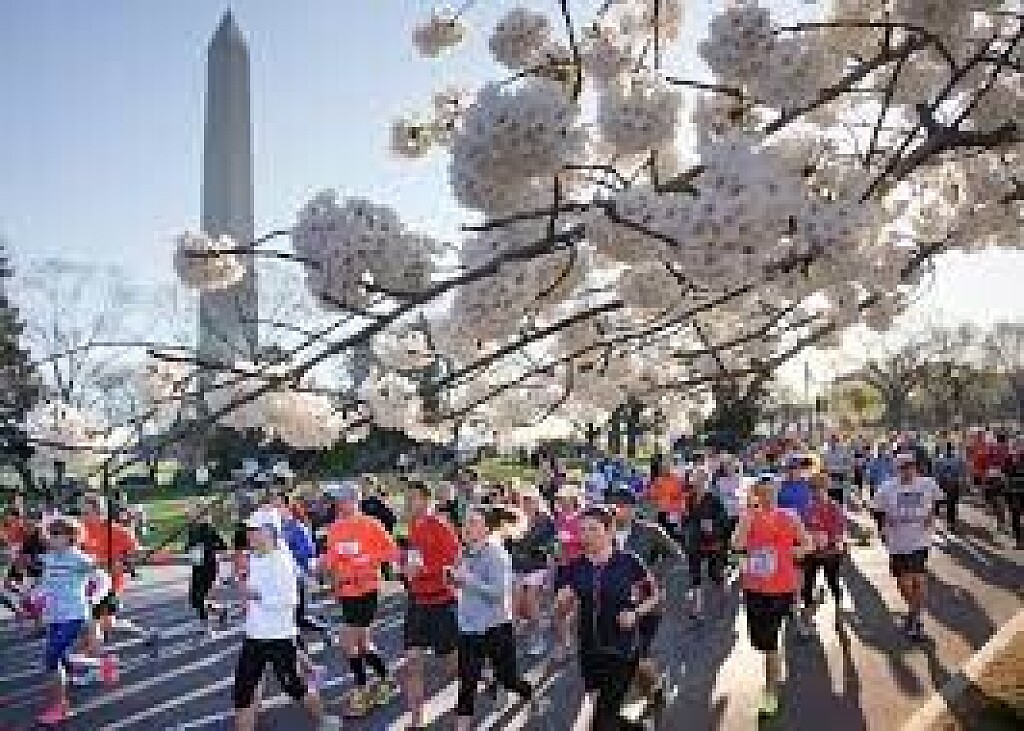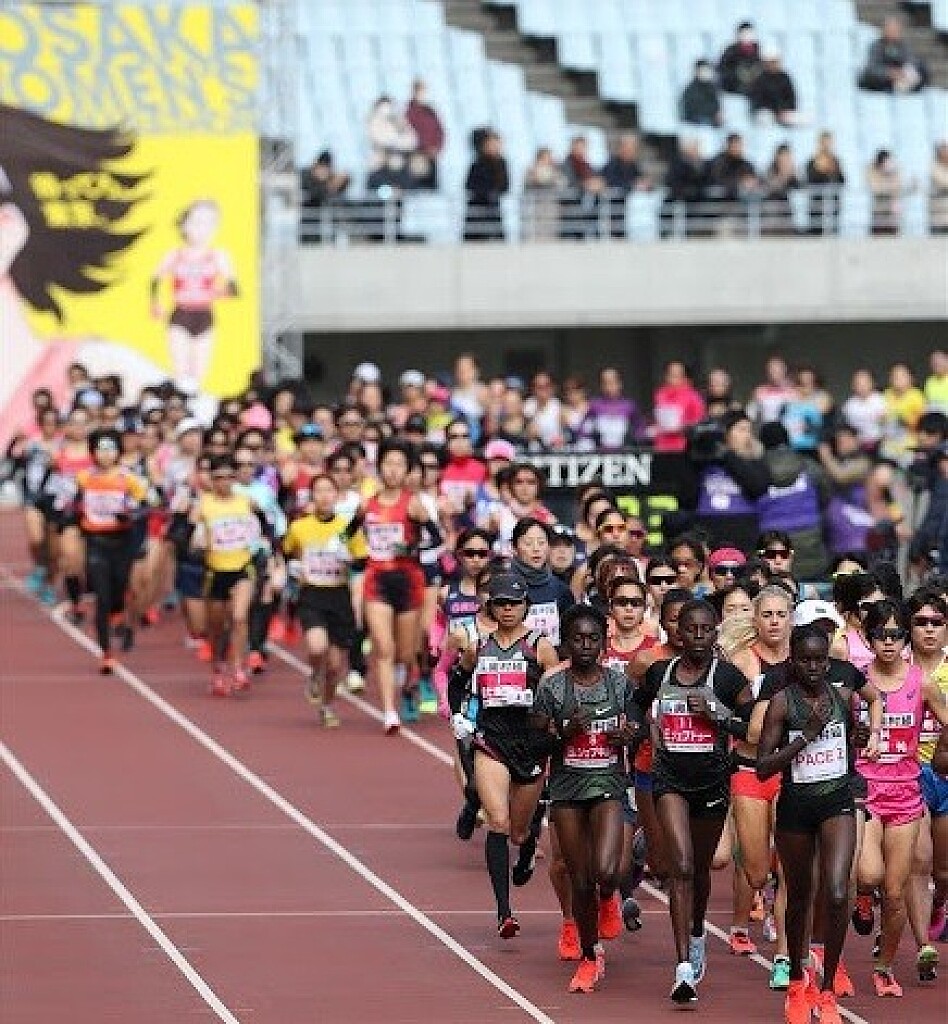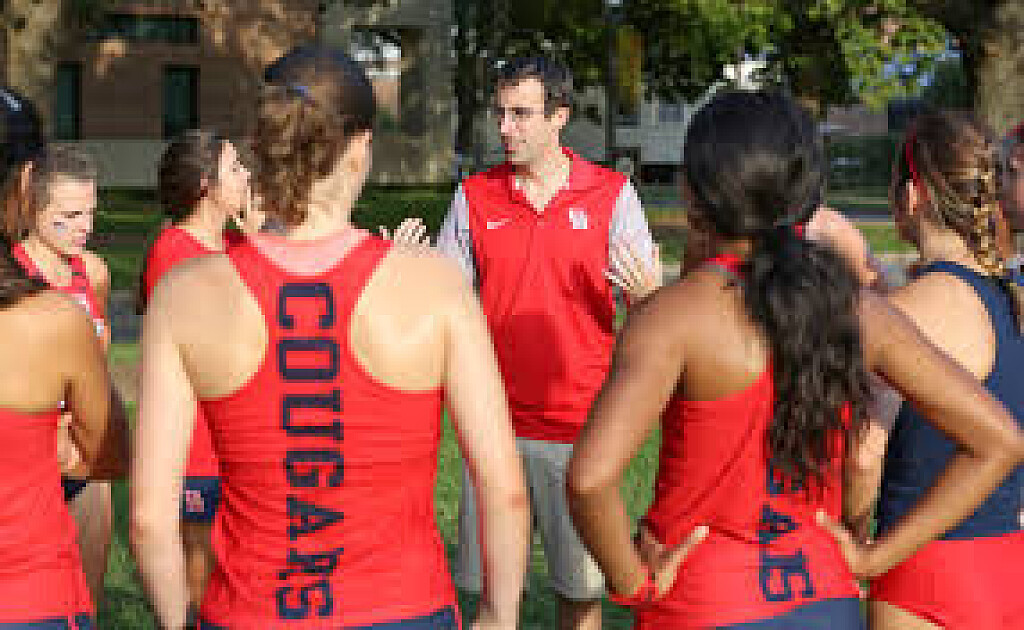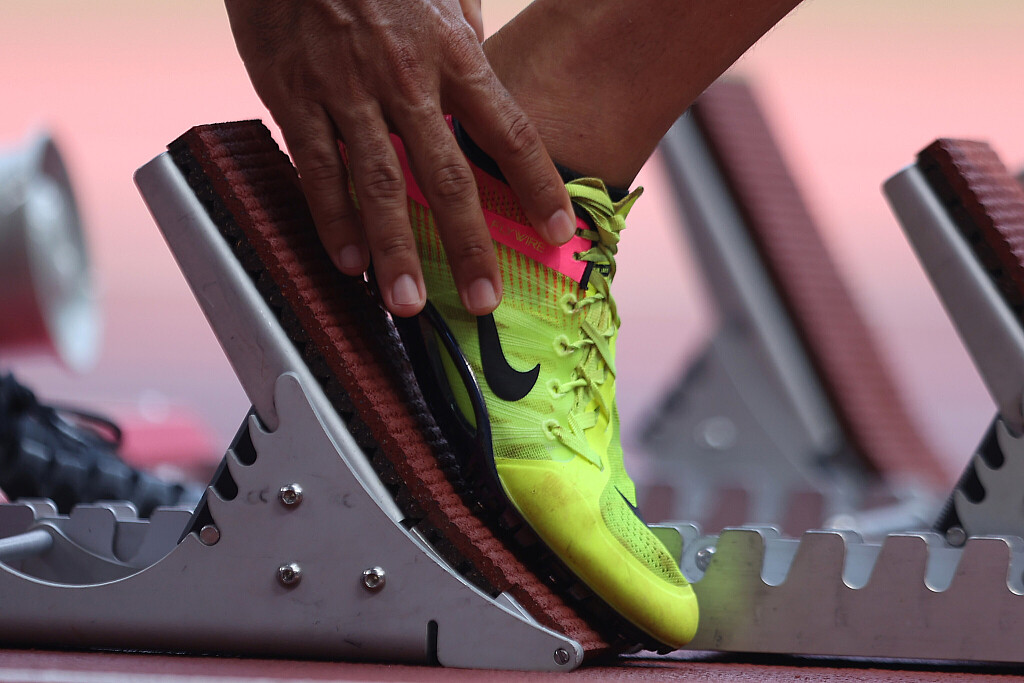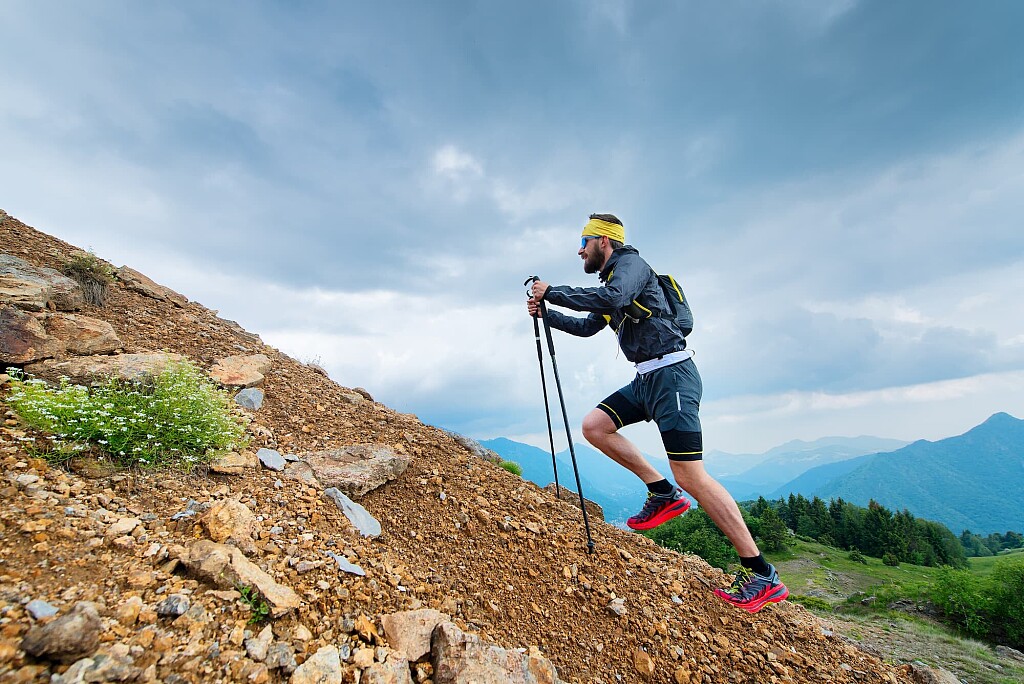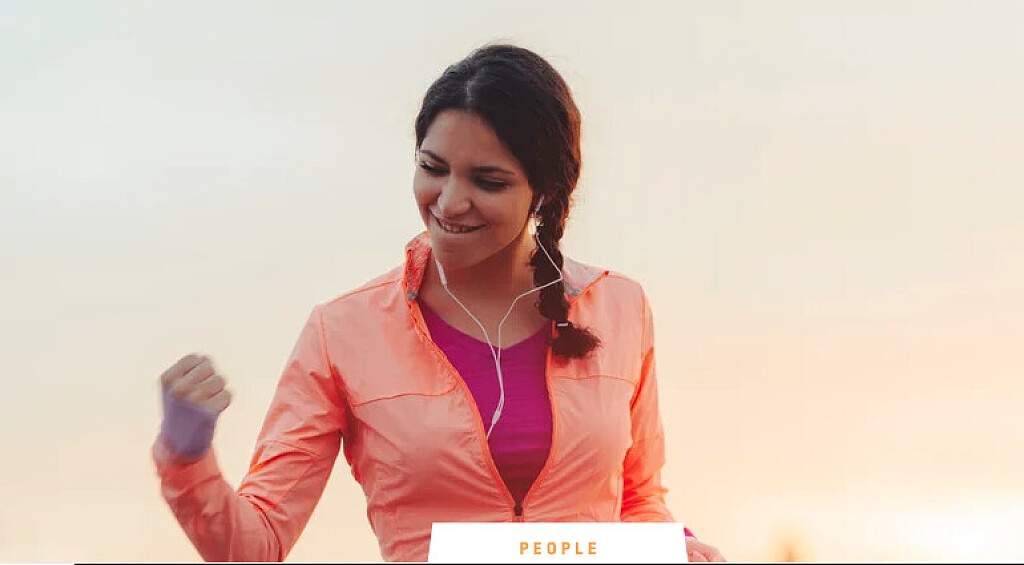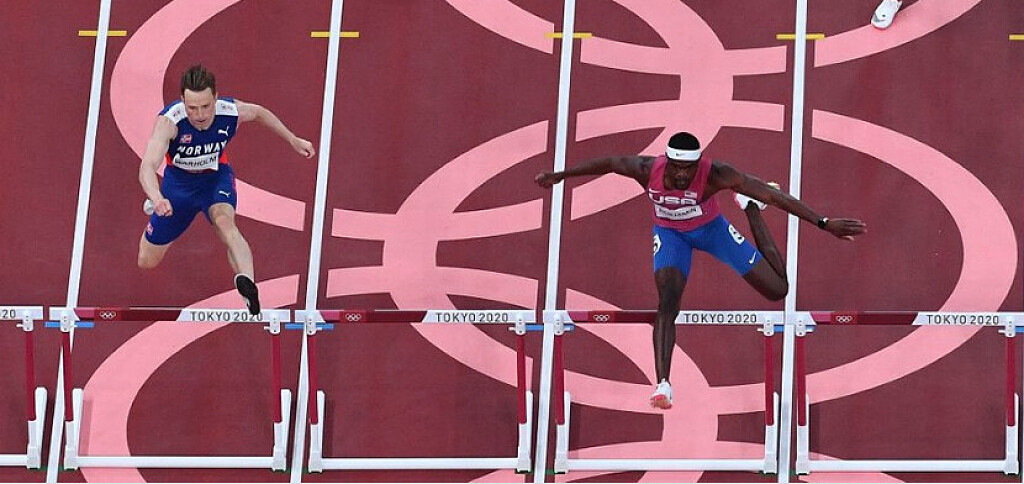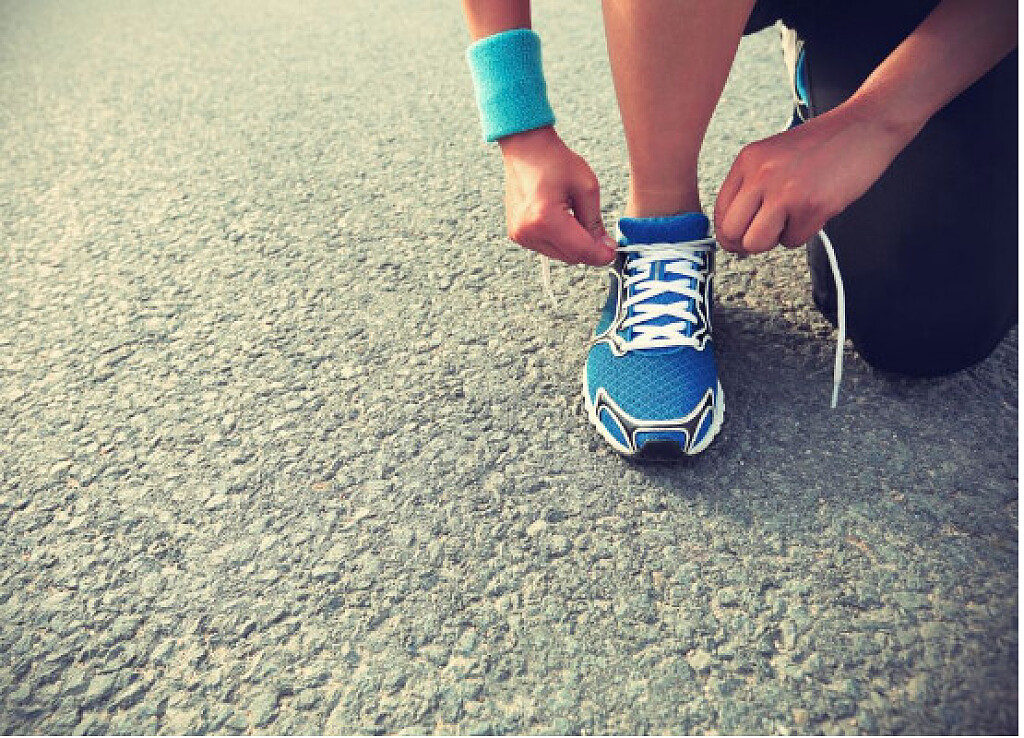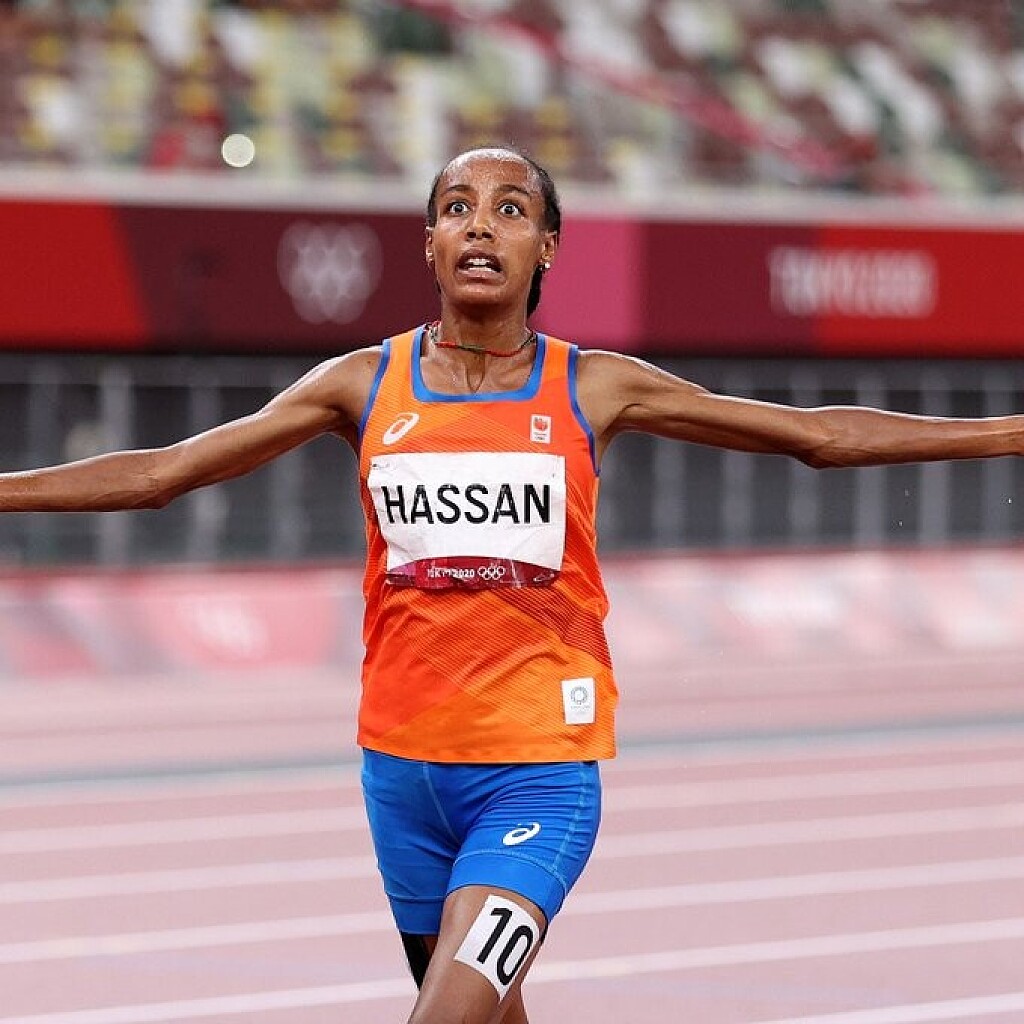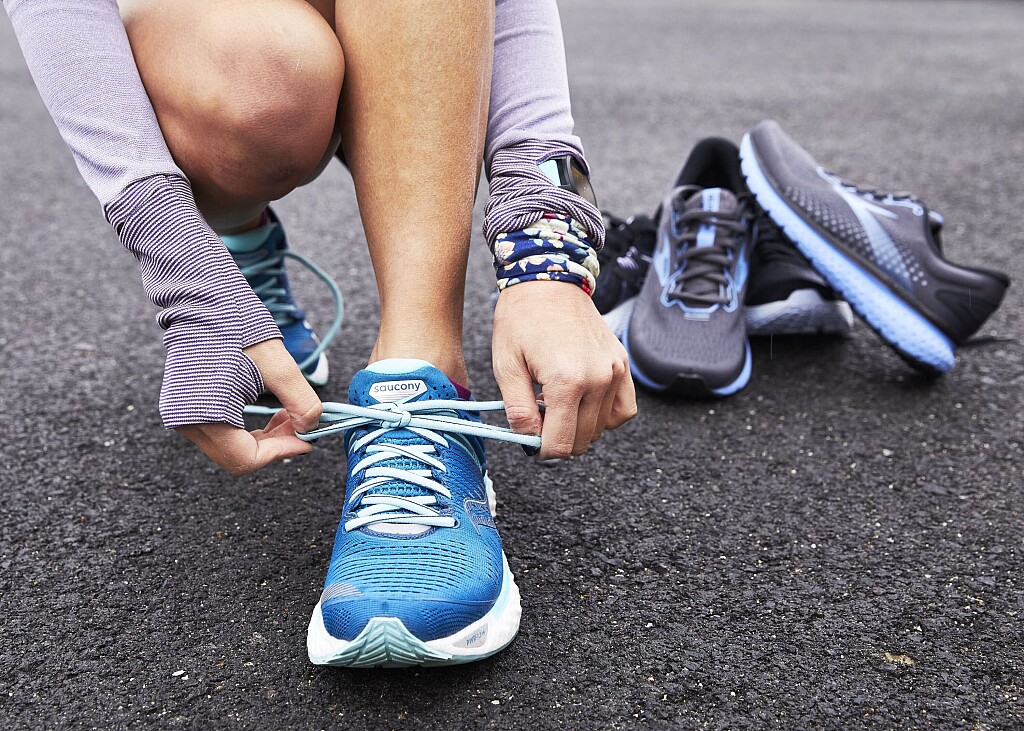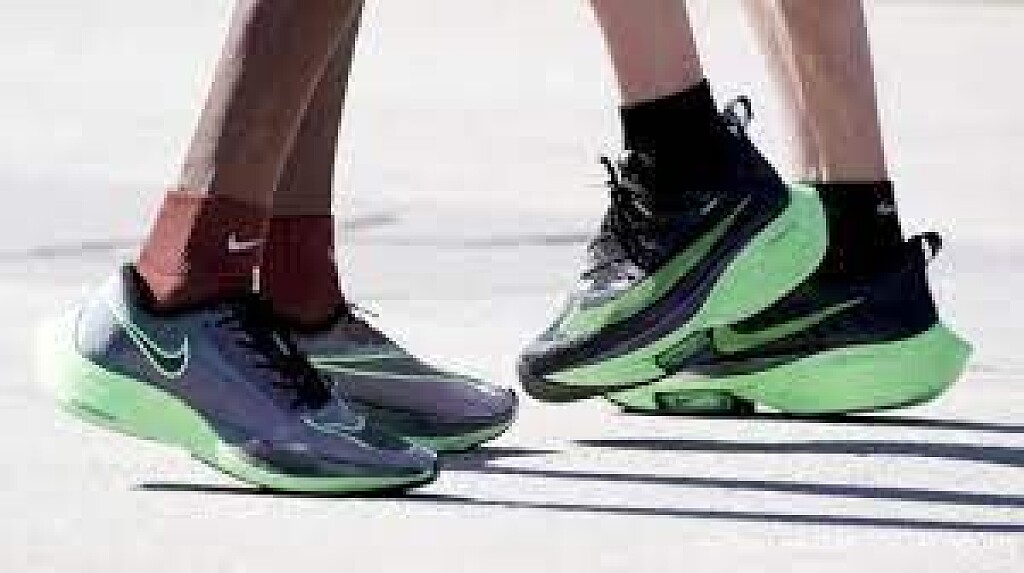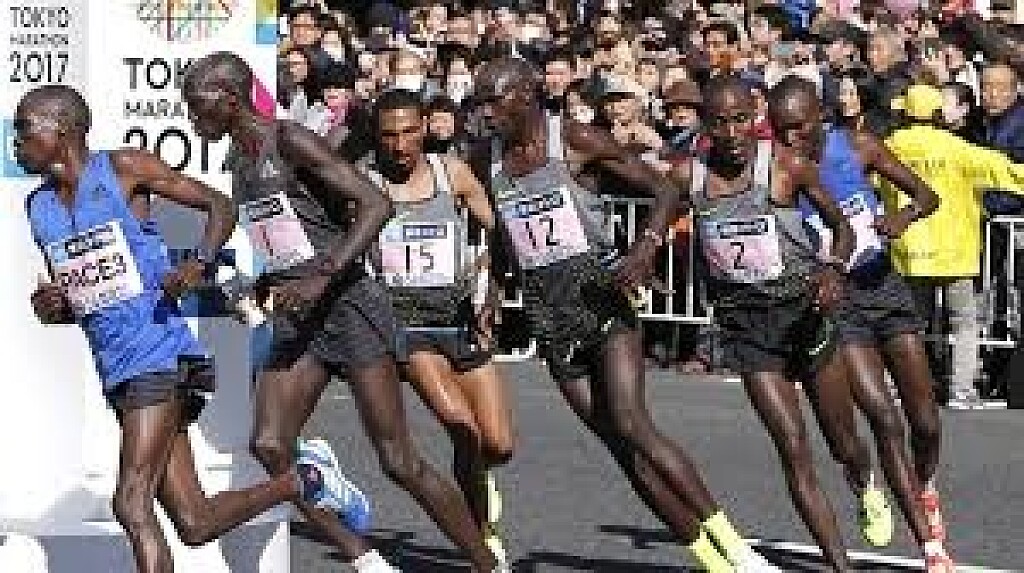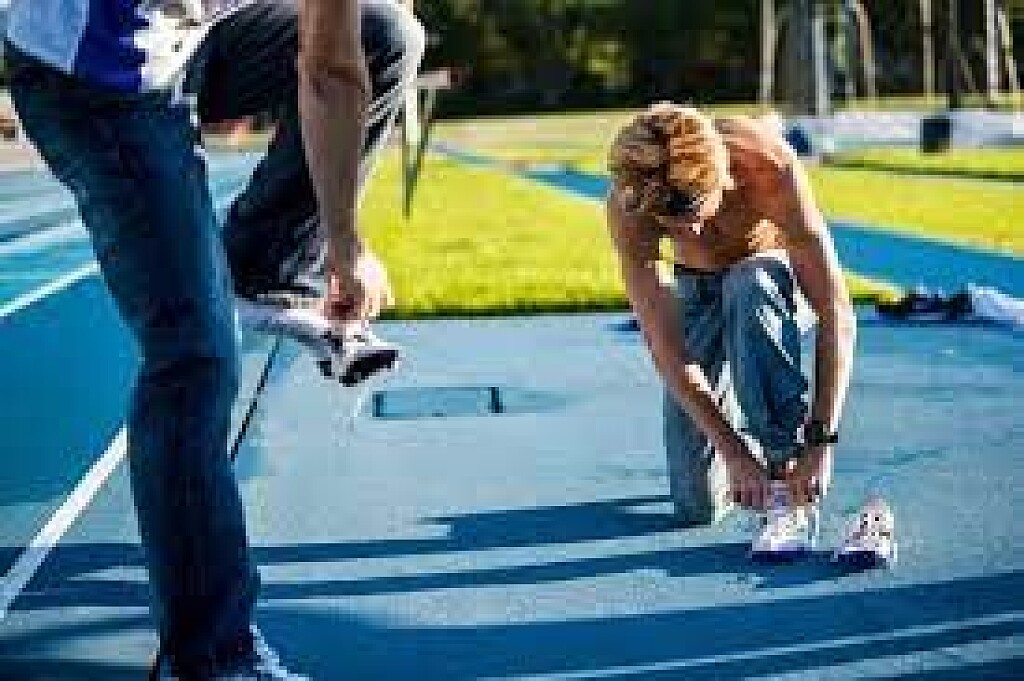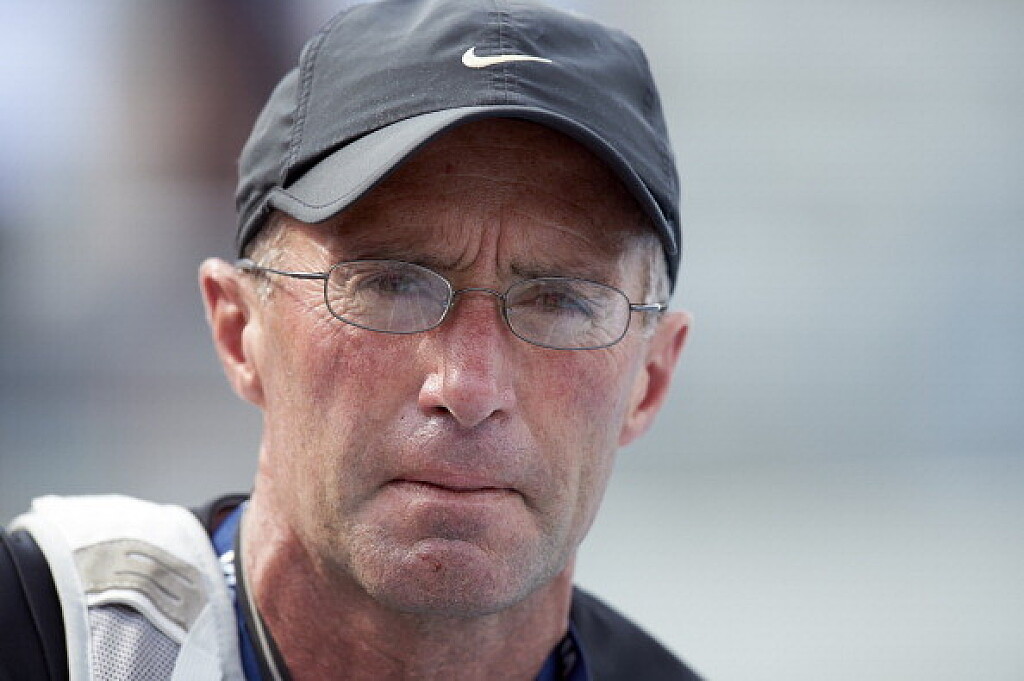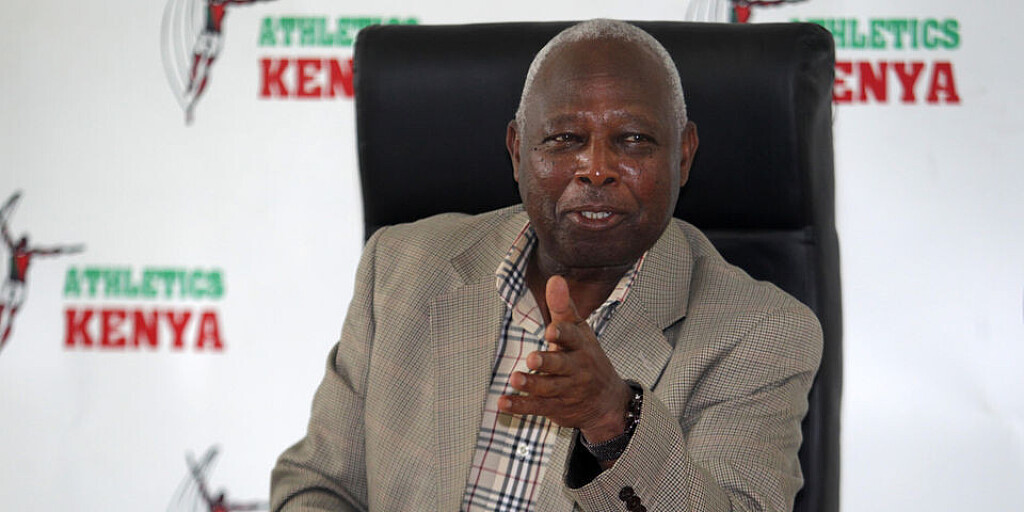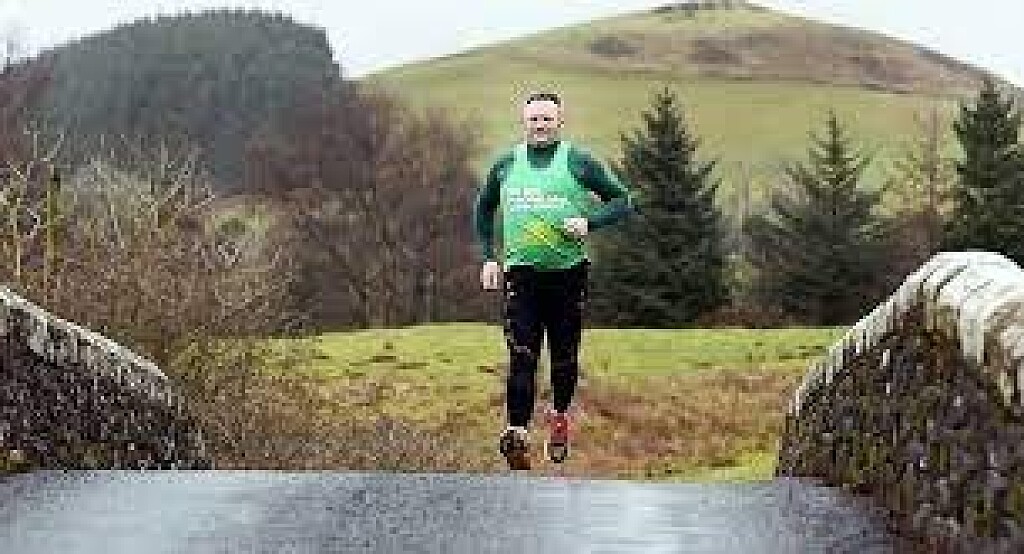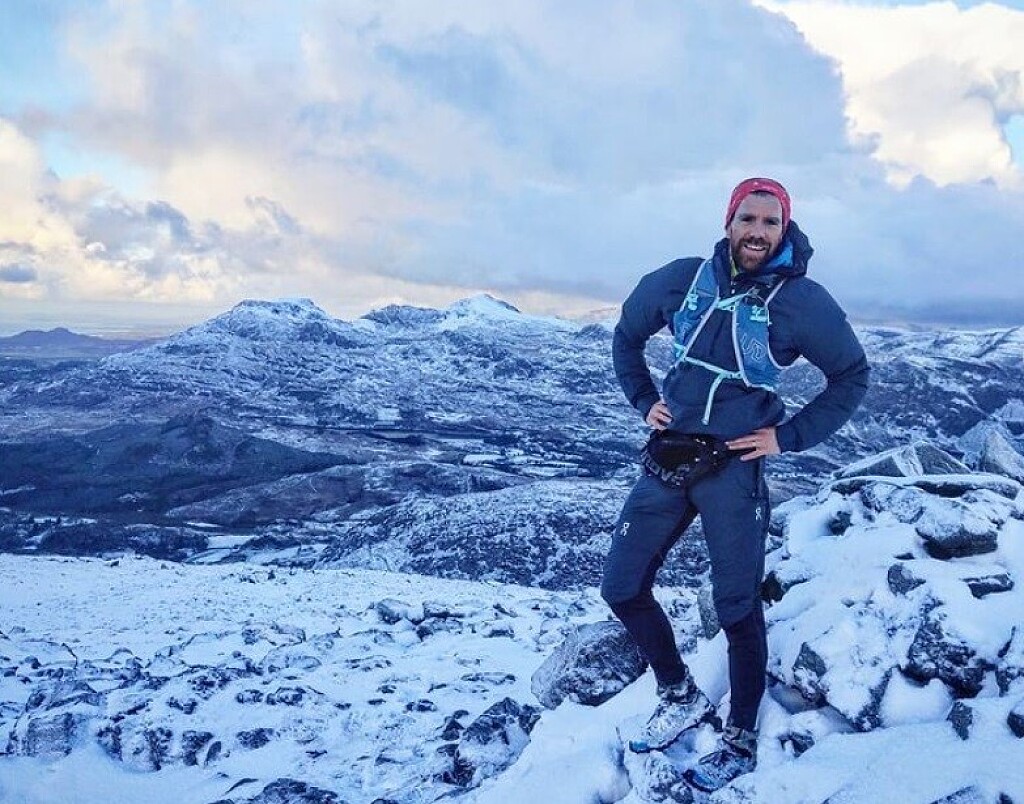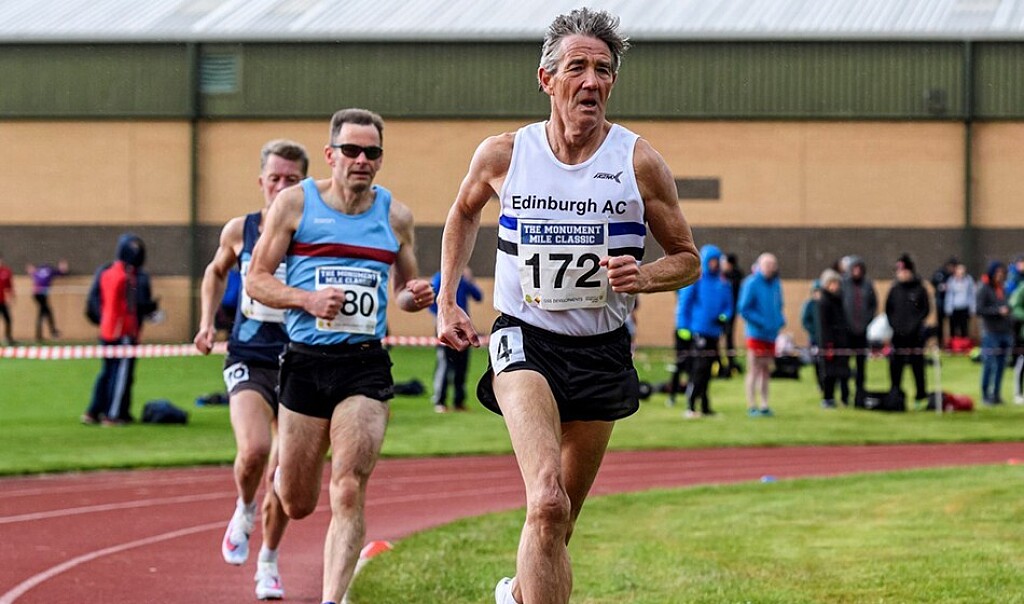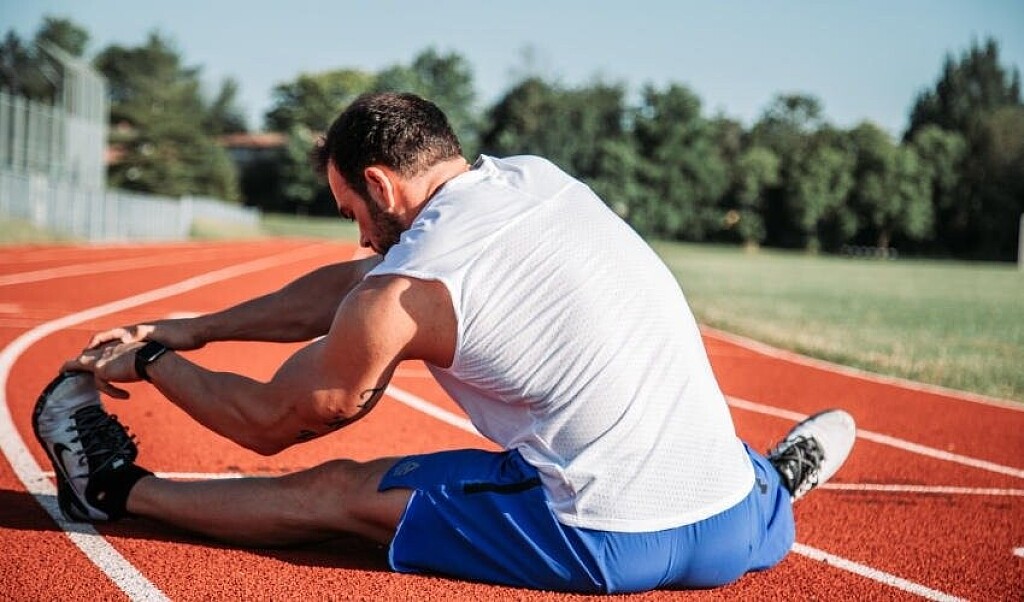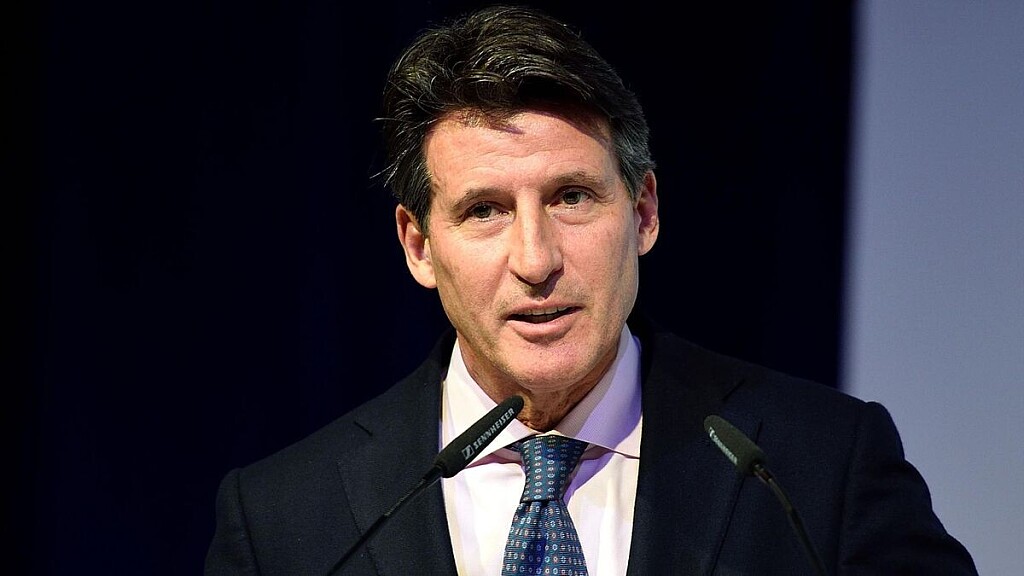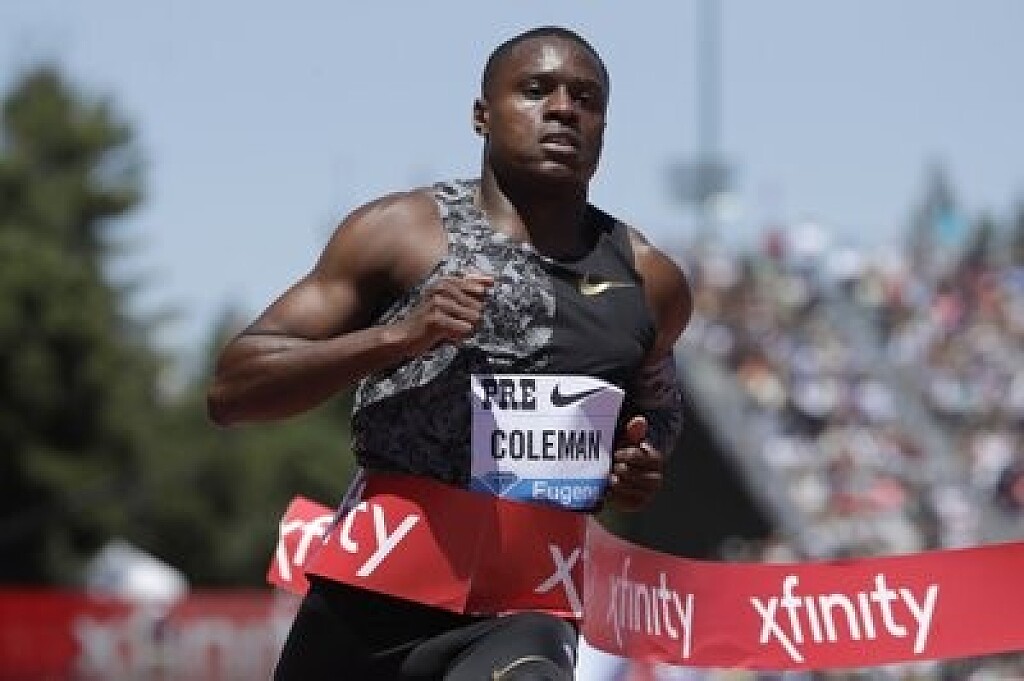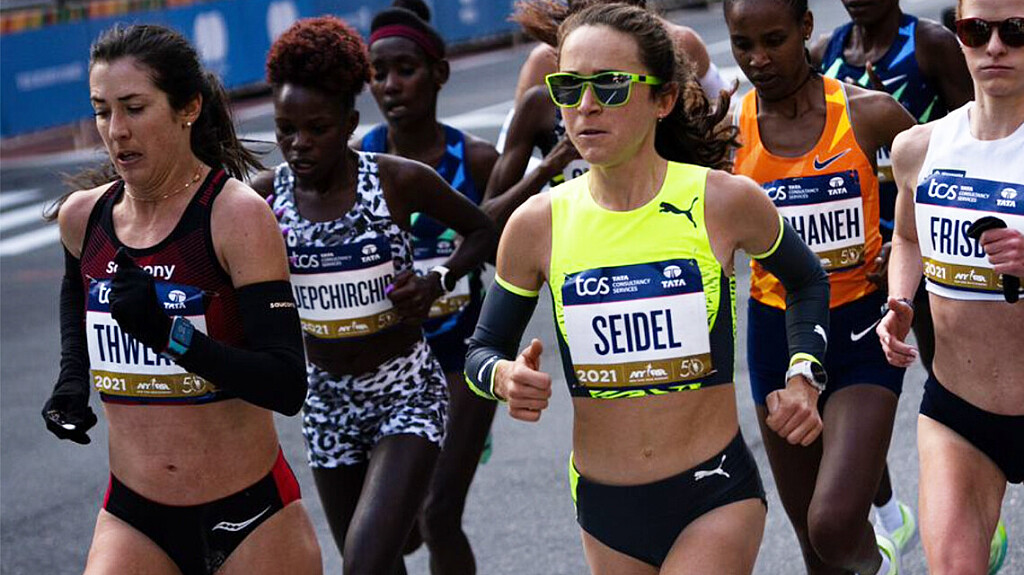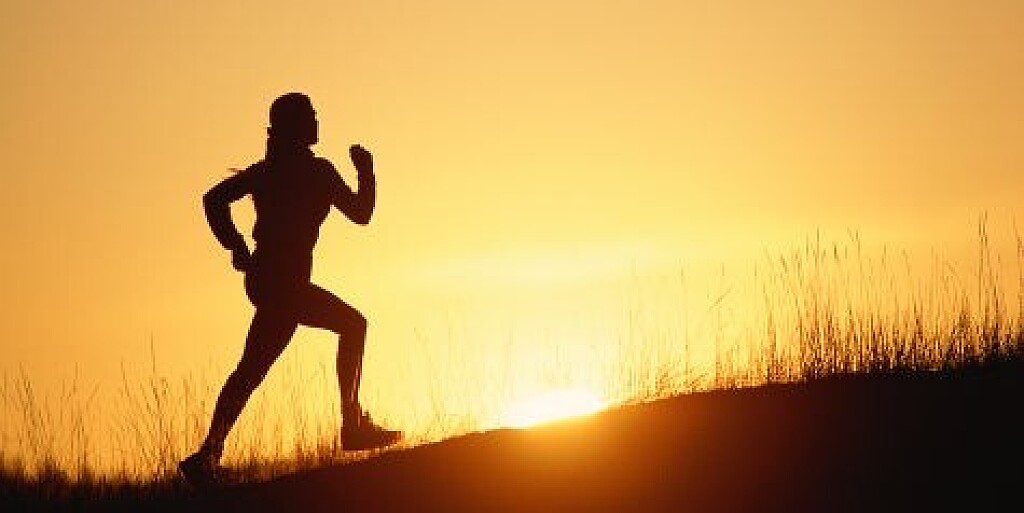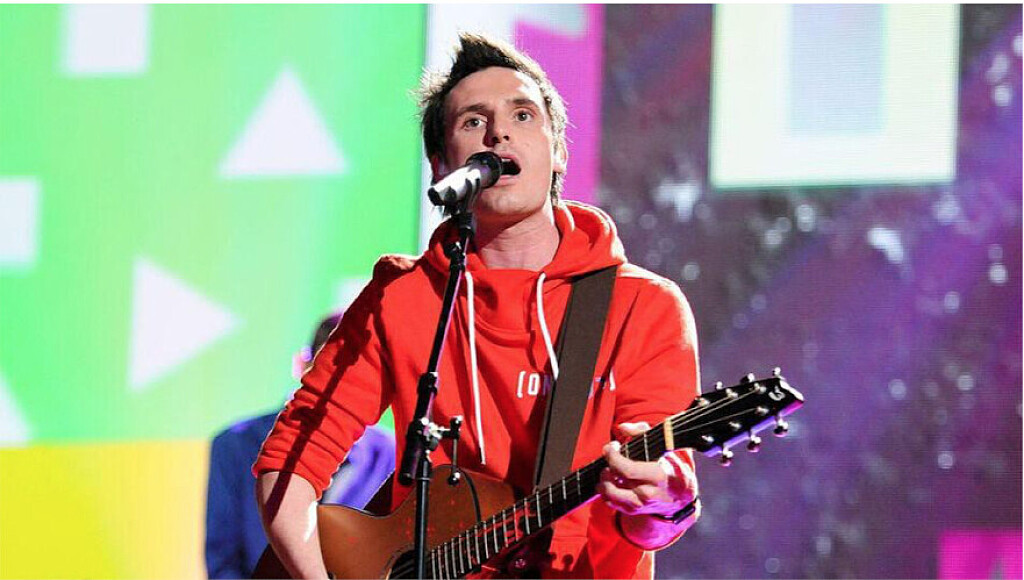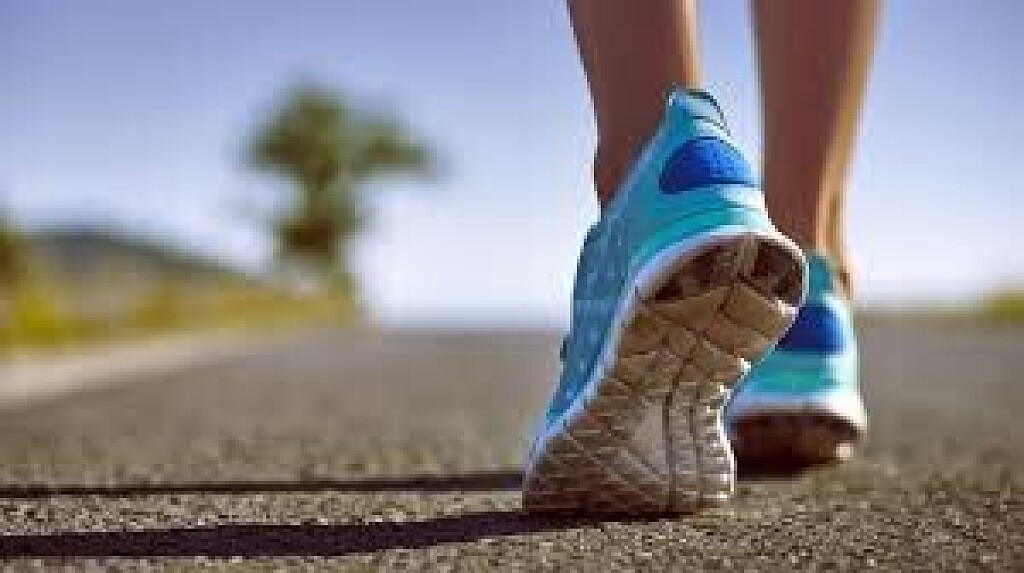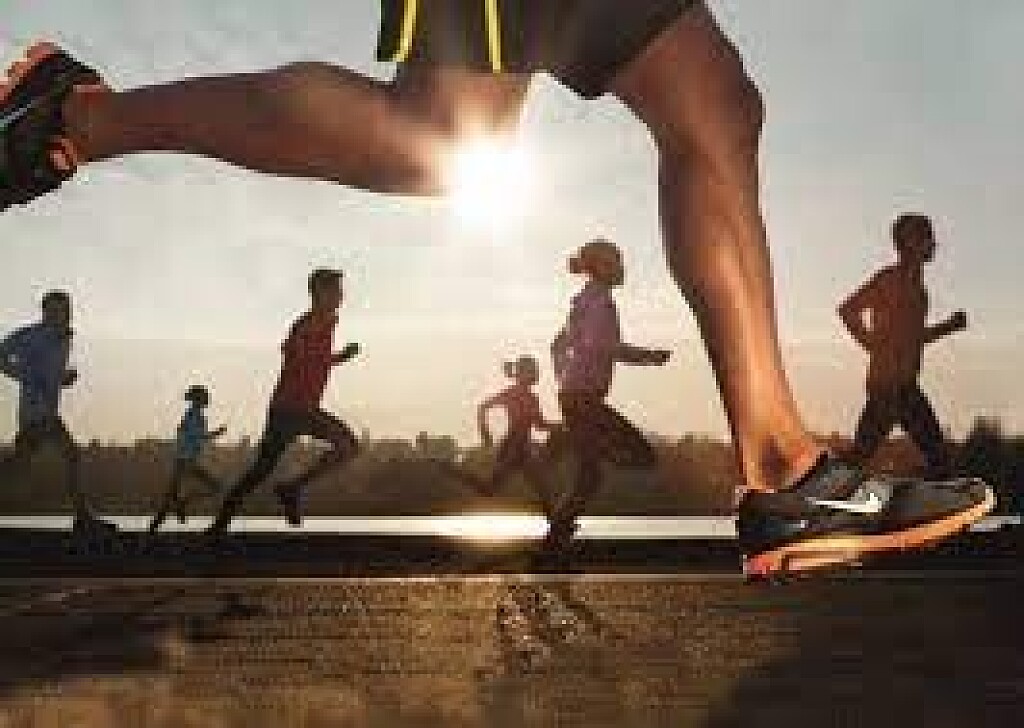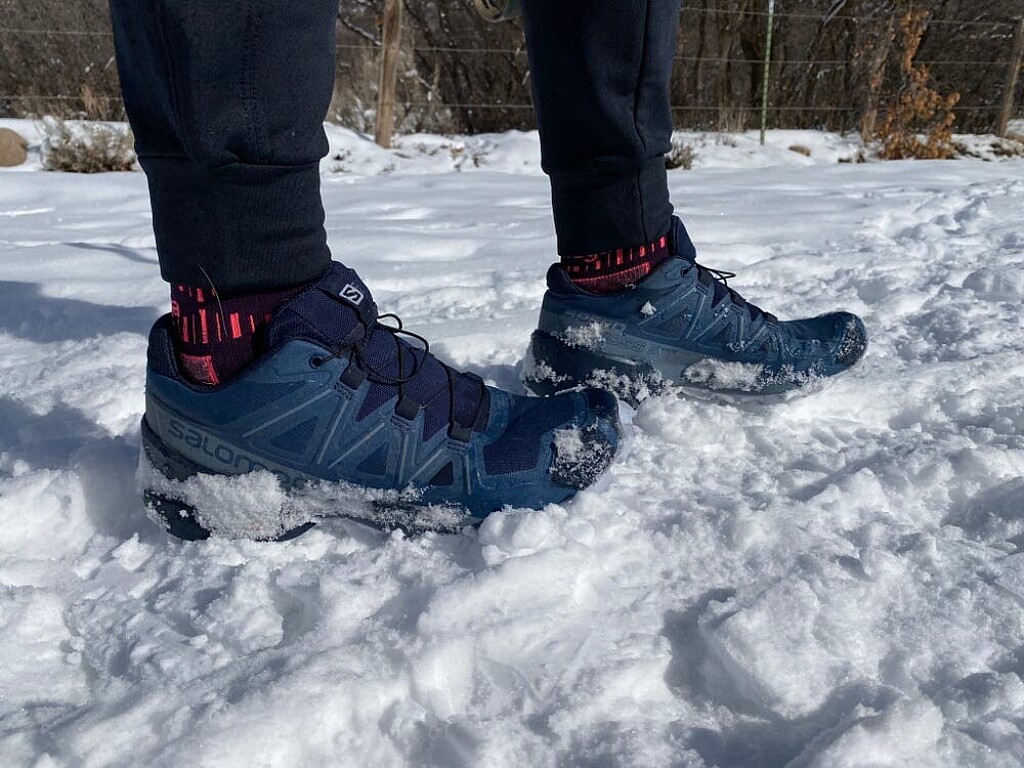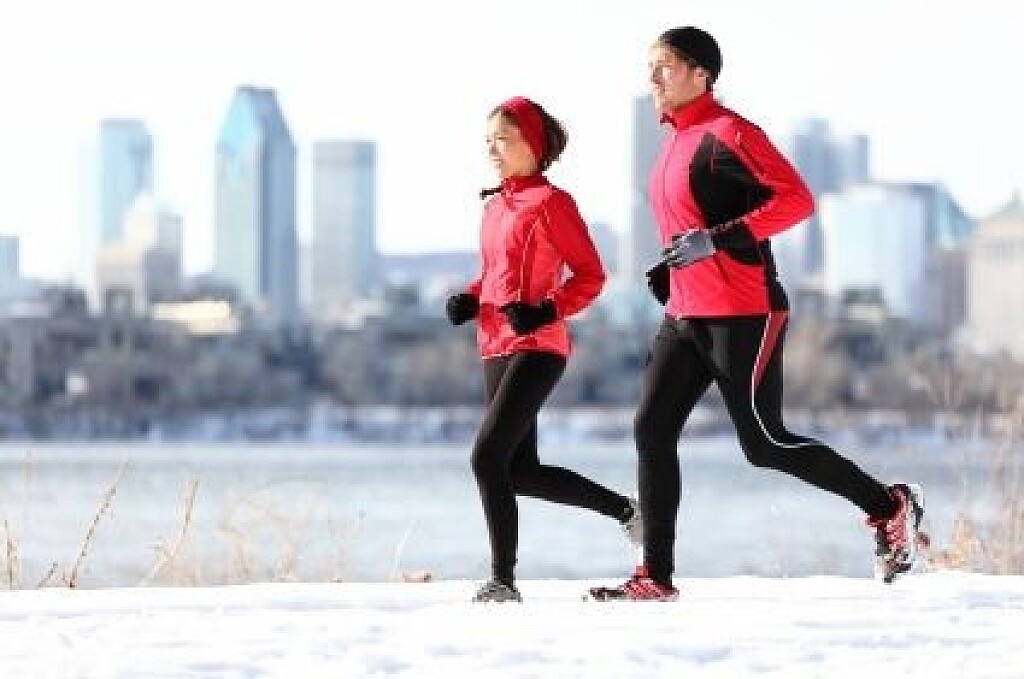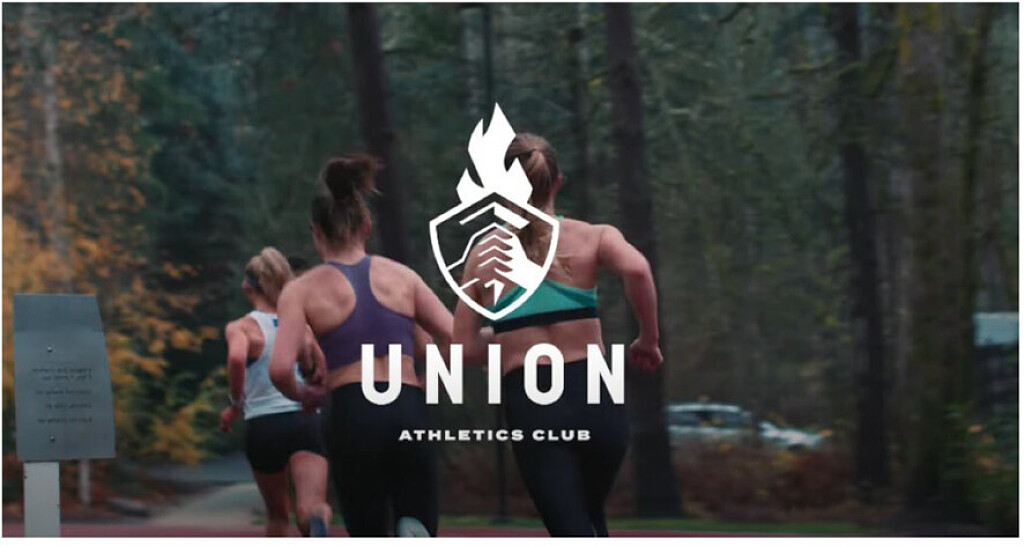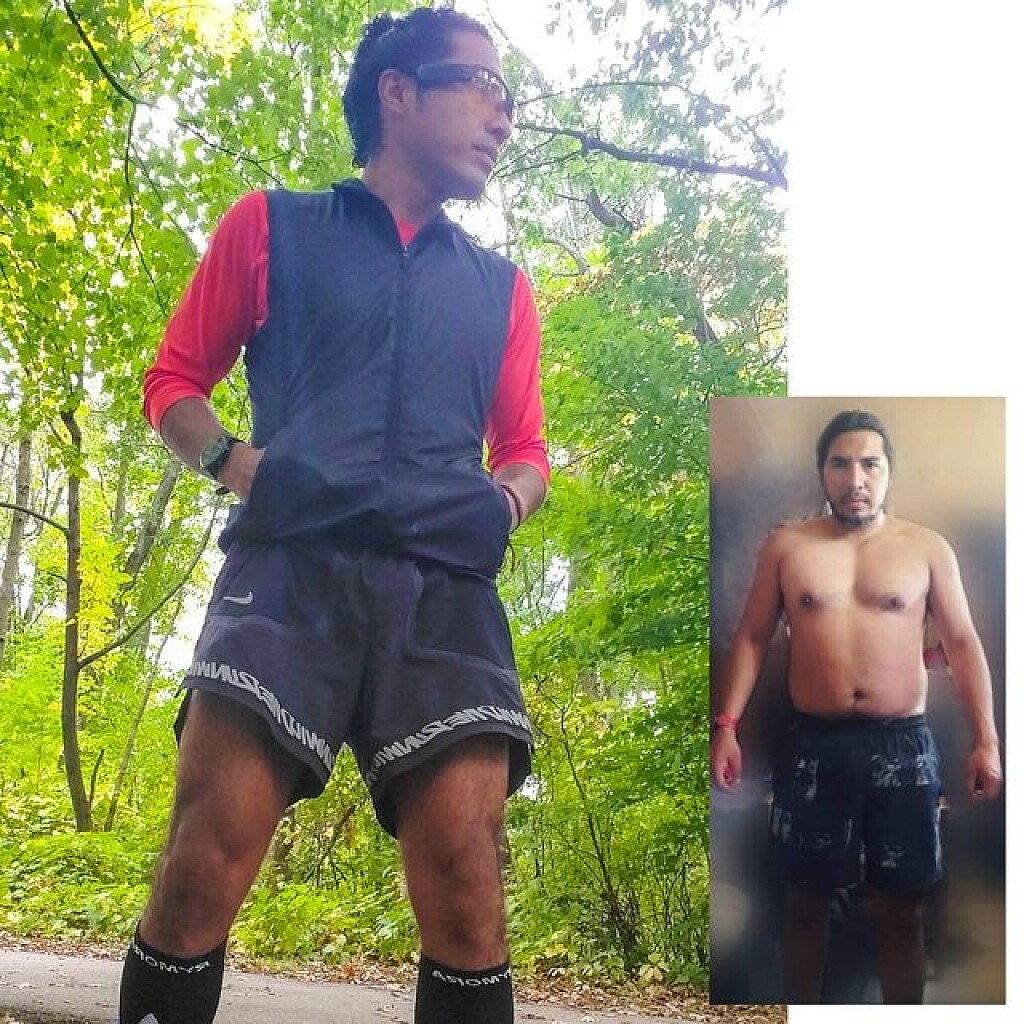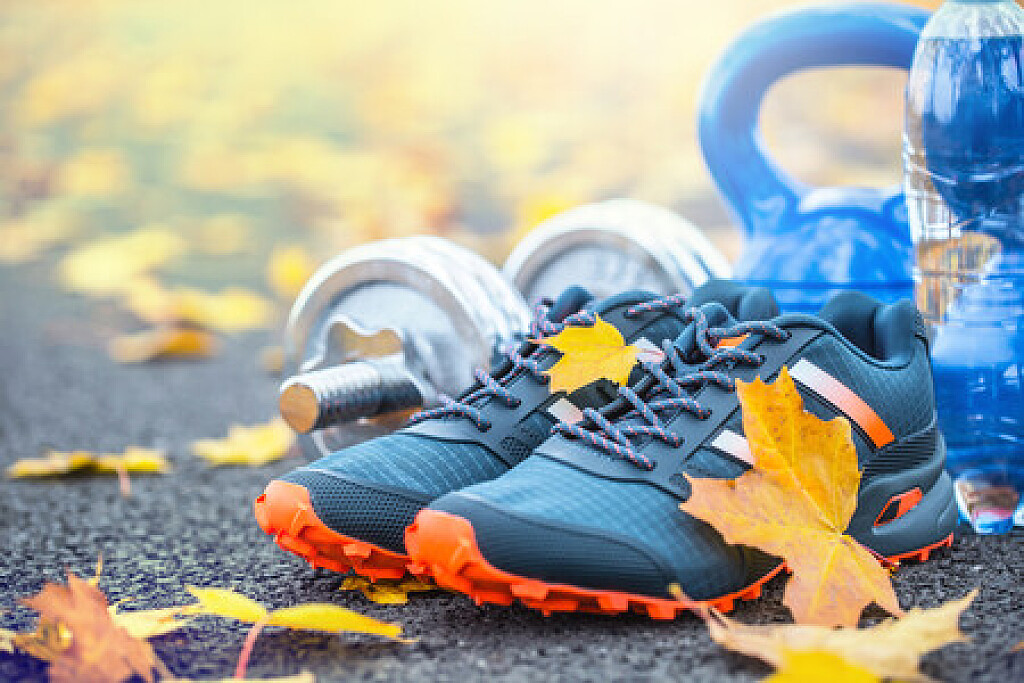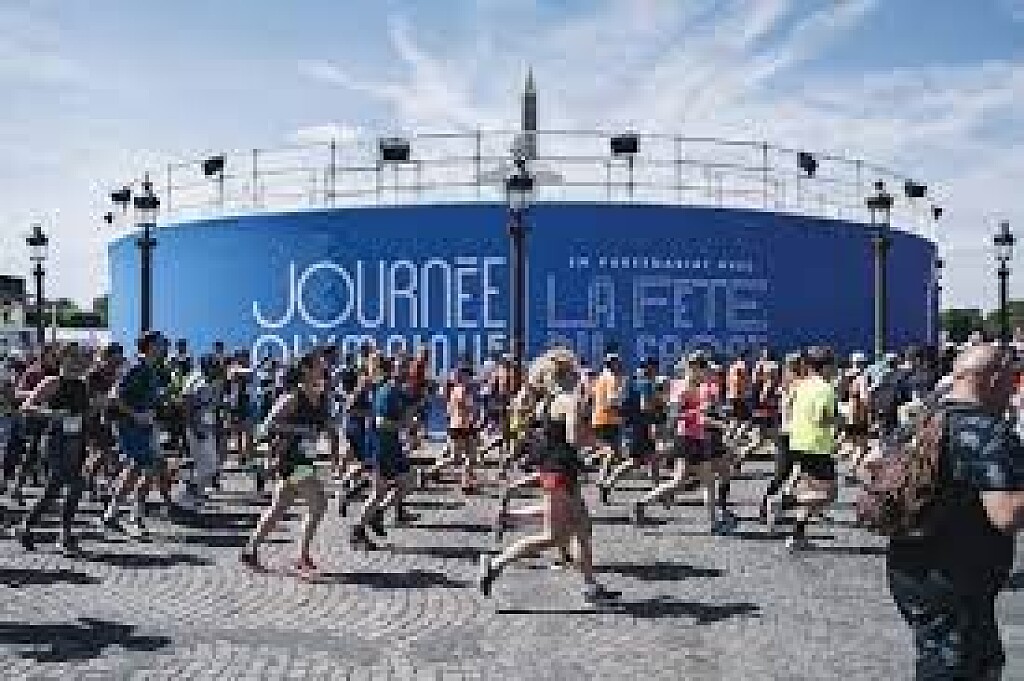Running News Daily
Running News Daily is edited by Bob Anderson. Send your news items to bob@mybestruns.com Advertising opportunities available. Train the Kenyan Way at KATA Kenya and Portugal owned and operated by Bob Anderson. Be sure to catch our movie A Long Run the movie KATA Running Camps and KATA Potato Farms - 31 now open in Kenya! https://kata.ke/
Index to Daily Posts · Sign Up For Updates · Run The World Feed
2022 Hakone Ekiden, this is the biggest race of the year on the Japanese Ekiden calendar
One of the biggest race of the year, the 98th Hakone Ekiden on Jan. 2 and 3. 21 university men's teams race 10 legs from central Tokyo to the mountains and back over the course of two days, each leg roughly a half marathon in distance and the total course adding up to 217.1 km. 65 million people watched at least part of the 2021 NTV Hakone broadcast broadcast, so you know they must be on to something.
The broadcast, the best in the world, starts at 7:00 a.m. both days, and as you'd expect they keep it a locked-down secret only for Japanese audiences. A VPN or mov3.co are probably the best bets for trying to watch from abroad, but JRN will once again cover it all on @JRNLive.
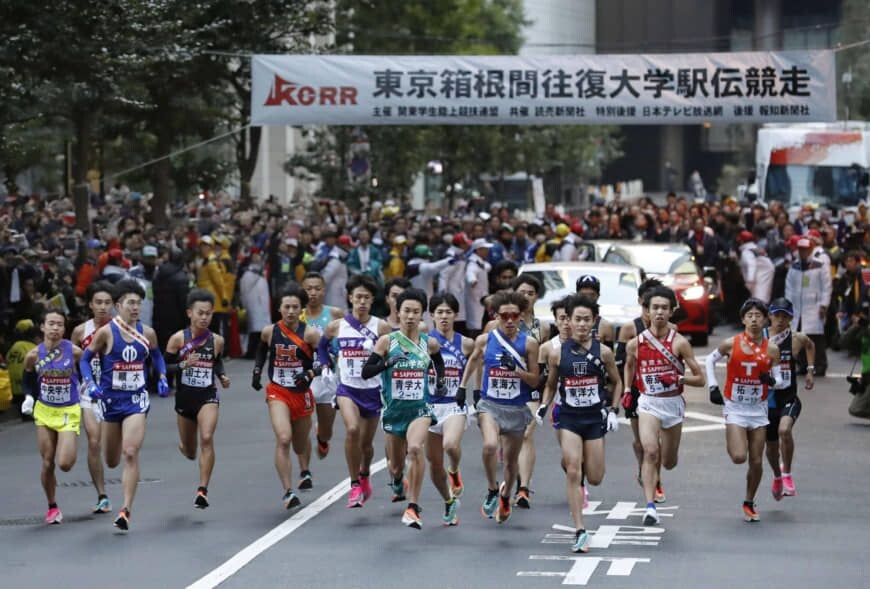
The 2021 race had one of the most dramatic finishes in Hakone history, with Komazawa University anchor Takuma Ishikawa coming from over a kilometer behind to run down Yuki Onodera with 2 km to go and stop him from bringing Soka University home to its first-ever Hakone win. Both were 3rd-years, and it's one sad detail of the 2022 race that neither will be back for a senior year rematch, Ishikawa having been arrested a few months after the race and no longer running for Komazawa, and Onodera missing from Soka's entry list.
The pandemic has had a major impact on Hakone and the collegiate men's development system. Given the average stage length of 21.71 km, the half marathon has long been the major focus of Japanese collegiate training, something that has contributed directly to the depth of the country's marathoning and results like what we saw in Lake Biwa this year. During the pandemic most of the major races on the collegiate half marathon circuit haven't happened, and that's led to a refocusing on track racing. It's easy to see that in this year's Hakone entry lists.
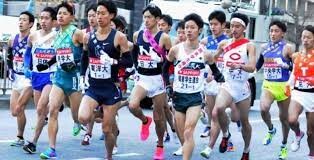
Looking at the average PBs of the 10 fastest runners on each team, out of the 19 teams that raced Hakone last year and are back this year, 17 have gotten faster over 5000 m since last year, 17 faster over 10000 m, and 14 slower over the half marathon. It couldn't be clearer: out of necessity, coaches have shifted focus from the half marathon to the 5000 m and 10000 m, and the level at those distances has come way up. 12 of the 21 teams have a 10-man average 5000 m time under 14 minutes, 16 have a 10000 m average under 29 minutes, and only 2 have a half-marathon average under 63 minutes. Even last year, when the lack of half marathons was already an issue, it was nowhere near that, with 8 teams sub-14, 10 sub-29, and 5 sub-63. 16 teams have at least one runner 28:10 or faster for 10000 m. 12 have someone 13:40 or better for 5000 m. Only 5 have someone under 62 minutes for the half. Shoes are no doubt part of it, but given the decline in the half marathon they're not the whole story. It'd be interesting to speculate what kind of impact this is going to have on the next generation of marathoners, and what would happen if the focus shifted further to 1500 m and 5000 m.
At any rate, the shift that has happened makes the job of ranking teams harder. Defending champ Komazawa has the best 5000 m and 10000 m 10-man averages, 13:41.71 and 28:24.64, but almost nobody on the team has run a serious half marathon. 2nd-tier teams that had to run October's Yosenkai qualifier half marathon have quality half marathon times on the books and look better on paper relative to top-tier teams like Komazawa than they probably really are. Other teams like last year's 3rd-placer Toyo University publicized that they were doing a half marathon time trial in place of November's Ageo City Half Marathon but didn't publicize the results, leaving them way farther down the rankings than they should be. We've tweaked our rankings formula to try to account for all this, but as with last year you can be sure that there's more unpredictability than usual.
Aoyama Gakuin University has won Hakone 5 of the last 7 years and is the favorite. 2nd at both the Izumo Ekiden and National University Ekiden this season, AGU is one of only 3 teams in the field to be better over 5000 m, 10000 m and half marathon than it was last year, when it was 4th at Hakone, and one of only two with sub-14, sub-29 and sub-63 10-man averages. Two weeks after the National University Ekiden it had 6 people total under 63 minutes in two half marathons, so whatever it lacked at the shorter ekidens you can be sure AGU's head coach Susumu Hara isn't letting the team's stamina slide.
AGU's two strongest competitors on paper are this year's and last year's Yosenkai qualifier winners Meiji University and Juntendo University. But it's one thing to win the qualifier, making you the #11 team in the Hakone field, and something else to go for the overall win. Meiji has a history of not performing well at Hakone, and last year Juntendo struggled in part because star 1st-year Ryuji Miura had suffered an injury while training for the National Championships 3000 mSC a month before Hakone. Running up to potential would put either into contention, but as Soka head coach Kazutaka Enoki said right after last year's loss, "It's not that easy."
Komazawa, Tokyo Kokusai University and Toyo could all be up at this level despite being ranked further down the field due to their lack of experience with the half marathon. Komazawa's trending in that direction after finishing 5th at Izumo and then winning the longer Nationals, while TKU and Toyo are the opposite, TKU winning Izumo and taking 5th at Nationals, and Toyo going 3rd and 10th. The most likely scenario for TKU is to stack the first three stages with its top 3 Vincent Yegon, Masaya Yamatani and Ken Tansho to build up a big Day One lead and then try to hang on through Day Two like Soka attempted last year. That would set up a potential duel between Yegon and Komazawa's Ren Tazawa, maybe with Miura, the 3000 mSC NR holder, 7th in the steeple final at the Tokyo Olympics, and the U20 half marathon NR holder, in the mix. Given that Tazawa beat 2021 Hakone MVP Yegon over 10000 m earlier this month, it would be one of the highlights of this year's race.
Toyo will have former H.S. 5000 m NR holder Kosuke Ishida making his Hakone debut, one of the other highlights to watch for. Teikyo University is in the same situation as TKU and Toyo, and given a stable history at Hakone it should probably be included among the contenders for top 10. That leaves only the debuting Surugadai University and bottom-ranked Senshu University on the list of non-contenders, making for what could be one of the most competitive Hakones in memory.
One of the things that NTV does so well on its broadcast, especially on Day Two, is to cover multiple plot lines. With so many good teams this year there should be a lot of turnover around the dividing line between 10th and 11th keeping their production crew busy. Things can get complicated if the leading team gets too far ahead, so in prep for the race take a few minutes to read this guide to understanding elements of the ekiden format like white sash starts and race strategy. See you at 7:00 a.m. Sunday morning.
(12/29/2021) ⚡AMPby Brett Larner
Kwizera and Mohamed Katir, duel at the summit in the San Silvestre Vallecana International
The Burundian athlete Rodrigue Kwizera, dominator in the cross season, starts as a favorite against Mohamed Katir, who leads the Spanish representation with Ayad Lamdassem, Dani Mateo, Yago Rojo and Abdessamad Oukhelfen in the Nationale-Nederlanden San Silvestre Vallecana Internacional, which will be dispute this December 31 in the ‘heart’ of Madrid.
La San Silvestre is reunited with its traditional layout and Rodrigue Kwizera’s favorite poster. The athlete from Burundi arrives in Madrid after having shone in the national cross season, with victories in Itálica, Soria, Venta de Baños, Alcobendas and Lasarte, and a second place in Atapuerca.
With a performance that is very reminiscent of Jacob Kiplimo when he pulverized the Nationale-Nederlanden San Silvestre Vallecana record, the 26 minutes and 41 seconds of the Ugandan could be at risk this year if Kwizera brings out all that class that they have shown in this winter season.
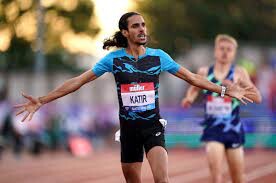
The competition that you will find on the asphalt will contribute to this. And it is that Shadrack Koech and Abel Sikowo, already confirmed for the race as representatives of the NN Running Team, are joined by the very young 19-year-old Kenyan Emmanuel Kiplagat, who has 28 minutes and 28 seconds as the best mark in 10,000 meters in the open air, and the great star of national athletics today, Mohamed Katir.
In a dreamy summer, the Murcian of Moroccan origin broke three national records that seemed eternal – 1,500, 3,000 and 5,000 meters -, achieved two victories in the Diamond League against the best in the world, and was an Olympic diploma in 5,000 meters at the Games Tokyo 2020.
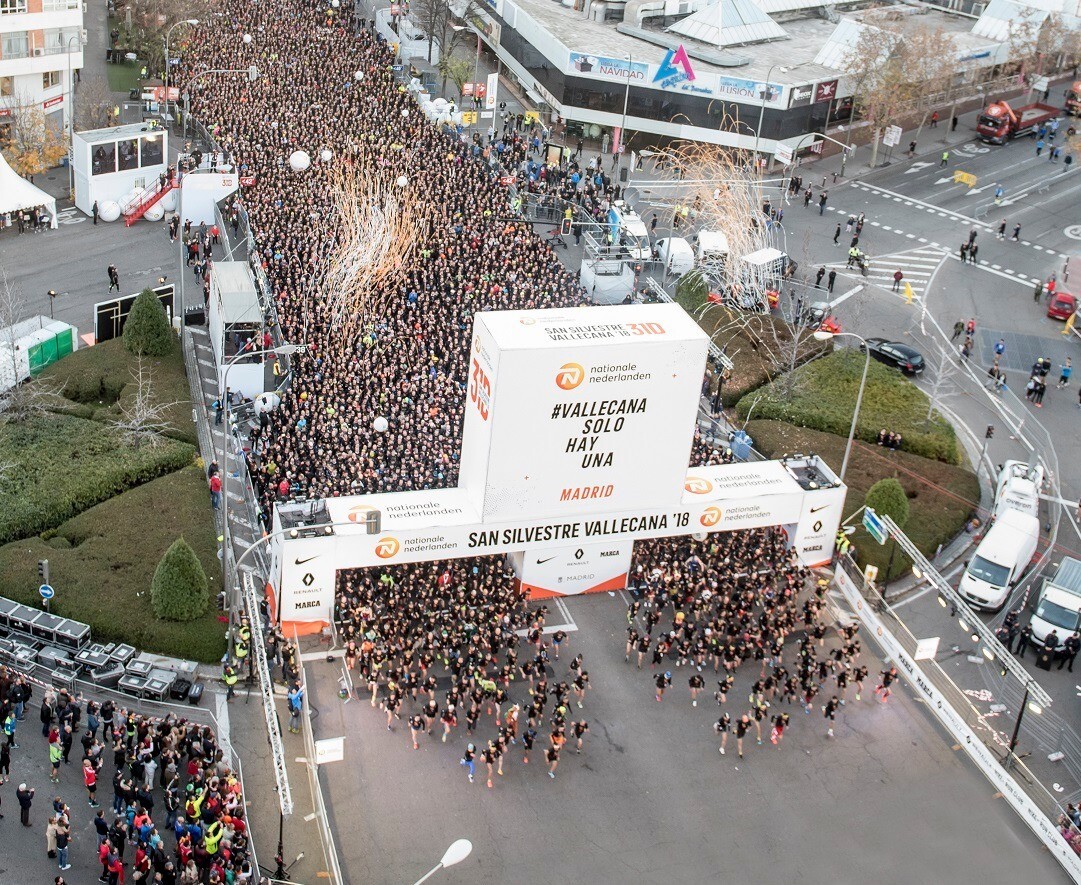
With ambition and courage as the flag, Katir will seek to climb to the top of the podium at the Vallecas Stadium, a victory that would be historic, because a Spaniard has not won since Chema Martínez was crowned in the 2003 edition.
Along with Katir, the Nationale-Nederlanden San Silvestre Vallecana will have the best Spanish athletes of the moment. Ayad Lamdassem knows what it is like to be very close to victory in the Vallecana. The national marathon record holder -2: 06: 35- and fifth at the Tokyo 2020 Olympic Games, has been second three times in Vallecas and will seek to approach the positions of honor. Of course, his personal best is very far in time, 28:09 in 2010.
Dani Mateo shattered this year the national record of the hour of a mythical, Mariano Haro. After his Olympic experience in Japan, the marathoner from Soria will seek to overcome his best position in the race, a ninth place, and try to go down for the first time in his career of 29 minutes in 10K (29:07 as a personal best).
For his part, Yago Rojo has dropped this year from 2 hours and 9 minutes in the marathon, which confirms him as one of the young talents of the distance. In the Vallecana he has already been tenth, in 2018, with a personal best time of 28:48.
The Spanish army is completed by Abdessamad Oukhelfen, current national cross champion and who has just been twelfth in the European cross country in Ireland, confirming the progression of this 23-year-old talent; the canary by birth Nassim Hassaous, the best of the Spaniards in the 2021 European Cross Country, with a seventh place; Ignacio Fontes, Olympic finalist in 1,500 meters in Tokyo 2020; Jesús Ramos, runner-up in Spain in 10,000 meters and with a personal best of 27:49; or Jesús Gómez, double European runner-up of 1,500 meters on the indoor track in 2019 and 2021, among others.
(12/29/2021) ⚡AMPby George Williams
San Silvestre Vallecana
Every year on 31st December, since 1964, Madrid stages the most multitudinous athletics event in Spain.Sport and celebration come together in a 10-kilometre race in which fancy dress and artificial snow play a part. Keep an eye out for when registration opens because places run out fast! The event consists of two different competitions: a fun run (participants must be...
more...What should you eat on rest days? How to use your day off to fuel tomorrow's run
Pre-workout, post-workout and race-day nutrition get a lot of nutrition, but how and what you should eat on days when you’re not running is often viewed as less important. Some runners believe what you eat on your off-days doesn’t matter, others think they need to eat less on those low-intensity days and many more are simply confused when it comes to off-day nutrition. If you find yourself in either of those groups, continue reading to get the most out of your rest day.
Do I need to eat less on rest days?
This is arguably the biggest misconception runners have when it comes to off-day nutrition. While it may sound sensible that you require fewer calories on days when you’re not expending as many, this is a mistake for most runners. The purpose of your days off is to give your body a rest so that it can adapt to your training, and without proper fuel, your muscles won’t be able to properly re-build and your results will be stunted.
Any easy rule to follow to ensure your off-day nutrition is on-point is to try not to change your eating habits that drastically, if at all. On your rest day, you don’t have to worry about timing your nutrition with your workouts, but you should still focus on eating plenty of nutrient-dense foods, eating when you’re hungry and not stopping until you are satisfied.

What should I be eating?
Like we already said, your nutrition on your rest day shouldn’t be all that different from any other day of the week, but there are a few key nutrients to keep in mind. The first is protein. The goal of an off-day is to allow your muscles to rebuild and recover and protein is a very important part of this process. Ideally, protein should make up 20-25 per cent of the calories you consume on your off-day.
Even though you’re not running that day, carbohydrates are still a very important part of your rest day diet because it’s an opportunity to replenish your glycogen stores so that you’ll be ready to tackle the next day’s run. Your off-day is the perfect time to focus on high-fibre carbohydrate sources, since you don’t have to worry about the potential tummy troubles that could cause on a day that you’re running.

Your off-day is also an important time to eat plenty of vitamin and antioxidant-rich foods, since these will help decrease inflammation in your body which will help improve recovery. Healthy fats like omega-3s will also help this process, and should not be skipped on your recovery day. Foods like leafy green vegetables, brightly-coloured fruits and fatty fish like salmon or sardines are great additions to your off-day menu.
Finally, you should also make sure you’re drinking enough water. You likely don’t need as much water as you do on days when you’re running, but you still need to drink some to avoid dehydrating yourself for the next day’s run.
Can I eat treats on my off-day?
Of course! It is absolutely OK to indulge in some of your favourite goodies on your rest day, as long as these foods don’t completely replace other nutritious options. Remember, the point of a day off is to help your body recover, and by only eating less nutrient-dense foods you’re limiting your body’s ability to repair.
Is intuitive eating a good strategy to use during my off-day?
Yes. Because you don’t have to worry about timing your nutrition with your workouts, your off-day is the perfect time to fully listen to your body. Like we said earlier — when you’re hungry, eat. When you’re full, stop. The only time this doesn’t apply is if you find you’re appetite is quite low on your off-day. If this is the case, you will have to be more intentional with making sure you eat at regular intervals to avoid under-fuelling.
The bottom line
Your day off is not the time to cut back on food and calories. Even though you’re not being as active that day, your body needs that energy to repair itself so you can be ready to get back out there the next day. Under-fuelling on your rest day will only increase your risk for injuries and decrease your ability to perform well in workouts.
Yes, you can certainly be a little less regimented with your nutrition plan on days when you’re not running, but your off-day is an important nutritional opportunity, so make sure you fuel yourself well and enjoy some of your favourite foods to get the most out of your rest day.
(12/29/2021) ⚡AMPby Brittany Hambleton
Kenyan Mary Keitany turns focus on charity after retirement
Four-time New York City Marathon champion Mary Keitany wants to focus on charity work after hanging up her spikes in September.
The former world half-marathon record holder said she will be engaging more in charity as a way of giving back to the community after quitting active running.
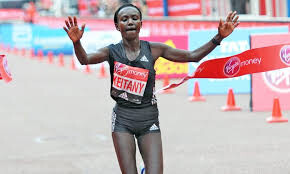
"My community has been supportive throughout my running career and this is the only way I can reciprocate their gesture," he noted.
“My first race in 2006 was Shoe4Africa Charity race and I got huge support from the community despite finishing in the 21st. This opened doors for my long successful career and I feel I owe the community a lot,” said the 2009 world half marathon champion.
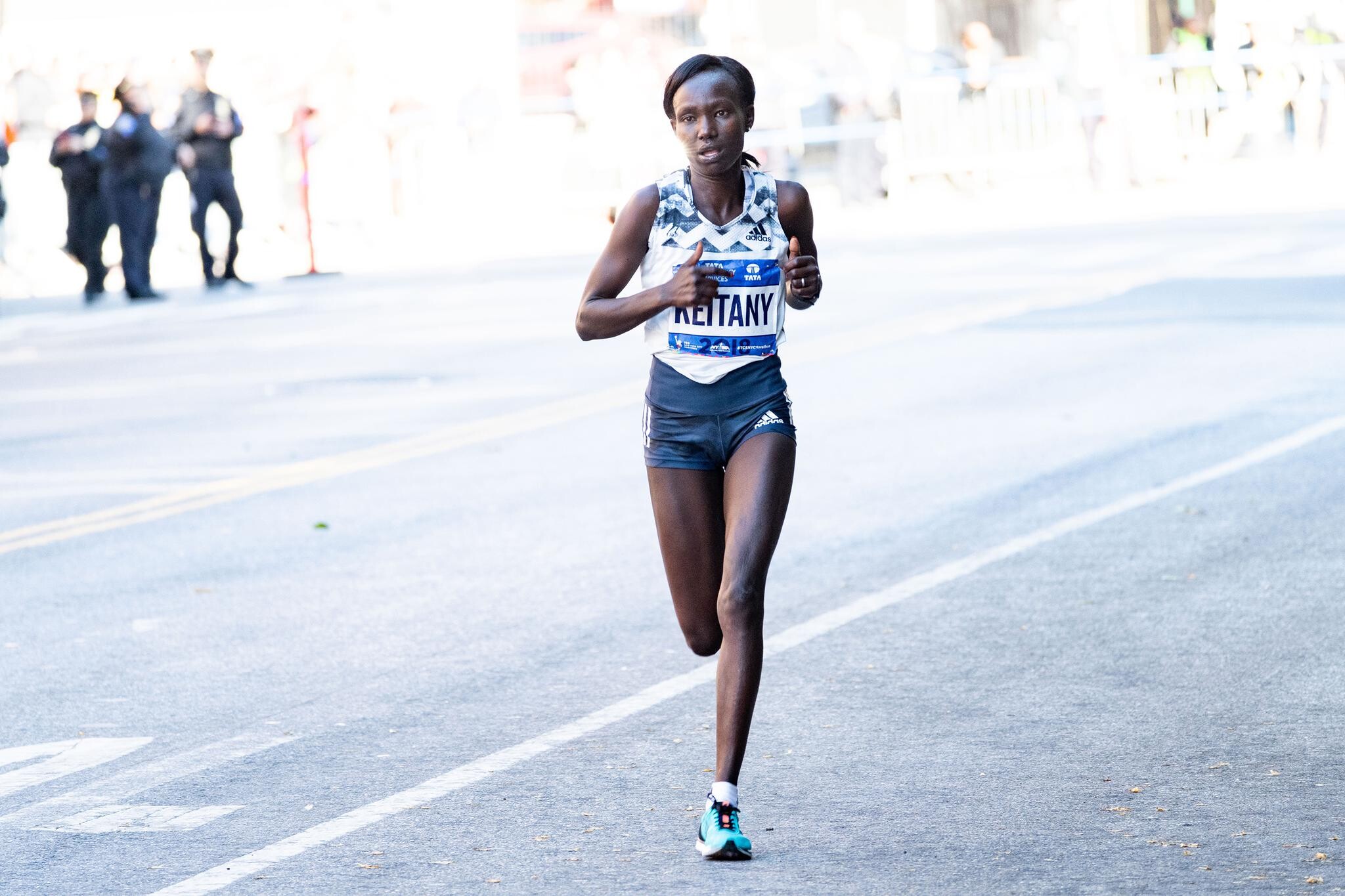
Speaking during the Equator Road Run to raise funds towards the first-ever Children’s Cancer Hospital at the Moi Teaching and Referral Hospital in Eldoret, the women’s only marathon record-holder said she also has other big dreams that will be revealed soon.
“My first race was a charity run (Shoe4africa) and this opened doors for me and helped me a lot. I want to nurture young talents and share with them my experience and how to become a successful athlete,” she added.
Keitany dominated the New York City Marathon, winning four titles in 2014, 2015, 2016, and 2018. She finished second in 2017 and 2019 and third in 20110, and 2011. She also won the London marathon in 2011, 2012, and 2017 before finishing second in 2015.
“Since I hang up my spikes, all I have thought about is charity work and how well to support upcoming athletes. A lot of athletes need guidance in their training and this is what I am willing to offer,” she added.
She said just as she has performed in marathon, she wants to leave a legacy as far as charity work is concerned and she will soon announce her program.
“I want to do something so that I am not just forgotten like that. As I said I want to leave a legacy and that is why I am venturing into charity," she noted.
(12/29/2021) ⚡AMPby Emmanuel Sabuni
Kenyan Hellen Obiri, great star of the Nationale-Nederlanden San Silvestre Vallecana Internacional
The Kenyan athlete Hellen Obiri, double Olympic runner-up and 5,000 meter outdoor world champion, seeks to be crowned on December 31 at the Nationale-Nederlanden San Silvestre Vallecana International, being one of the favorites in the women’s category.
In 2018, in a record race, she could only be second after her compatriot Brigid Kosgei – current world marathon record holder -. Therefore, for this 2021, the objective is twofold: to climb to the top of the podium in the Vallecas Stadium, and snatch the record of the event from Kosgei, of 29:54.
Their biggest rivals for victory will be the trio of African athletes from the NN Running Team. The Ethiopians Degitu Azimeraw and Haven Hailu, and the Israeli Lonah Salpeter, will force Obiri to show his entire class if he wants to add this triumph to his extensive international record.
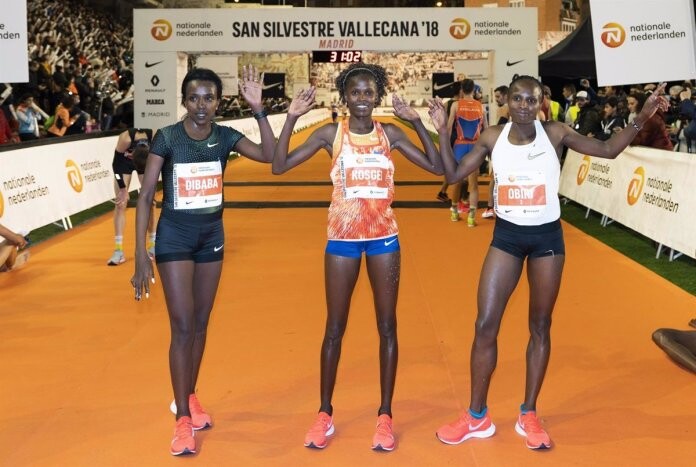
THE BEST SPANISH FUNDS WILL BE IN LA VALLECANA
Among the Spanish favorites, the Cantabrian Irene Pelayo is postulated as the best positioned. He arrives at the Nationale-Nederlanden San Silvestre Vallecana with the best marathon record of the season, with 2:29:16. In addition, you already know what it is to be the best national on December 31, with a seventh place and personal best in 10K in 2019 (32:46).
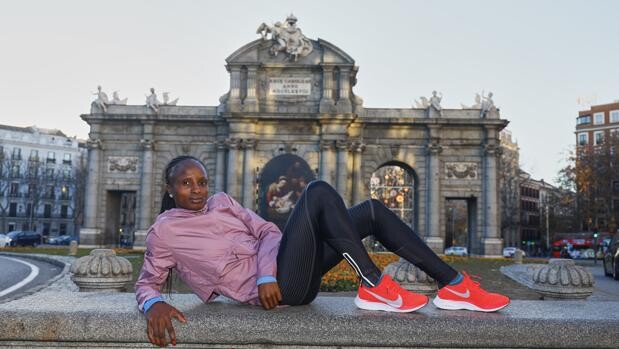
Laura Méndez is second in the national marathon ranking. The Valencian debuted in that distance in style, with 2:29:28, which earned her a place for the Tokyo Olympics. His best personal record in 10K is 33:01 achieved in Valencia in January 2020.
Another classic athlete in the test is the Olympian in Rio 2016 Azucena Díaz. A three-time national half-marathon champion, once a 10K champion, the 39-year-old veteran will not miss her appointment with Vallecas, where she came fourth in the 2017 edition with a time of 33:06.
But if we talk about the fastest in the test, Clara Viñarás can boast of having destroyed the 33-minute barrier. He did it last year in the 10K in Alcobendas with 32:42. With those credentials, and a best mark of the season of 34:49, we can expect the best of the Madrilenian, current national runner-up of 3,000 meters hurdles.
(12/28/2021) ⚡AMPby George Williams
San Silvestre Vallecana
Every year on 31st December, since 1964, Madrid stages the most multitudinous athletics event in Spain.Sport and celebration come together in a 10-kilometre race in which fancy dress and artificial snow play a part. Keep an eye out for when registration opens because places run out fast! The event consists of two different competitions: a fun run (participants must be...
more...Applications for 2022 Credit Union Cherry Blossom Ten Mile Run and 5K Run-Walk
After an unusual couple of years due to Covid-19 wreaking havoc on the global schedule of road races, the Credit Union Cherry Blossom race committee looks forward to welcoming runners back to Washington DC on April 3, 2022. Their hope is, of course, for a full field of runners to be greeted by blooming cherry blossoms at their peak for the 49th running of the Runner’s Rite of Spring®.
As has been the case for many, many years — except for 2020 when the in-person race was canceled, and 2021 when the race was held in September with strict Covid-19 restrictions — race officials expect demand for the race to exceed the limits on field size mandated by the National Park Service. Thus, entry into the 2022 Credit Union Cherry Blossom Ten Mile and 5K Run-Walk will be conducted by lottery, which will run from Monday, January 3, through 11:59 P.M. on Sunday, January 16, 2022. Lottery results should be posted on the event website (CherryBlossom.org) no later than Wednesday, January 19.
"Normalcy never felt so good," said Event Director Phil Stewart. "We are excited to have a race just like the old days. I am sure runners in the Washington metropolitan area and from around the country are feeling the same way, so we expect intense interest in the lottery."

Individuals who deferred their entry from the cancelled 2020 events will receive Guaranteed Entry Links (GELs) by email shortly before the lottery opens, and will be able to use them to bypass the lottery to gain entry directly into the 2022 Ten Mile Run and 5K Run-Walk. GELs must be used by January 15, the day before the lottery closes.
In addition to the in-person race on April 3, race organizers will also be offering a virtual edition of the runs to coincide with the National Cherry Blossom Festival from March 20 – April 17. Further details about the virtual Ten Mile and 5K Run-Walk can be found here. There will be no lottery for entry into the virtual runs, and registration will be open from January 3 through February 28.
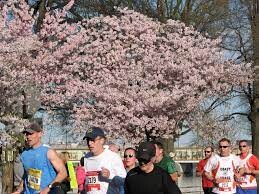
The Credit Union Cherry Blossom Kids’ Run is scheduled to be held on Saturday, April 2. Registration for the Kids’ Run will open on February 1; updated information will be available here.
The 2022 Credit Union Cherry Blossom Runs mark the 21st year of title sponsorship by Credit Union Miracle Day, and the 49th running of the race overall. Since 2002, over $10 million has been raised for the Children’s Miracle Network Hospitals, with $619,000 raised through the 2020 and 2021 virtual runs and the 2021 in-person runs.
About the Credit Union Cherry Blossom Ten Mile:
The Credit Union Cherry Blossom Ten Mile, organized by Cherry Blossom, Inc., a 501c(3) chapter of the Road Runners Club of America, is known as “The Runner’s Rite of Spring®” in the Nation’s Capital. The staging area for the event is on the Washington Monument Grounds, and the course passes in sight of all of the major Washington, DC Memorials. The event serves as a fundraiser for the Children’s Miracle Network Hospitals, a consortium of 170 premier children’s hospitals across North America. About one-third of the funds raised support Washington, DC’s own Children’s National (“Children’s Hospital”). The event also funds the Road Runners Club of America’s “Roads Scholar” program, designed to support up-and-coming U.S. distance running talent.
Credit Union Miracle Day, Inc., a consortium of credit unions and credit union suppliers in partnership with CUNA Mutual Group, PCSU and CO-OP Financial Services, is the title sponsor of the Credit Union Cherry Blossom Ten Mile Run, 5K Run-Walk, and Kids' Run. Presenting sponsors include ASICS, Garmin, MedStar Health; supporting sponsors are E*Trade, Gatorade, Potomac River Running and Suburban Solutions.
The event is a proud member of the PRRO Circuit (PRRO.org), a series of major non-marathon prize money road races in Washington, DC; Spokane, WA; and Utica, NY. The circuit is committed to a drug-free sport and funds drug testing at all circuit events in compliance with the standards of international and U.S. drug testing authorities.
In addition to being sanctioned by USA Track & Field and the Road Runners Club of America, the Credit Union Cherry Blossom Run has earned Gold Level Inspire Certification from the Council for Responsible Sport in recognition of its legacy of commitment to sustainability and thoughtful resource management. To learn more, visit CherryBlossom.org and follow the event on social media @CUCB and #CUCB2021.
About Credit Union Miracle Day:
Credit Union Miracle Day is a partnership of over 100 credit unions, CUSOs and partner organizations united to sponsor the Credit Union Cherry Blossom Ten Mile Run promoting awareness of the credit union difference and benefitting Children’s Miracle Network Hospitals nationwide.
About America's Credit Unions:
Credit unions are financial cooperatives that provide consumers choices for financial services such as checking accounts, investments and loans of all kinds including mortgages. Funds are federally insured, but unlike banks, there are no stockholders at credit unions. Earnings are returned to member-owners in the form of lower loan rates, higher savings rates, low or no-fee products and services. The credit union philosophy of placing members’ needs first is why more than 115 million Americans do their banking at a credit union.
(12/28/2021) ⚡AMPCherry Blossom Ten Mile Run
The Credit Union Cherry Blossom is known as "The Runner's Rite of Spring" in the Nation's Capital. The staging area for the event is on the Washington Monument Grounds, and the course passes in sight of all of the major Washington, DC Memorials. The event serves as a fundraiser for the Children's Miracle Network Hospitals, a consortium of 170 premier...
more...Try this lactate-clearance workout to run faster
One of the things that sets the world’s best runners apart from the rest is their ability to quickly and efficiently clear lactate from their blood while they’re running. This makes them more efficient at processing energy and helps them to run faster.
Even if you’re not an elite, you can still teach your body to clear lactate faster through training, and this 400m workout will help you do exactly that.
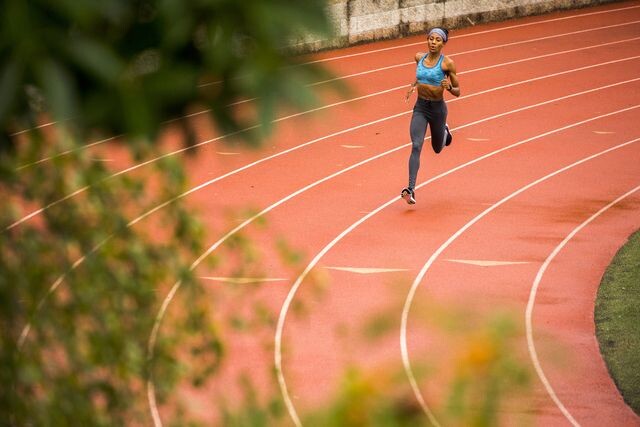
Lactate-clearance 400s
This workout is an adaptation of Portland, Ore. coach Richard Lovett’s rat-a-tat 400s. It involves a high volume of 400s with a short recovery to teach your body how to shuttle lactate out of your blood quickly between intervals. It is best done on a track, where you basically run one lap, then lightly jog back to the start line to go again. Each interval should be done at roughly 10K pace, so that you’re running fast enough to build up lactate, but not so fast that you can’t complete the workout.
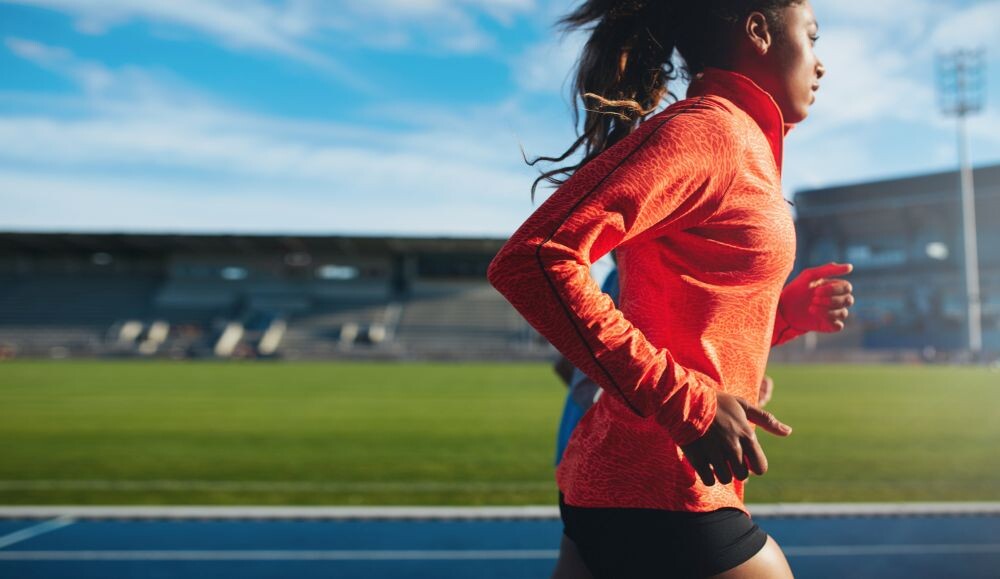
The length of your rest should change depending on how fast you run, and should be about 1/5th of the length of time it took you to complete the interval. For example, if you run your 400s in 90 seconds, your rest will be about 18 seconds. If you take two minutes to complete a lap, your rest should be about 24 seconds. In total, you should be aiming to complete 16-20 reps, so make sure you choose your pace wisely.
The workout
Warmup: 15-20 minutes easy jog, followed by form drills and strides
Workout: 15-20 x 400m at 10K pace with 15-25 seconds rest, depending on speed.
Cooldown: 10-15 minute easy jog, followed by light stretching.
(12/28/2021) ⚡AMPby Brittany Hambleton
2022 Strong Elite Field for Osaka International Women's Marathon
The organizers of next month's Osaka International Women's Marathon have announced the invited field of 43 for Japan's last remaining purely elite marathon. Like the 2021 race, despite the event's name it's a Japanese-only field with male pacers, kind of inevitably on the first point given Japan's ongoing border fortification but a bit regrettably on the second.
For a domestic field it's pretty good, all 17 of the women in it who've run under 2:35 in the last three years having done it either here or in Nagoya. 2020 winner and unlucky Olympic alternate Mizuki Matsuda (Daihatsu) is the favorite, with support from Sayaka Sato (Sekisui Kagaku), the 4th-fastest Japanese woman in 2020 and 2021, 2019's fastest Reia Iwade (Adidas), and 2021's 3rd and 4th-placers Yukari Abe (Shimamura) and Mao Uesugi (Starts).

Six other women in the field have run under the 2:27:00 B-standard for qualification for the 2024 Olympic marathon trials, including current JMC Series I leader Haruka Yamaguchi (AC Kita), so with the qualifying window now open the race to finish in the 4th-6th place B-standard bracket should be just as good as the one to make the 1st-3rd place A-standard bracket.
Alongside the marathon, the Osaka Half Marathon will also feature two-time Osaka International winner Kayoko Fukushi (Wacoal) in her final race.
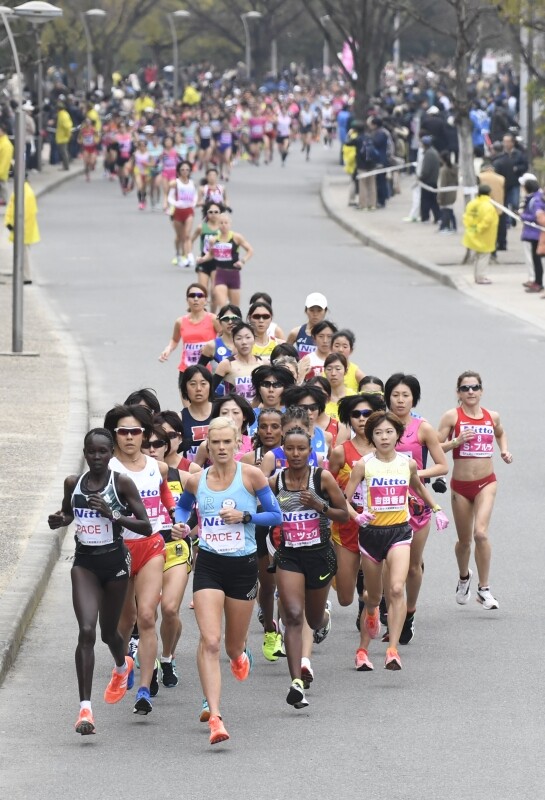
Check back closer to race date for options on streaming and following the race live.
41st Osaka International Women's Marathon.
- Mizuki Matsuda (Daihatsu) - 2:21:47 (1st, Osaka Int'l 2020)
- Sayaka Sato (Seiksui Kagaku) - 2:23:27 (5th, Nagoya Women's 2020)
- Reia Iwade (Adidas) - 2:23:52 (5th, Nagoya Women's 2019)
- Yukari Abe (Shimamura) - 2:24:41 (3rd, Osaka Int'l 2021)
- Mao Uesugi (Starts) - 2:24:52 (4th, Osaka Int'l 2021)
- Mizuki Tanimoto (Tenmaya) - 2:25:28 (11th, Nagoya Women's 2019)
- Ayano Ikemitsu (Kagoshima Ginko) - 2:26:07 (12th, Nagoya Women's 2019)
- Ayumi Hagiwara (Toyota Jidoshokki) - 2:26:15 (5th, Oaka Int'l 2021)
- Natsumi Matsushita (Tenmaya) - 2:26:26 (3rd, Nagoya Women's 2021)
- Haruka Yamaguchi (AC Kita) - 2:26:35 (7th, Osaka Int'l 2020)
- Hanae Tanaka (Daiichi Seimei) - 2:26:49 (5th, Nagoya Women's 2021)
- Misaki Kato (Kyudenko) - 2:27:20 (8th, Nagoya Women's 2021)
- Madoka Nakano (Iwatani Sangyo) - 2:27:39 (4th, Osaka Int'l 2019)
- Shiho Kaneshige (GRlab Kanto) - 2:28:51 (16th, Osaka Int'l 2020)
- Anna Matsuda (Denso) - 2:29:52 (8th, Osaka Int'l 2021)
- Rie Kawauchi (Otsuka Seiyaku) - 2:31:34 (17th, Nagoya Women's 2021)
- Ayano Ikeuchi (Denso) - 2:33:29 (19th, Nagoya Women's 2021)
- Mai Fujisawa (Hokkaido Excel AC) - 2:35:52 (1st, Kanazawa 2021)
- Asuka Yamamoto (Edion) - 2:36:14 (21th, Osaka Int'l 2020)
- Tomomi Sawahata (Sawahatas) - 2:37:02 (1st, Gunma 2021)
- Mai Ito (Otsuka Seiyaku) - 2:38:07 (25th, Nagoya Women's 2021)
- Michi Numata (Toyota Jidoshokki) - 2:38:30 (39th, Nagoya Women's 2019)
- Saki Tokoro (Kyocera) - 2:38:49 (40th, Nagoya Women's 2019)
- Mitsuko Ino (Linkstyle) - 2:39:04 (10th, Osaka 2019).
(12/28/2021) ⚡AMPby Brett Larner
Osaka International Womens Marathon
The Osaka International Ladies Marathon is an annual marathon road race for women over the classic distance of 42.195 kilometres which is held on the 4th or 5th Sunday of January in the city of Osaka, Japan, and hosted by Japan Association of Athletics Federations, Kansai Telecasting Corporation, the Sankei Shimbun, Sankei Sports, Radio Osaka and Osaka City. The first...
more...One of the best running advice you’ll ever receive
Performance coach Steve Magness says if you want to improve, you have to master the basics.
There’s an almost infinite number of websites, articles and books out there offering training tips and advice to make you a better runner, but performance coach and author Steve Magness wants runners to do one thing: focus on the basics. In a recent Twitter thread, he argues that if you want to be good at anything, nailing the basics will get you 99 per cent of the way there.

Magness begins his argument by highlighting society’s obsession with quick fixes, noting the harm that’s done by purveyors of scientific mininformation, diet cults, hack culture and those who believe there is only one optimal way to work out.
Magness doesn’t blame runners for falling for some of this information, adding that the basics of good health and training are not sexy or quick to implement, and while they are simple, they’re difficult to do consistently. “It’s why so many people buy supplements to improve their strength, but so few squat two times a week for months, if not years, on end,” he says.
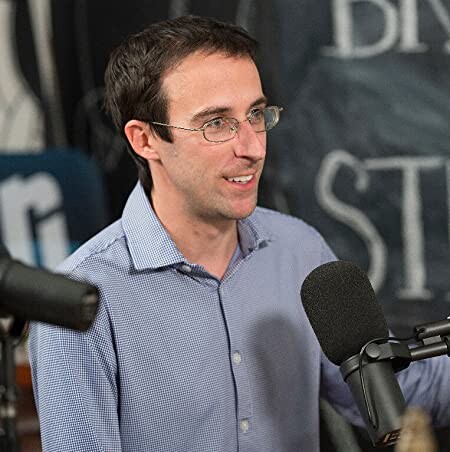
So what do the basics look like in practice? Magness breaks them down into two sections: principles for physical health, fitness and nutrition, and principles for mental health and cognitive performance. His first tip: “Move your body often, sometimes hard, every bit counts.”
His second piece of advice is to avoid foods wrapped in plastic because foods that are heavily processed often lose much of their nutritional value. He ads that according to research, the only real indicator of whether or not a diet will work for you is if you stick with it. The actual type or breakdown of that diet not actually all that important.
His last two pieces of advice for physical health and performance are to not smoke (or seek help in quitting if you already do) and to avoid excessive amounts of alcohol. Both are associated with a number of chronic diseases, including several cancers.
Diving into mental health and cognitive performance, Magness encourages runners to build community. He adds that nothing replaces in-person connections, and social media is only helpful if it’s used as a means to create real-life friendships. “Deep community provides us with spaces in which we can support each other through ups and downs,” he says.
His second piece of mental health advice is to not expect things to be good all the time, adding that the more you try to change the way you feel, the more stuck you’re liable to be. “You don’t need to feel good to get going, you need to get going to give yourself a chance at feeling good,” he says.
Magness encourages anyone to get help if they need it and to spend more time engaging in real-life activities instead of the virtual world online. His last three pieces of advice to runners if they want to improve their mental health and cognitive performance is to read books, work in intervals to focus on single tasks and follow deep work up with rest, and finally to spend time in nature.
(12/27/2021) ⚡AMPby Brittany Hambleton
Athletics Federation of India to discuss participation in international competitions
The Athletics Federation of India (AFI) will discuss its participation in the upcoming Asian Indoor Athletics Championships in February among other international competitions next year.
Due to a surging wave of Omicron COVID-19 cases, the AFI has admitted competing in international events might be challenging.
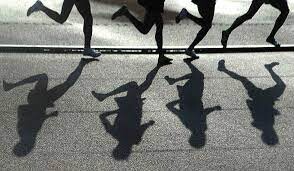
It has since said it will discuss its plans for the Asian Indoor Athletics Championships, due to be the 10th edition of the event in Nur-Sultan in Kazakhstan from February 11 to 13.
"We will have a meeting with the coaches in January and take a call on whether to send athletes to compete at the 2022 Asian Indoor Athletics Championships in Kazakhstan in February," said AFI President Adille Sumariwalla.
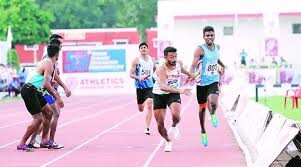
The Championships will act as a qualifier for the 2022 World Athletics Indoor Championships in Belgrade in Serbia in March.
Other key events on the horizon are the Birmingham 2022 Commonwealth Games in the summer, the 2022 Asian Games in Hangzhou in China and the World Athletics Championships in Eugene in the United States from July 15 to 24.
Sumariwalla also admitted other events could prove problematic, including the Asian Race Walking Championships in Nomi in Japan in March.
"We have to wait and see how the pandemic situation is during the month of March in Japan," he said.
"We can’t predict whether the national team will compete at this moment."
At present, Indian athletes are training across a range of camps throughout the country.
Tokyo 2020 javelin gold medalist Neeraj Chopra is training in the US and may subsequently find it easier to compete in international events.
(12/27/2021) ⚡AMPby Andrew Dowdeswell
World Athletics approves new rules and regulations for shoes in competition
It was announced that World Athletics has approved new shoe rules and regulations for competition. The new rules have brought a major update to the future of the sport, as athletes will not be allowed to wear shoes that have over a 20mm stack height during competition. This rule is set to be implemented in November 2024, which is after the Paris Summer Olympics and the 2024 Diamond League season.
The previous rule was 20mm stack height for sprint and hurdle events up to 400m and 25mm for events 800m and above. The sport has seen a technological revolution in footwear over the past 10 years, but with new innovations come challenges to maintain a fair level of competition.
Here are the main points of the new amendments (per World Athletics):
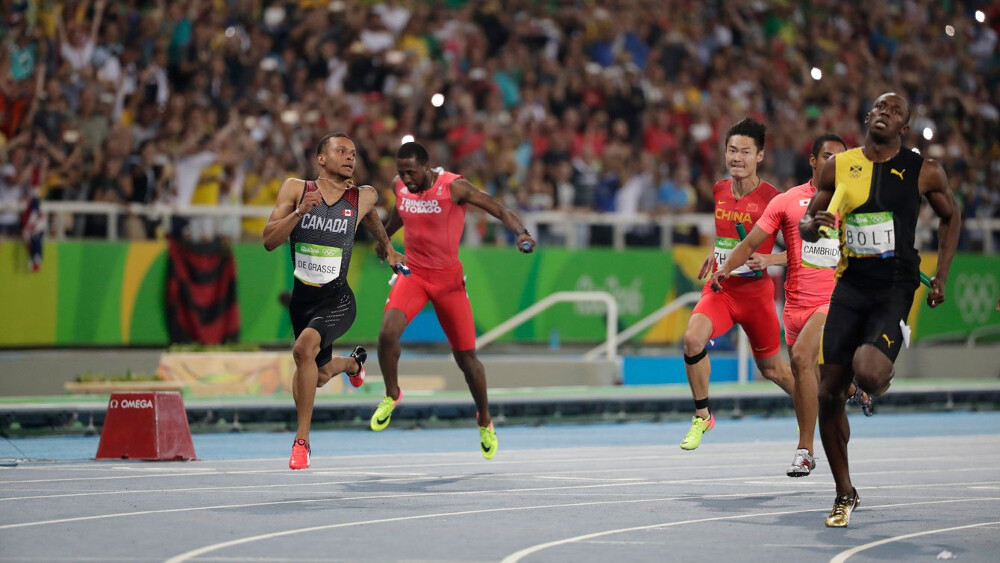
A new ‘applicable competitions scope’ that the new rules and regulations will apply to. They will not be applied to most amateur clubs, schools or even masters-level competitions.
A reduction of sole thicknesses across all athletic shoes in track and field events to a maximum stack height of 20mm from Nov. 1 2024 onwards. (World Athletics created this timeline to give shoe manufacturers notice before spending money in production). The current sole thicknesses rules will continue until Oct. 31st, 2024.
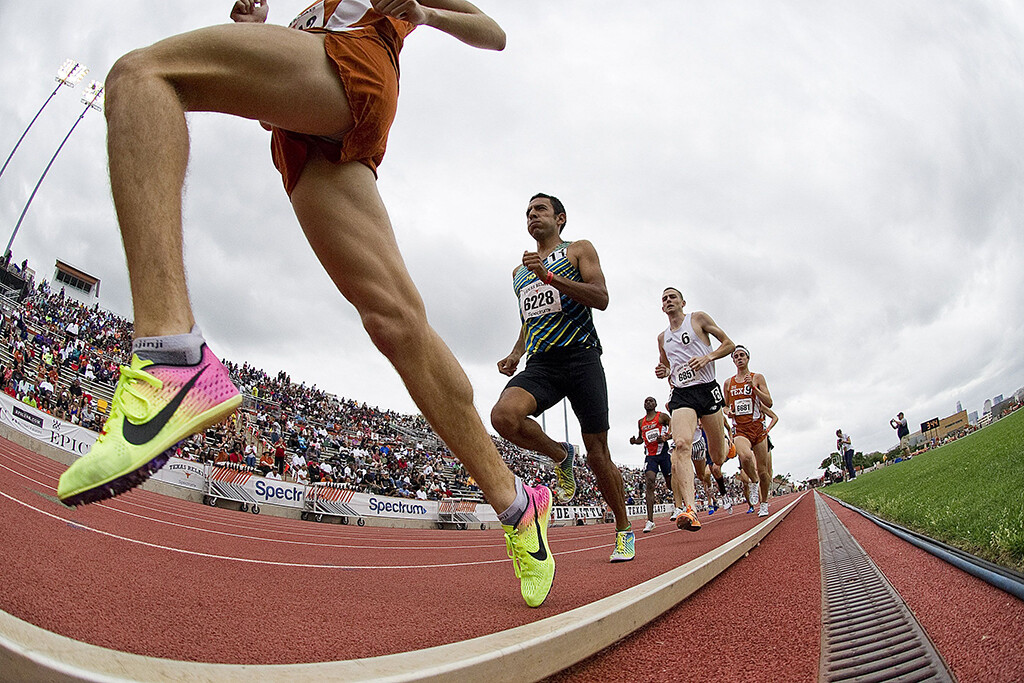
World Athletics will put a greater emphasis on conducting post-race spot checks on athletes’ shoes – electing shoe control officer roles at major competitions. There will be some events like major marathons, where pre-event shoe declarations will continue for elite athletes.
Shoes must not contain any embedded ‘sensing or intelligent’ technology. This does not apply to the use of heart rate or cadence monitors.
The other rules, besides the ’20mm stack height’ rule, are set to be put in place starting on Jan. 1, 2022, replacing the previous ‘Technical Rule 5.2’ that was set to expire on Dec. 31, 2021. A major issue with creating new rules is exploring a sustainable long-term solution, to create a balance between innovation and fairness.
World Athletics also cited that they measured the performance advantages of the current technology on the market, specifically the shoes that offer energy return. While the observations they have collected have value, there is no rule on the maximum amount of energy return in the updated rules and regulations because the shoes are already released to the public.
(12/27/2021) ⚡AMPby Marley Dickinson
Five ways to exercise on a rest day
We love running, but running every day without rest days can take a severe toll. Whether you have rest days scheduled or take them as needed, they’re essential to keeping you injury-free.
However, when you don’t run, that doesn’t mean you need to be sedentary. Many serious runners will opt for an active recovery day. For an active recovery, you do an exercise that is far less strenuous than your usual run but keeps your blood flowing, gets your heart rate up, and helps your muscles rebuild.
Ready to discover the power of active recovery days? Try these top 5 forms of active recovery for runners.
1. Cycling

Cycling is an excellent form of exercise but is much gentler on the body than running. Going for an intense bike ride may be as intense as a daily run for amateur cyclists. Of course, that’s not the goal here.
If you’re looking for active recovery, hop on some cycles and do a few laps around your neighborhood or on an easy trail. Go for about 30 minutes at an easy pace.—this isn’t a race after all!
You’ll get your blood flowing to your muscles, and they’ll be able to rebuild without working too hard again.
2. Walking and Hiking

You love running, but perhaps just bringing your pace down could be the perfect way to rest actively. There are several benefits of walking, and it can even improve your running by forcing you to think about your form and gait at a slower pace.
If you go for a walk around the neighborhood and find yourself itching to go into a higher gear, opt for a hike instead. Take in some new and beautiful views while promoting muscle recovery.
3. Strength Training
Every time you run, you’re working out the same muscle groups. It can cause a muscle imbalance, leading to injury.
To balance out your muscles’ strength, use strength training exercises to target the neglected muscle groups. The arms, in particular, could use a good workout, but you can also further strengthen and stabilize your lower body.
4. Stretching
You’ve undoubtedly heard the importance of stretching before and after your run. But stretching itself can be a great exercise, especially on your rest days. By stretching, you can alleviate muscle pain and improve your flexibility.
Tight muscles lead to more significant injury than limber ones. So, create a regular stretching routine. You can even stretch before another exercise like your walk or bicycling.
Don’t just stretch your legs, but stretch your entire body. You can even try yoga and see how a more flexible, stable body affects your running.
5. Swimming
You don’t need any serious routine to get a good amount of exercise from swimming. Of course, you can do laps and improve your form and endurance. However, simply treading water and moving through the pool will give you a good calorie burn and keep your heart healthy for those wanting an active recovery.
If you get into the pool and are not sure what you’re supposed to do, start by swimming from one side of the pool to the other. You can freestyle, doggy-paddle, or work on a stroke.
As long as you’re moving your body, you’re supporting your health while allowing your muscles to recover from your serious running days.
Start Your Active Recovery
Don’t overwork your body by running and every day and causing an injury, but don’t wait around waiting for your next run. Get back to top form faster by moving your body and supporting your muscles in an even faster recovery.
(12/27/2021) ⚡AMPby Colorado Runner
A Little Bit Of Swearing May Help You Run Better
Here's what psychology says about swearing and running performance.
Swearing like a sailor might be so second-nature to you that you may not even realize you’re doing it. Whether it’s a “hell yeah,” when you nail a new PR, a “f**k this” when you realize you’re only on mile 20 of the marathon, or a “you’ve f**king got this” when you’re digging deep on the squat rack, you don’t have to be a Roy Kent-level swearer to appreciate that throwing in an expletive or two feels good.

But why is that?
There’s actually some solid psychological research behind the idea that swearing can make you a more engaged athlete (one study also found that swearing occurred more frequently in the context of sports). From pain relief to confidence-building, here’s what we know about how your body and mind respond to curse words.
Taboo Language and Physical Performance
First, swearing is cathartic. Studies have shown that repeating a swear word generally increases pain threshold, something that can be beneficial to runners pushing through the pain cave.
In a 2020 study published in Frontiers in Psychology, researchers took that theory a step further by trying to understand why known swear words affect our pain perception and if new made up words could elicit the same response. Though the new words (“fouch” and “twizpipe”) were rated by the subjects as being more emotional and humorous than the control neutral word, they did not have the same effect as “f**k,” which was also rated as a humorous and emotional word.
So while the invented swear words had some of the same properties as the existing taboo word, the researchers hypothesize that our history with the word—when and how we learn it—is important to how it functions in a pain-reducing context.
On the flip-side, Richard Stephens, lead author of that 2020 study and several others on pain relief and swearing, also found in this study that the more habituated one becomes to cursing, the less the hypoalgesic (decreased sensitivity to pain) effect.
The novelty and impulsivity of it plays a role in its effectiveness, something Stephens noticed before he began to study the behavior. “It started from everyday life and noticing that people swear when they’re in pain,” he says, recalling expletives used when he had an accident using a hammer or his wife’s language choice while giving birth to their daughter.
Stephens’ research has also found that swearing can improve performance on tasks of physical strength and power.
“I think our research is really only showing what everybody knows. We’ve given a bit more validation to the idea by trying to test this out objectively,” says Stephens, who teaches psychology at Keele University in the U.K.. What is still unknown is the mechanism behind the bodily response.
One potential explanation could be that swearing is triggering an aggressive response within us, and with that, releasing adrenaline. And, indeed, we know what adrenaline can do to our running performance. But the hypothesis needs to be examined further.
“I think it’s part of the relationship with pain,” says Timothy Jay, Ph.D., a renowned “expert in cursing” and professor of psychology at Massachusetts College of Liberal Arts. “It’s venting, whether there’s an audience or not.”
Building Emotional Resilience
Inserting a swear or two into your vernacular can also be beneficial in relieving stress, expressing joy, or even building confidence. The act is generally understood to be a means of expressing emotion, something we all need to do to prevent overwhelm.
As a runner, golfer, hockey player, and avid sports fan, Jay says he’s seen swearing in every sport. “My experience both as an athlete and as an audience member is there’s a great correlation between frustration, anger, and swearing,” he says.
And running can be an emotional activity where you might feel frustrated, tense, uncertain, angry, scared, elated, calm, inspired, or grateful on any given outing (just to name a few feelings). Swearing can be used to express the gamut of those emotions—positive or negative.
(12/26/2021) ⚡AMP
by Trail Runner Magazine
Track And Field Maintained Its Position As The #1 Olympic Sport At The Tokyo Games
Figures from the Tokyo Games show track and field is more popular than anything else but World Athletics president Seb Coe warns we should not rest on our laurels
Recent years have seen cycling, swimming and gymnastics threatening the traditional supremacy of athletics as the biggest and most popular Olympic sport. Triathlon, beach volleyball, surfing and skateboarding are all making their mark too.

Track and field athletics, though, remains the No.1 sport at the greatest show on earth. World Athletics president Seb Coe says it is not based on anecdotal evidence either but pure stats.
“We had the highest number of broadcast viewing hours in Tokyo by some distance ahead of any other Olympic sports with some 2.2 million hours,” he said on Friday during an end-of-year interview.
“Athletics had the largest number of media articles written about it – some 10,000 – compared to other sports,” he added. “We had the highest number of shared articles across social media, which was roughly about 700 million, and that led to over 62 million conversations on social media around athletics, plus the highest number of video views across the IOC and the Tokyo Olympic Games websites and app of more than half a million.”
These Games-time findings are related to the study commissioned by the IOC to Publicis Sport & Entertainment (PSE), an independent agency that collected and consolidated the sport and event data from a variety of third-party sources across a number of pre-established territories from all continents.
Coe admits he enjoys rubbing this in when he is in IOC circles or mingling with people from other sporting governing bodies. But he refuses to get complacent.
When asked if he feels athletics has been in danger of losing its pole position in recent years, or whether it might stumble in future, he replies: “Look, it’s actually not a bad trait in life to be slightly paranoid about everything. While I’m president of World Athletics it’s my intention to make sure that our sport becomes stronger, more globally representative and that every time we leave a championship we’ve got data to reflect on.
“I say this with pride that we are the No.1 Olympic sport, but that’s only one metric because there are other sports such as basketball, which is an Olympic sport but if you see it in its professional manifestation (it is huge).
“So we have to recognise that there are other sports out there and there are other sports that we may not even be thinking about at the moment. I read a very interesting piece recently which was looking slightly into the future about the fact there are AI algorithms that are actually at this moment trying to figure out what the next sport might look like.”
Coe says World Athletics plan to work on improving the sport’s popularity in 2022 and have a brilliant opportunity to leave “an indelible footprint” at the World Championships in Eugene, Oregon.
The global governing body plan to do this via social media but without neglecting the role of television. “We can’t underestimate the power of TV,” says Coe.
There are also, he reveals, discussions to produce a Netflix-type documentary series about athletics in a similar style to the Drive to Survive programmes about Formula 1 and The Last Dance about the Chicago Bulls basketball team during the Michael Jordan era.
“EBU (European Broadcasting Union) is talking about some quite creative stuff,” he says, “maybe even a documentary series around athletics – a similar kind of Netflix Drive to Survive documentary which would allow (cameras) to go behind the scenes and allow us to access new audiences which might not naturally gravitate to our sport in the same way that Formula 1 has been dramatically impacted by that. Similarly, European interest in basketball was sparked by The Last Dance. These are important vehicles and I think we should be utilising those.”
“We cannot rest on our laurels,” he continues. “And while it’s nice to be able to say we are the No.1 Olympic sport, it can’t just become an academic conversation because the biggest challenge we’ve got is probably not from sport. It’s from other areas of activity where young people have a shorter focus.
“What they consume in terms of content is much shorter (these days). If you speak to anybody in broadcast, they’ll tell you that the average length that most people would prefer to watch television programme is about 7-8 minutes. So it means that we’ve got to be very clear that our benchmark is not just sport.
“If our activity is sport, our business is entertainment – and we mustn’t forget that. And that’s not to jettison what we celebrate as our sport. But we have to just recognise we live in a very fast changing world and sport is only one element of that in the lives of young people. And for some young people, it’s less important than it’s ever been. And we need to make sure that we just move with those times.”
(12/26/2021) ⚡AMP
by Athletics Weekly
TikTok on lacing technique goes viral
The heel lock is a great lacing technique for runners looking for a secure fit; here are the pros and cons of this method
A video on the popular social media app TikTok has gone viral after the user shows his followers how runners should tie their shoes using the ‘heel lock’ method. Many TikTok users were taken by surprise initially: “Why are we just learning this now?” one user asked. “They should teach this in P.E. class,” another added.
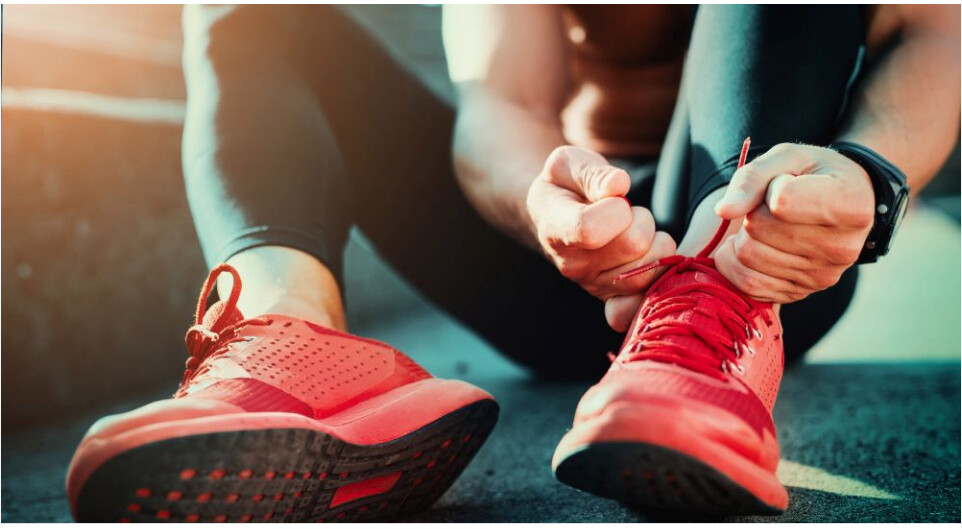
In the short clip, TikTok user (@sidneyraz) shares why all running shoes have an extra lace hole at the top. He describes it as a ‘heel lock’ used to keep your foot secure, reducing the chance of getting a blister. Should all runners be using this lacing method?
The pros
Using the heel lock method can provide a secure fit by keeping your heel firmly locked in place. This will often protect against any heel slippage and blisters that are caused by rubbing against the back of the shoe.
The cons
It is difficult to use this method without lacing your running shoes tight, which can cause problems such as pressure or friction on the top of your foot. Runners who have a highly arched foot or have experienced extensor tendonitis may want to avoid this lacing method, as it could apply too much pressure, which could result in pain.
This method also requires the shoe to have longer laces; on many shoes, the laces are too short for this to work well.
How to lace a heel-lock
Step 1 – Form a loop with the lace by passing it back through the last hole at the top (the hole that is usually ignored).
Step 2 – Pass the end of the lace across the front of your ankle to the loop you just created on the other side, and then again, vice versa.
Step 3 – Once both laces are passed through the opposing loops, you can pull the laces tight and tie your shoes in the usual way.
https://youtu.be/OBbc6TackDQ
(12/26/2021) ⚡AMP
by Running Magazine
Sifan Hassan wants to try a marathon before Paris Olympics
Hassan was crowned Dutch Sportswoman of the Year for the second year in a row
On Wednesday evening, triple Olympic medallist Sifan Hassan was crowned Dutch Sportswoman of the Year for the second year in a row, after her heroics at the Tokyo Olympics. Hassan revealed in her acceptance speech that she has aspirations of moving up in distance to the marathon soon.

“I want to run a marathon before the Paris Olympic Games,” she said in her virtual acceptance speech. Hassan was unable to attend the award ceremony in person after testing positive for COVID-19.
Going into the Tokyo Olympics, Hassan had her eyes on pulling off the trifecta in the 1,500m, 5,000m and 10,000m, an accomplishment no other athlete has achieved. She beat her rivals Letesenbet Gidey in the 10,000m and Hellen Obiri in the 5,000m to win gold in both, but fell just short of the triple, as she finished third in the 1,500m behind Faith Kipyegon of Kenya and Great Britain’s Laura Muir. Hassan joined a very small group of athletes to have won three individual medals in athletics at an Olympic Games.
Although the date for Hassan’s marathon debut has not been set, it will be interesting to see how she transitions into the 42.2-kilometre distance. Hassan currently holds the European half-marathon record of 65:15, which she ran at the Copenhagen Half Marathon in 2018.
(12/26/2021) ⚡AMPby Running Magazine
Merry Christmas and happy holidays to all our MBR family from publisher Bob Anderson
Another year has passed. It has been a challenging two years for most of us all over the world. But I do think the worst is mostly behind us. The good news is that most races are coming back. The Boston Marathon will be held in April again and most likely the 2024 Paris Olympics will be held as planned.
The sad news is that we have lost a lot of good races. The Fukuoka marathon was first run 75 years ago. This year's race was the last. (Michael Githae was victorious at the 75th and final edition of Fukuoka International Marathon clocking 2:07:51.)
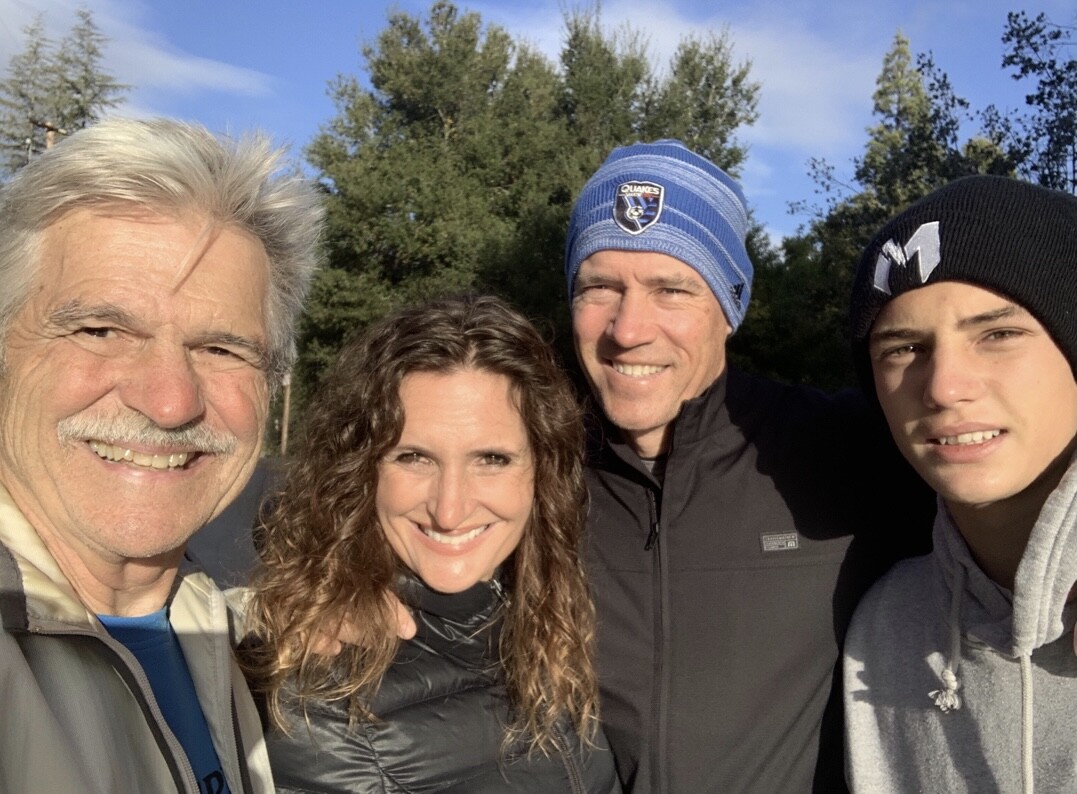
The pandemic was not the only reason, I am sure, why the Fukuoka Marathon was cancelled but it certainly was what pushed the organizers not to continue.
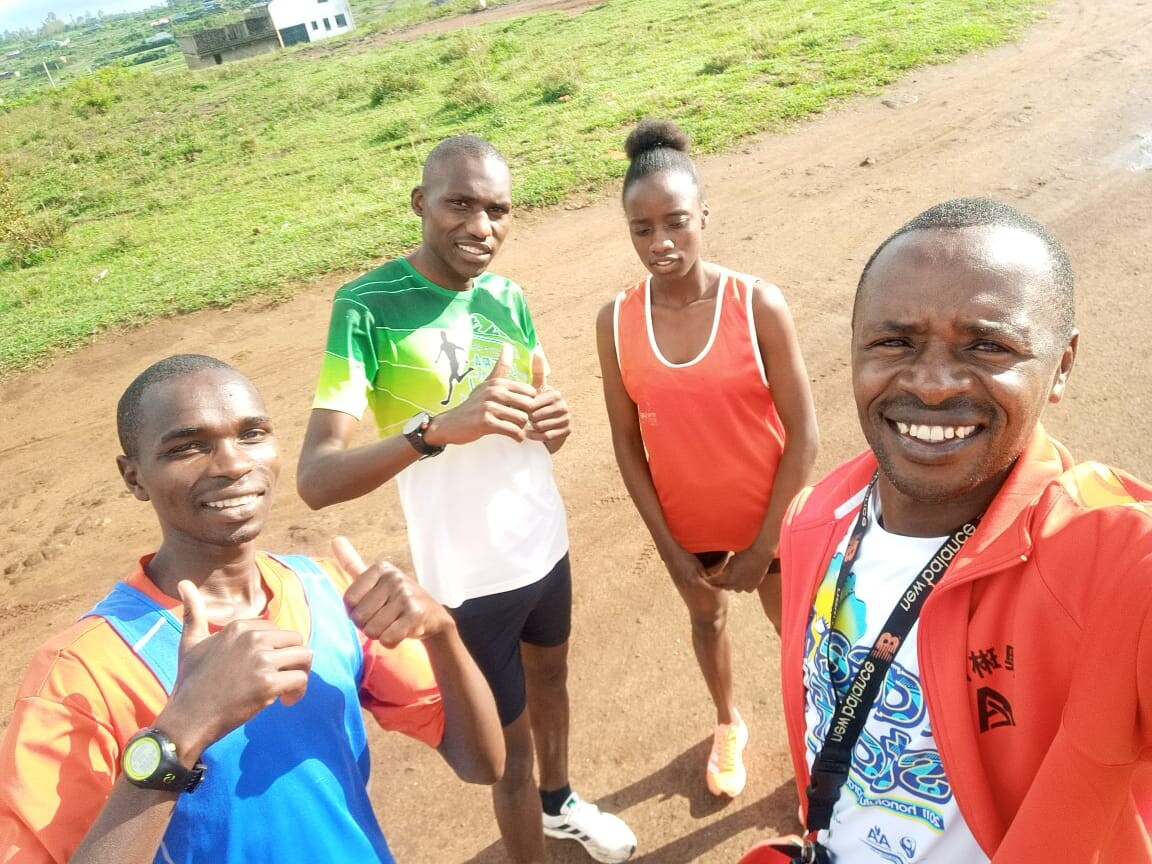
Many other races have already been cancellled or are still in limbo. From what I have read, there is no evidence that any runner has gotten Covid by attending a race. I am sure there might be some but certainly what many people feared did not happen. But things will get back to normal soon.
The good news is that many people decided to take up running during the last two years. With all these people now training the obvious next step will be to yet again offer them a variety of races. Training is great but running without racing is like writing and not publishing. Our focus should be on what races are being held and not on what races are not.
It is Christmas Day. Be sure to get in your Christmas run. I plan on getting in at least seven miles today. Since turning 70 a few years back I also now count walking.
Actually I think mixing in walking at any age is good for the body. I am going to average 8.8 miles daily for the calendar year and with the walking I have not had any serious injury all year long. (I need 49.6 more miles over the next seven days to reach my goal of 3212 miles. About 50 percent has been walking.)
I will be 74 Dec 28 and I can still run 6 miles at eight minute pace. I know there are lots of guys my age who are faster, that is super and I admire you. But making running (and walking) a regular thing at any pace is also great. We all just need to keep moving today, tomorrow and so on....
2022 is going to be a good year. Let's make it our best year yet! Merry Christmas and I need to get out before it starts raining again.
Second photo is me, my daughter, son-in-law and grandson Owen getting in four miles yesterday. My son, Michael will be here later today and we will get out as well. He just ran a half marathon yesterday placing second overall clocking 1:38 on a tough course.
As long as the rain is not too bad, we are hoping to do a 35 mile relay tomorrow. Just the two of us and our Jeep. One of us will be running all the time. We tag off and cover anywhere from a couple of miles up to eight or so on each leg. Fun event we came up with. This will be the third time we have done it.
Third photo is some of our KATA (Kenyan Athletics Training Academy in Thika Kenya) athletes with head coach julius the other day. (Bob owns the KATA operation and is very proud to be offering this training, educational and housing facility.). Our Academy manager is Florence and she is doing a good job making it all work day to day. She has a good staff as well and our athletes help out too.
(12/25/2021) ⚡AMPby Bob Anderson, MBR publisher
Does running hard suppress your immune system?
Given the risk of COVID-19 infection being heavy on everyone’s mind, should we be running hard?
It’s an idea that keeps popping up on social media at the moment to tell people one of the many reasons that runners are selfish and should just stay at home instead.
It’s “common knowledge” that hard workouts suppress your immune system, but two academics at the University of Bath, John Campbell and James Turner, wrote a paper in 2018 titled “Debunking the myth of exercise-induced immune suppression” and it’s worth a read.
What we thought
A lot of studies, mostly back in the 80s and 90s, are the basis of the consensus that hard activity suppressed the immune system. Some found a link between runners undertaking races and developing upper-respiratory tract infections (URTIs), whilst others saw a reduction in immune cells (lymphocytes) in the blood after hard workouts.
Pretty clear cut right? But possibly a bit of misdirection. Firstly most of the studies looking at post race infections were self-reported and when infections were actually verified by researchers the rates were actually a lot lower.
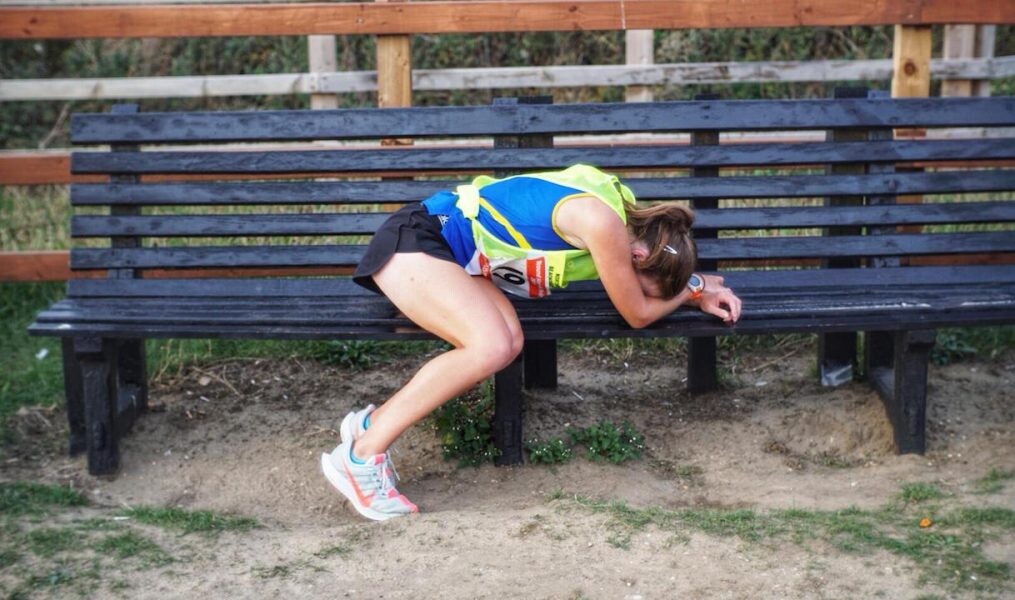
Then there are other factors to consider. Anyone going to a big gathering, like a marathon, is raising their risk of infections too, hence our current social distancing restrictions.
Turner and Campbell highlight a study on the Hajj, a mass Muslim pilgrimage that also showed an increase in URTIs for the participants. Big groups, not hard exercise, can spread communicable diseases.
Which brings us to the other potential increase around races, travel, specifically air travel, which again raises your risk. Take the falsely high numbers from self-reporting, the increased risk of a mass event and the numbers that travel to a big city marathon and the numbers don’t even beat the normal population.
The blood doesn’t lie?
The second set of studies that looked at immune function by examining lymphocytes in the blood is surely a nail in the coffin though? After a hard work out there was a window of time, up to 24hrs, that saw lower numbers in the blood.
The problem is if this was a destruction of the cells then it isn’t possible that these would regenerate in just 24hrs. Maybe there is another reason for the lower levels in the blood?
Studies, albeit done on exercising rodents, have provided an answer. The simplest way to put it is that “exercise redeploys immune cells to peripheral tissues [gut, lungs] to conduct immune surveillance.
The numbers don’t drop, the body is just redistributing the immune cells to the places we might expect infection to infiltrate, like the gut and the lungs. Post exercise we’re just ready for the attack and the troops are on the front line, not back at base camp.
Exercise is good for your immune system
“If exercise is portrayed as being ‘immunosuppressive’ then this might discourage patients and clinicians from participating in and recommending exercise,” discusses Simpson et al in a 2020 paper, “and could also project the wrong message to the vast majority of the population who would benefit from increasing their physical activity levels to improve, not only immune function, but also general health and wellness”
Now that we’ve got some momentum let’s keep going. Exercise is good for your immune system and makes you less likely than the general population to get sick.
The Bath University department for health experts continue by highlighting that regular bouts of exercise can help “limiting or delaying the ageing of the immune system’ and that “a physically active lifestyle reduces the incidences of communicable (eg. bacterial and viral) and non-communicable (eg cancer) diseases.
Hard workouts, previously thought to suppress the immune system and create a “window” for illness to infect, have been misunderstood and do not leave you more vulnerable.
One potential immunosuppressant though is nicotine, so if you are worried it’s probably best to avoid chain smoking for the next couple of months. Use the money saved to get yourself a treadmill maybe?
We’re not saying you should be going out every single run smashing the life out of it (the benefits of easy running we have covered in depth before), but completely avoiding your harder sessions altogether isn’t necessary either.
In a 2020 paper that presented a discussion between “Yes” and “No” camps on this subject the majority of studies that showed that vigorous exercises led to an increased rate of infection were undertaken around competitions, a time of higher exposure for all.
If the general public are taking note of current government advice then this is one aspect of risk that should be heavily reduced in the current situation. No mass participation activities or group training sessions removes a big risk of exposure for us all.
Rather than avoiding hard exercise, which could actually boost our immune system, we should be focusing on the other potential factors such as sleep, nutrition and exposure to potential infection.
Speaking to Dr. Turner “if a runner, given the current circumstances, can continue with their normal training it shouldn’t cause problems to their health”.
“If your heavy training leads you to be sleep deprived [or under-fuelled], for example, then it’s worth reducing the volume and intensity to a lower level.”
There simply isn’t enough solid evidence to support the “open window” caused by hard training efforts, but instead we should be looking at other factors that leave us at risk, big gatherings, sleep deprivation and a poor diet, as well as asking yourself the question “do I need to be doing X, Y or Z session given my races have all moved to the Autumn?”
(12/24/2021) ⚡AMPby Robbie Britton (Fast Running)
Want to prevent injuries? Wear cushioned shoes, a recent study found that runners who wore more cushioned footwear experienced fewer injuries
The highly cushioned shoe versus the minimalist shoe debate has been a topic of conversation among runners for years, but it appears the pendulum is swinging in the direction of cushion. In a recent study, researchers found that runners who wore more cushioned shoes experienced lower rates of injuries than those who wore harder shoes.
The study
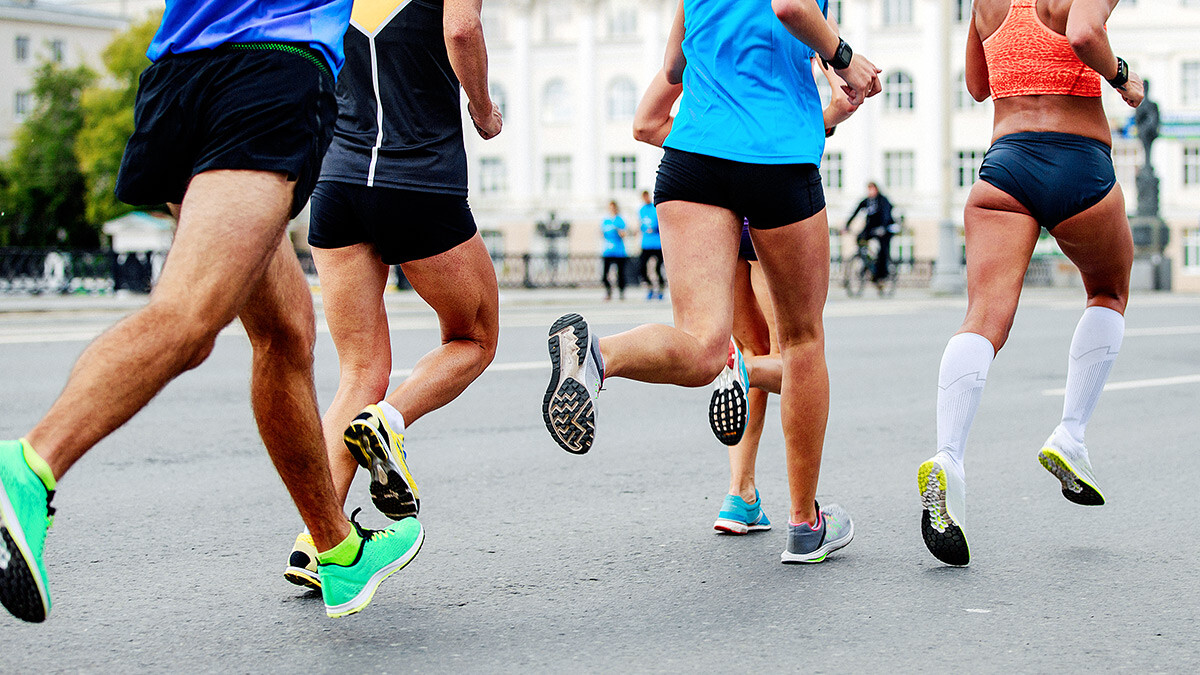
The study, published in the American Journal of Sports Medicine, aimed to determine how shoe cushioning influenced injury risk in recreational runners, and whether the association depends on the runner’s body mass. To find out, they gave 848 recreational runners one of two shoe prototypes: one that had soft cushioning, and one that did not. Participants were also classified as either light or heavy and were followed for six months regarding their running activity and injury rates.
The researchers found that the runners who received the harder shoes had a higher risk for injuries compared to the runners in the softer shoes. Interestingly, their data indicated that the lighter runners experienced higher injury rates in harder shoes, while the heavier runners did not, causing them to conclude that the relative protective effect of cushioned shoes was only present for lighter runners.

What does this mean for runners?
This study used a large pool of participants, which makes it a more credible source of information. That being said, there are many reasons why a smaller or lighter runner might experience a higher rate of injuries beyond what type of shoe they wear. Still, this study does seem to make a case for some runners to wear highly-cushioned shoes in order to prevent injuries.
There is a wide range of shoes available on the market today, that range from ultra-cushioned to barely-there, and it may take some trial and error to figure out which shoe is best for you. If you’re having trouble finding your perfect shoe, check out these tips when shopping for your next pair.
(12/24/2021) ⚡AMPby Brittany Hambleton
New athletic shoe regulations have been approved by Council
New regulations to replace Technical Rule 5 relating to athletic shoes, and its transitional provisions, which expire on December 31 2021, were approved by Council yesterday.
The new rules and regulations will be in place from January 1, 2022. The amendments include:
The deletion of the transitional provisions inserted in 2020 and 2021, leaving just an enabling rule at Technical Rule 5.2.
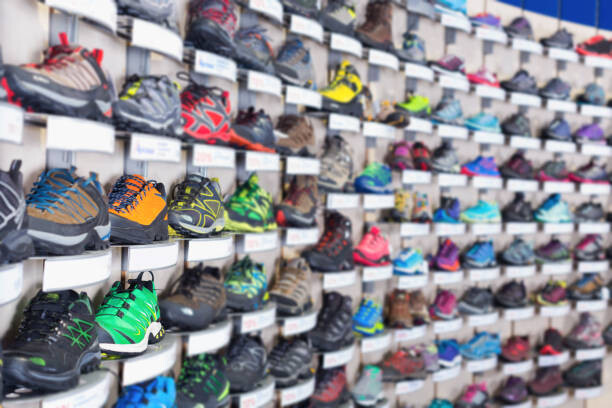
A definition of ‘applicable competitions’ to make the scope of events the rule and regulations apply to clear and to avoid them being applied to amateur club, school or college or even masters level competitions.
Clarification on which types of customizations are permissible with prior approval from World Athletics. This is to allow adaptations for individual athletes on medical and safety grounds.

The simplification on sole thicknesses across all athletic shoes in track and field events to a stack height of 20mm from November 1, 2024. This timeline was agreed to give manufacturers sufficient notice following the significant investment they will have made into spike shoes with a sole thickness between 20 and 25mm. The current sole thicknesses will continue until then.
A more flexible compliance process for athletic shoes to make checking compliance more practical and efficient depending on the nature of the event. Greater emphasis will be placed on conducting post-race spot checks through the introduction of shoe control procedures and a shoe control officer role. There will be some events (e.g. major marathons) where pre-event declarations will continue.
A new approach to sanctions for breaches of the rules and regulations relating to athletic shoes particularly at events and breaches that come to light post event. Referees’ powers have been made clearer and World Athletics CEO or their nominee has been given the authority to act (or refer the matter to the AIU) where post-competition breaches are identified.
That athletic shoes must not contain any embedded ‘sensing or intelligent’ technology now or in the future. This does not apply to use of heart rate, speed distance monitors etc.
Minor word changes and phrasing as part of a general tidying up of the language in the rules and regulations.
Commenting on the new regulations, World Athletics’ Chief Executive Jon Ridgeon said: “There has been an enormous amount of background work and meetings held both internally and externally on our shoe rules since the inception of the Working Group on Athletic Shoes in June 2020, following on from the work in 2019 of its predecessor, the Assistance Review Group. There is still more to do but I would like to thank the Working Group, the World Federation of the Sporting Goods Industry (WFSGI) and the shoe companies for their openness and collaboration in finding solutions that help support innovation on the one hand while ensuring innovation in shoe technology does not create unfairness or a paradigm shift in athletic performances on the other.”
The major and central issue the Working Group on Athletic Shoes had been exploring is a long-term sustainable and implementable solution for athletic shoes which balances innovation and fairness.
The Working Group considered options within a framework of measuring performance advantages of the current technology in athletic shoes including energy return. While this work has merit, a maximum energy return has not been included in the rules and regulations, given the variables involved and the
potential impact on shoe manufacturers in its implementation. The pace of technological change in every sector is rapidly increasing and with it will come new and different challenges to all sport. World Athletics will continue its dialogue with the shoe manufacturing industry on a regular basis in 2022 and beyond.
(12/24/2021) ⚡AMPby World Athletics
Oh
2022 March's Tokyo Marathon to Cancel if Government Asks
On Dec. 23, the Tokyo Marathon Foundation announced its decision that within the month prior to the planned Mar. 6 race date, if the government asks events to voluntarily refrain from going ahead as a measure against potential spread of the coronavirus it will cancel the race.
The TMF also announced that it will not require runners and others involved in the event who are fully vaccinated to undergo PCR testing and will refund the 6800 yen they have already been charged for the tests.
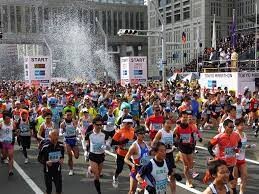
The Tokyo Marathon was last held in March, 2020 as a small, elite-only race. The 2021 edition was initially moved from March to October of this year, then postponed again to March next year.
(12/23/2021) ⚡AMPby Brett Larner
Tokyo Marathon
The Tokyo Marathon is a world-renowned annual marathon held in Tokyo, Japan. As one of the prestigious Abbott World Marathon Majors, it attracts elite and amateur runners from around the globe. The race holds World Athletics Platinum Label status, recognizing its high competitive standards, top-tier organization, and international appeal. Sponsored by Tokyo Metro, the Tokyo Marathon has grown into one...
more...U.S. marathon record holder Scott Fauble announced as Rory Linkletter’s new coach
It has been a busy few weeks for Canada’s Rory Linkletter, as he ran a marathon personal best at the California International Marathon (2:12:52) and left the NAZ Elite track club. Now Linkletter is joining forces with American marathon record holder Ryan Hall as his coach.
In an interview with The Lap Count, Linkletter gave some insight on what’s next for Canada’s up-and-coming marathoner.
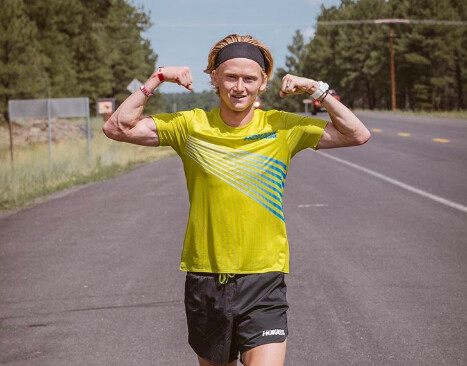
“I have fallen in love with Flagstaff, my wife and I bought a home earlier this year, so ideally I will stay here for the remainder of my career,” says Linkletter. “As for coaching, I’ve decided to work with Ryan Hall.”
This announcement comes days after his departure from HOKA and Ben Rosario’s NAZ Elite. Linkletter is now left unsponsored but believes that Hall’s philosophy will suit his talents and career goals. “I trust that if I perform how I know I can that won’t last forever,” says Linkletter.
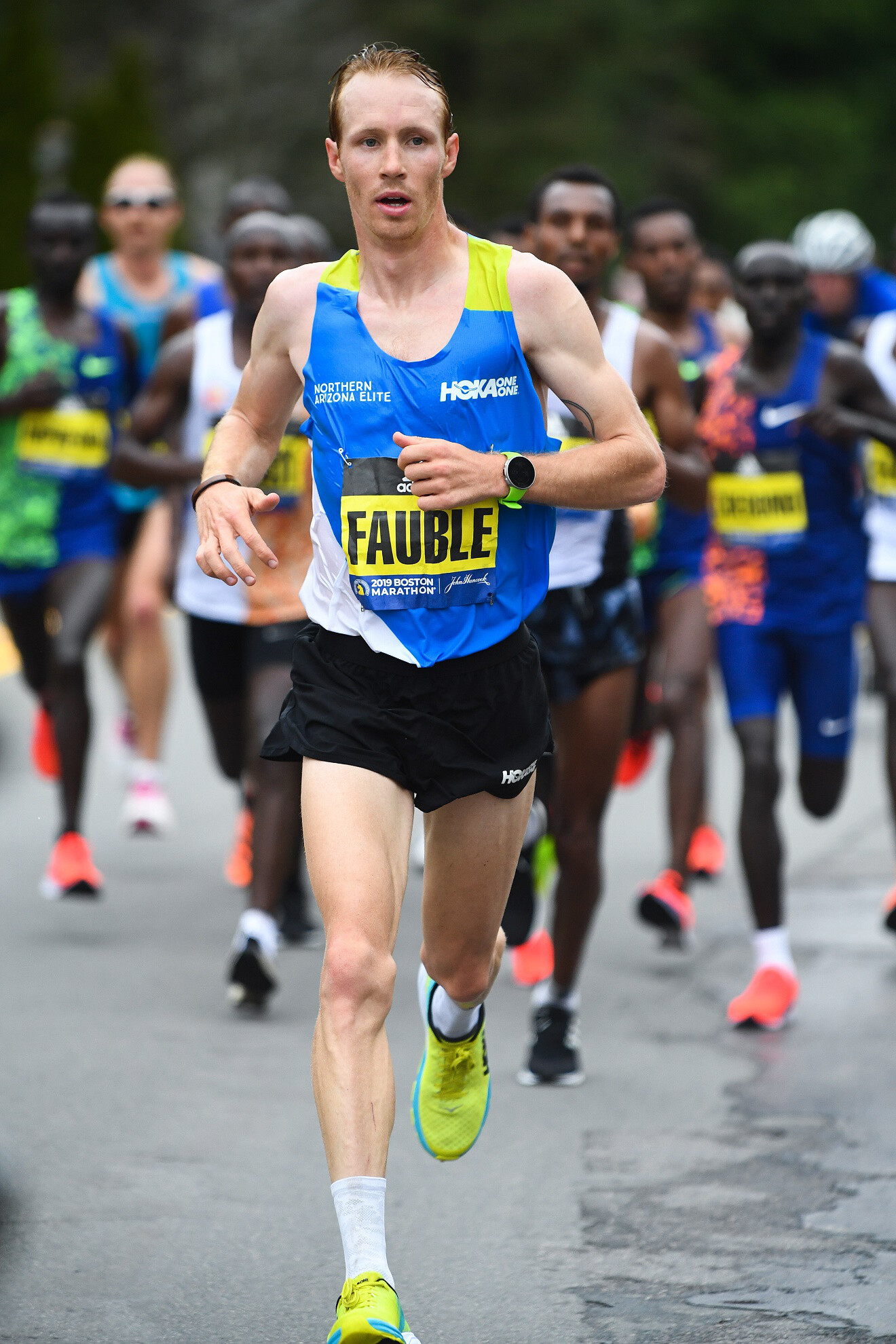
Hall currently coaches his wife Sara Hall, the second-fastest U.S. marathoner, clocking 2:20:32 at The Marathon Project in Chandler, Ariz. Ryan holds the fastest time ever by an American and is the only North-American man to run under 2:05 (Boston 2011). Although Ryan has retired from professional running, he remains as a coach for post-colligate athletes and marathoners in Flagstaff, Ariz.
Linkletter’s previous NAZ Elite teammate, Scott Fauble, also revealed that he will be remaining in Flagstaff. The top American at the 2019 Boston Marathon will be coached virtually by Joe Bosshard, who resides in Colorado and currently coaches Emma Coburn, Emma Bates and Cory McGee.
(12/23/2021) ⚡AMPby Marley Dickinson
Coach Alberto Salazar's lifetime ban upheld by US Center for SafeSport
Track coach Alberto Salazar's lifetime ban appeal for sexual misconduct has been rejected by the US Center for SafeSport.
The 63-year-old was handed the lifetime ban following allegations he had emotionally and physically abused a number of athletes during his time as part of the Nike Oregon Project.
In January 2020, SafeSport temporarily banned Salazar with the decision subsequently made permanent in July 2021.
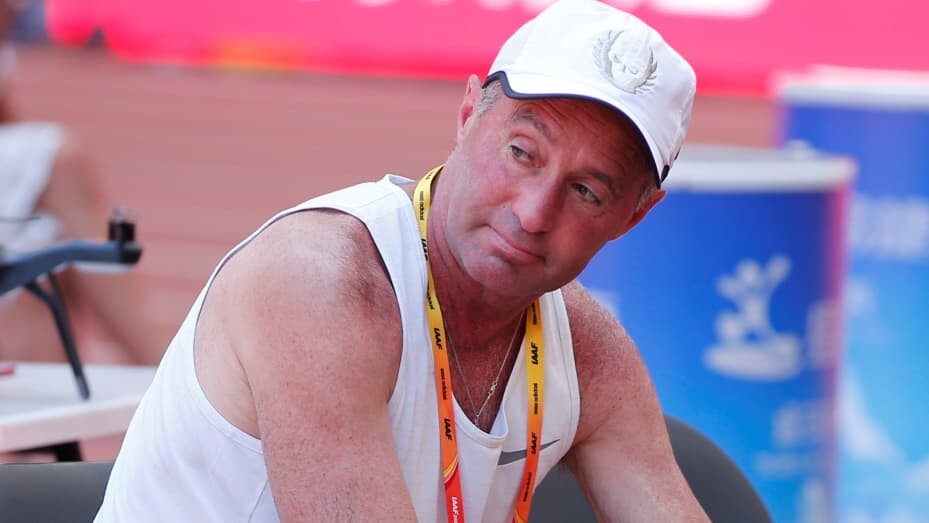
However, his entry in the SafeSport database has now been updated to permanent ineligibility - signaling the appeal had been rejected.
In a separate case earlier this year, the Court of Arbitration for Sport upheld a four-year ban for a series of doping-related violations that occurred while Salazar was training Olympians with the Nike project. Nike shut down the running team shortly afterwards.
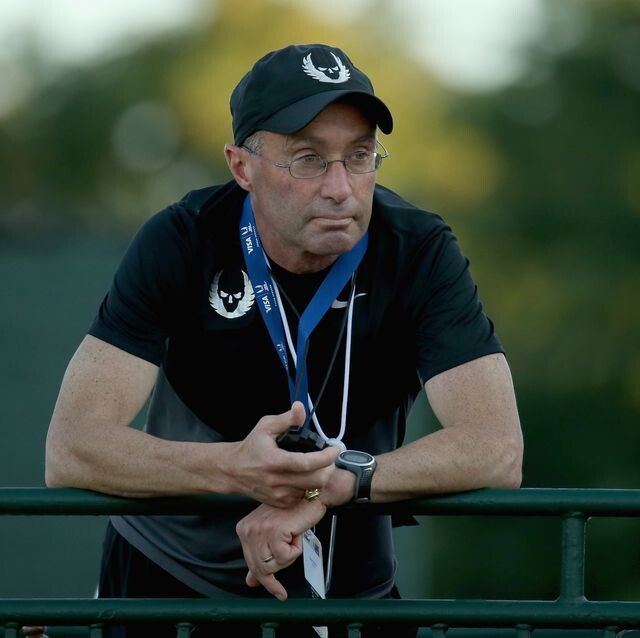
None of Salazar's former runners have ever been charged with doping violations.
As an athlete himself, Salazar won the Boston and New York Marathons in the early 1980s before going on to coach a number of Olympic medalists, including Sir Mo Farah and Galen Rupp.
(12/23/2021) ⚡AMPAthletics Kenya joins UNEP, in fight against air pollution
Concerned by the state of changing environment that is already affecting the sport, Athletics Kenya has joined environmentalists and policy makers in addressing the problem of air pollution.
Athletics Kenya President Lieutenant General (Rtd) Jackson Tuwei says AK has already drawn a strategy to address pollution and climate change.
One of the critical issues to be addressed is how climate change and air pollution have affected the sporting environment.

The athletics umbrella body is doing it in conformity with the United Nations Framework Convention on Climate Change, which has come up with the Sports for Climate Action Framework as the strategy to address sporting activities and climate effects.
“Over the last few decades, the athletics world has been experiencing side effects of global warming which in turn is affecting the weather patterns in different parts of the country as well as the world. The increasing hot temperatures affect the sport because athletes biologically perform optimally within a certain environment,” said Tuwei.
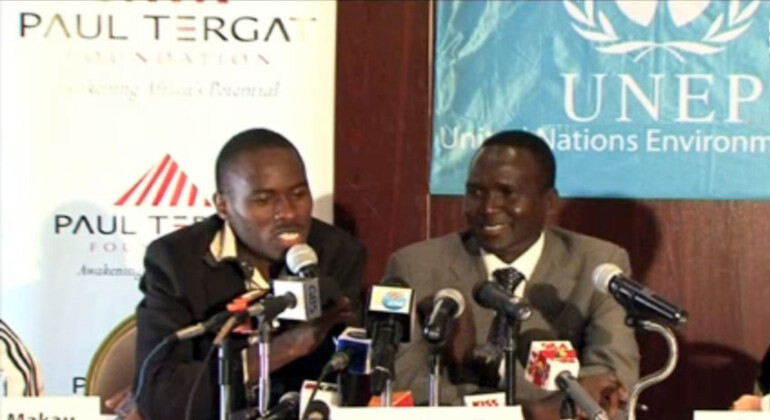
“If there is a rise in temperatures, it can only mean, either to postpone until the right temperatures recommended for a given sport is realised or to move it to another location. Any above decisions will mean re-strategising, and if that were to be done every time there was a world sporting event, then you can read where the mark is going about sports budgets in future.”
Besides rising temperatures, athletes are prone to lung infections if they happen to be racing within an area whose ambient air (open ground-air) is polluted.
This lowers their mobility (kinesis) as they are not able to breathe freely, something that affects their end performance.
To a great extent, air quality is interlinked with environmental and forestry destruction, alongside changing weather patterns within highlands where athletes have long been known to practise to optimise their stardom internationally.
“Some of you who followed the 2021 Olympics Games in Tokyo may recall that even as we celebrated the endurance and resilience of our athletes Peres Jepchirchir and Brigid Kosgei, who dominated the women’s marathon and brought glory and honour to Kenya by bagging gold and silver medals, they had to endure unusually high temperatures in Sapporo that even forced the organisers to change the start time of the race. Other adverse weather conditions were witnessed during the World Championships in 2019 and Beijing Olympics in 2008,” explains Tuwei.
It is due to this concern that different players drawn from environmental, health and policy sectors have been meeting to deliberate on the way forward.
“Clean air is very important to a runner. As you run, you need to exhale used air and for the lungs to get in fresher air so as to facilitate the running activity. It comes as no surprise that all around us we are witnessing deteriorating air quality due to an increase in air pollution, which is made worse by the impacts of climate change,” added Tuwei.
During a meeting held in Nairobi to address air pollution and its effect on athletics, that brought together UNEP, WHO, Stockholm Environment Institute (SEI) – Africa Centre and the Nairobi Metropolitan Services, a concern was raised on the risk that morning joggers could be exposing themselves to during heavy traffic as people rush to work.
“The carbon emission cumulatively by heavy traffic in the morning as people rush to work gets to be concentrated within one area and particularly along the roads where people jog. This happens because, in the morning, the air is usually still with little or no breeze to whirl it,” explains Dr Njogu Mbarua, an expert on climate and environment with Joint Environment and Climate Action, a non-governmental organisation.
“Precipitation is not enough to keep our ambient air clean and going. We must devise actionable ways, policy and regulatory, of ensuring that the air we are breathing and our children are going to be breathing is well within the international safety standards. As we get concerned with protecting children who are already born, we must bear similar concern for the unborn children as research is indicating of a possibility of mother-to-foetus air pollution transmission,” said Dr Andriannah Mbandi, an air quality researcher and UNEP Technical Coordinator, Regional Office for Africa.
The meeting recommended more studies to be conducted to ascertain the level of pollution in various parts of cities and towns.
(12/22/2021) ⚡AMPby Peter Musa
Marathon man Gary McKee prepares for 365 marathons in 365 days
Marathon man Gary McKee has shaken off concerns that his latest challenge of completing 365 marathons in 365 days is one step too far.
The 52-year-old raised £200,000 by completing 110 marathons in 110 days only a few months ago, with the dad of three now aiming even higher this time around.
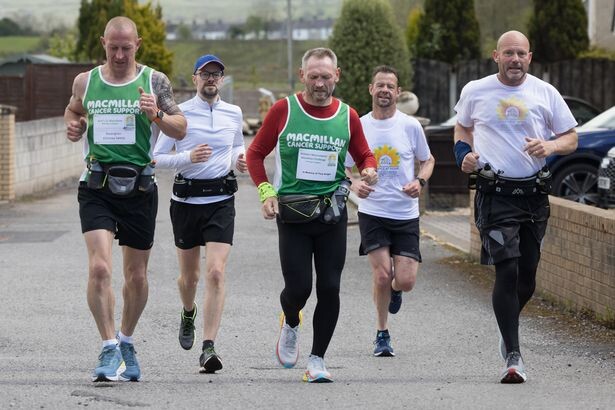
From January 1 to December 31, Gary will complete his biggest challenge to date in an effort to raise £1 million for two charities close to his heart: Hospice at Home West Cumbria and Macmillan Cancer Support.
Cleator Moor man Gary is no stranger to tough challenges and over the years, his fundraising feats have included jumping from aeroplanes, climbing Kilimanjaro, and cycling through Brazil.
Despite being his toughest challenge to date, Gary is confident he’s got what it take to succeed.
“Some people think you are crazy and I understand why people think that because they think of themselves and think ‘I could never do that’, but they don’t know me,” he said.

“People ask me ‘how are you going to do 365 marathons in 365 days?’ but I’ve done 110 and I know what it is about and I know how to do it.
“I know how to prepare myself, I know how to sort myself out the next day and I know how to do things in a certain way. I am in charge too so if I want to go slow at certain points I will go slow.
“It’s just four hours running and then you prepare yourself for the next day.”
Stella Walsh, fundraising and communications team leader for the hospice, said: “We are so excited to begin this journey again with Gary. Everyone here at Hospice at Home West Cumbria wants to wish him lots of luck and thank him once again for his incredible support.
The dedication and commitment he has shown to support both charities is astounding. The support he received from our local communities during the 110 challenge was amazing, and I’m sure this time it will be even bigger and better!”
Balancing work, running and family
Gary will start his first marathon from his home on New Year’s Day and will do so every day as well as working full-time, and being a busy family man with his three children.
Sue McDonald, Macmillan Cancer Support’s fundraising manager for Cumbria, said: “We’d like to thank Gary for his amazing commitment to raise funds for two causes close to his heart. His efforts last year were extraordinary enough, but this 365 Challenge is almost incomprehensible in the scale of its ambition.
“We know Gary is inspired by the three million people who are living with cancer in the UK. He says that if they can undergo the rigors of treatment and the many challenges that cancer brings, then he can put himself through this.
“Nearly all (98%) of Macmillan’s funding comes directly from donations, and it’s only through our fantastic fundraisers like Gary who help ensure Macmillan can continue to deliver the services that people living with cancer desperately need, now and in the future.”
Macmillan Cancer Support’s chief executive, Lynda Thomas, added: “Gary McKee has been a prolific fundraiser for Macmillan for almost 20 years; for which we can’t thank him enough.
“Gary is genuinely inspiring – and at some point in 2022 I hope to make it up to Cleator Moor and run part of this with him to show our support for him.”
Brendon Cook, chair of Hospice at Home West Cumbria, said: “As a small local charity, the support that Gary has given us and the people in our local community that have got behind him really does make a difference. The effort Gary makes to not only raising our income but also raising our profile, is immeasurable. Our Board of Trustees are delighted to have been able to personally sponsor his first running vest and we all look forward to showing our support throughout the year.
Gary is appealing for everyone to once again get behind him and help him reach his target.
(12/22/2021) ⚡AMPby
British runner Russell Bentley breaks winter Paddy Buckley Round fastest known time
American ultrarunner John Kelly and British ultrarunner Russell Bentley set out to complete midwinter Paddy Buckley Rounds, starting out in the same place and running opposite directions to meet each other back at the finish. Bentley had a fantastic day, and ended up setting a new FKT (fastest known time) on the 100K route, finishing in 20:15:49.
The Paddy Buckley Round is an extremely challenging course in Wales that takes runners over 47 summits throughout the 100K route for a total of 28,000 feet of elevation gain. According to fastestknowntime.com, it was first completed in 1982 by Wendy Dobbs. The winter FKT on the course was previously held by British runner Damian Hall, who completed the loop on January 29, 2020, in 21:30:06.
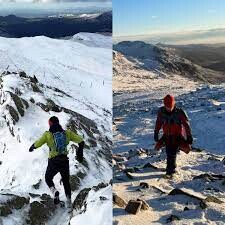
Bentley’s time smashed Hall’s record by nearly one hour and fifteen minutes, and Hall himself made a point of congratulating Bentley on his accomplishment.
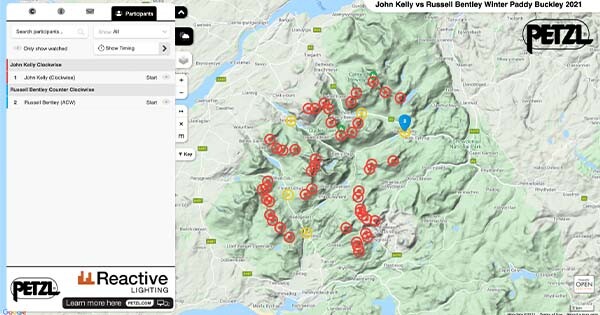
Bentley ran the course unsupported, counter-clockwise, while Kelly ran the route clockwise. Unfortunately, Kelly made it as far as the Llanberis checkpoint in 14:49:29 before throwing in the towel. This was Bentley’s second attempt at the winter Paddy Buckley Round after his first try in December 2020, which he completed in 22:45.
Bentley is a UK Athletics-qualified coach and is sponsored Noble Pro VJ Sport Vroom Nutrition. He has a marathon personal best of 2:20:20 from the Berlin Marathon, and has only begun tackling longer runs since the COVID-19 pandemic began.
(12/22/2021) ⚡AMPby Brittany Hambleton
2022 Registration for Run Rome The Marathon is open
Rome runs with you, are you ready to answer the call of Run Rome The Marathon?
Spurred on by a resounding success, the Rome Marathon is already getting ready for Sunday March 27, 2022. It promises great hotels, history, Italian cuisine, 35 historic sites in 42km and a record-breaking marathon.
Dawn, the Tenor of Nessun Dorma, the Colosseum in the background, the Italian National Anthem, thousands of athletes eager to set off, to restart after the darkness of the COVID-19 pandemic, their dreams, their eyes, hugs and greetings. It was important to be there; going to conquer Rome was a relief for the soul.
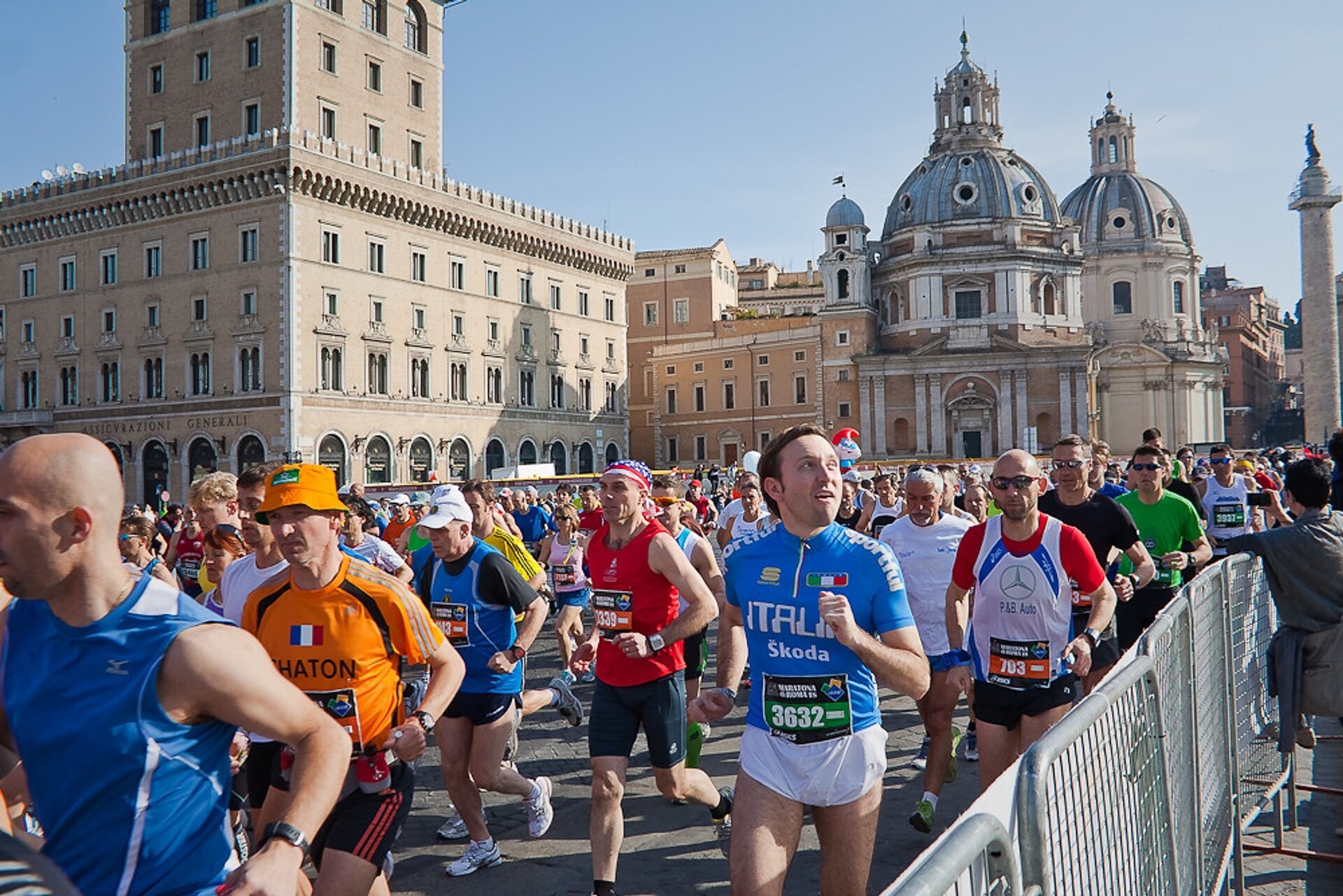
Hearts are still beating hard after what happened at Fori Imperiali, for 42.195km across Rome on Sunday 19 September, a date that will remain historic, engraved in many people’s memories. It was the rebirth, to demonstrate that this sport — running, being together to do what we love most — could still be done. With appropriate care and precautions, but still, it could be done. And when it’s all over, all you can think about is the future, about being there again, about the next victory.
March 27, 2022
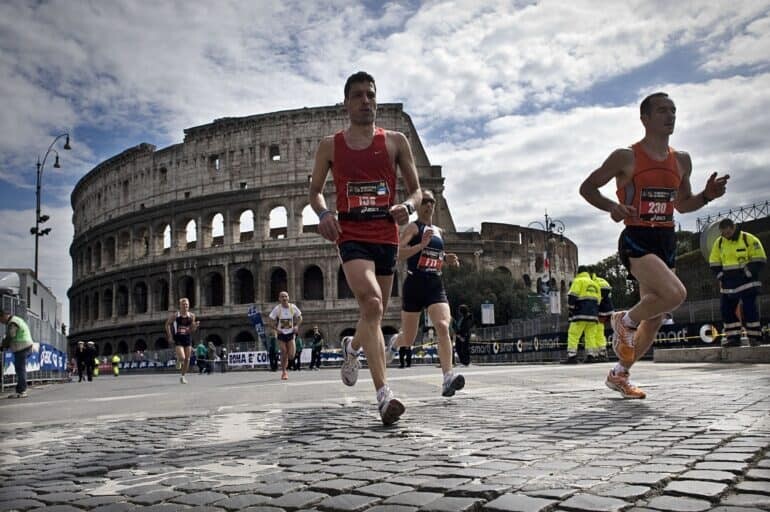
Rome runs with you! Are you ready to answer the call? 27 March 2022, 27th event. Make an appointment with history and with your story. Rome is waiting for you and will run with you for 42.195km, supporting you, embracing you. Dream, run, have fun, get excited. Become a marathon runner in the Eternal City.
Run Rome The Marathon will once again be a great celebration of running and sport, starting at 8.30am at Fori Imperiali, the place that has always been a symbol of the Rome Marathon. After the dawn of the latest event, we hope that the sun never sets on this new day.
The route
Run Rome The Marathon is a journey in the Eternal City that will make you fall in love with the race and the marathon, forever. The beats of your heart will be in synch with those of the other participants in the race.
With them you will share the entire journey of wonders: starting from the Fori Imperiali, you will go past the Vittoriano; in Piazza Venezia, you will gaze at the Circo Massimo, you will feel the breeze of the Lungotevere, and then you will pass the Castel Sant’Angelo and Viale della Conciliazione with the Basilica di San Pietro, the Foro Italico, the Mosque, Piazza del Popolo, Piazza di Spagna with the famous staircase of Trinità dei Monti, Piazza Navona, via del Corso and much more. 35 monuments and historical sites in 42km: a world record.
Register now!
Registration for Run Rome The Marathon is already open, and already thousands of foreign participants have signed up, mainly English and French, who have endless love for Rome and its marathon.
Registrations are also open for the other two events of Run Rome The Marathon: the Run4Rome relay that you can take part in with a team of 4 people and which always has a strong, supportive atmosphere, and the Stracittadina 5k Fun Race, giving anyone the chance to walk or run.
It’s time to dream again, to be embraced by Rome once more, for this city with an endless history that loves to run and live for eternity. Rome is waiting to embrace all the marathon runners in the world.
Accommodation — In the accommodation section of the official Run Rome The Marathon website there are various offers for booking 3 or 4 star hotels, for one, two or more nights, so that you can enjoy Rome beyond the marathon, the museums, the historical sites, the Italian cuisine and various experiences, all in agreement with the marathon.
(12/21/2021) ⚡AMPby Athletics Weekly
Run Rome The Marathon
When you run our race you will have the feeling of going back to the past for two thousand years. Back in the history of Rome Caput Mundi, its empire and greatness. Run Rome The Marathon is a journey in the eternal city that will make you fall in love with running and the marathon, forever. The rhythm of your...
more...Scottish veteran Paul Forbes smashes 800m world masters record
Scottish veteran and three-time Commonwealth Games competitor smashes M65 indoor mark with 2:15.30.
Glasgow 12’s Fun Day & Glasgow AA Yuletide Open Graded Meeting, December 18 Almost 40 years since he reached the 1982 Commonwealth Games 800m final (a feat he repeated in 1986), Paul Forbes broke the world M65 indoor 800m record with a 2:15.30 clocking.
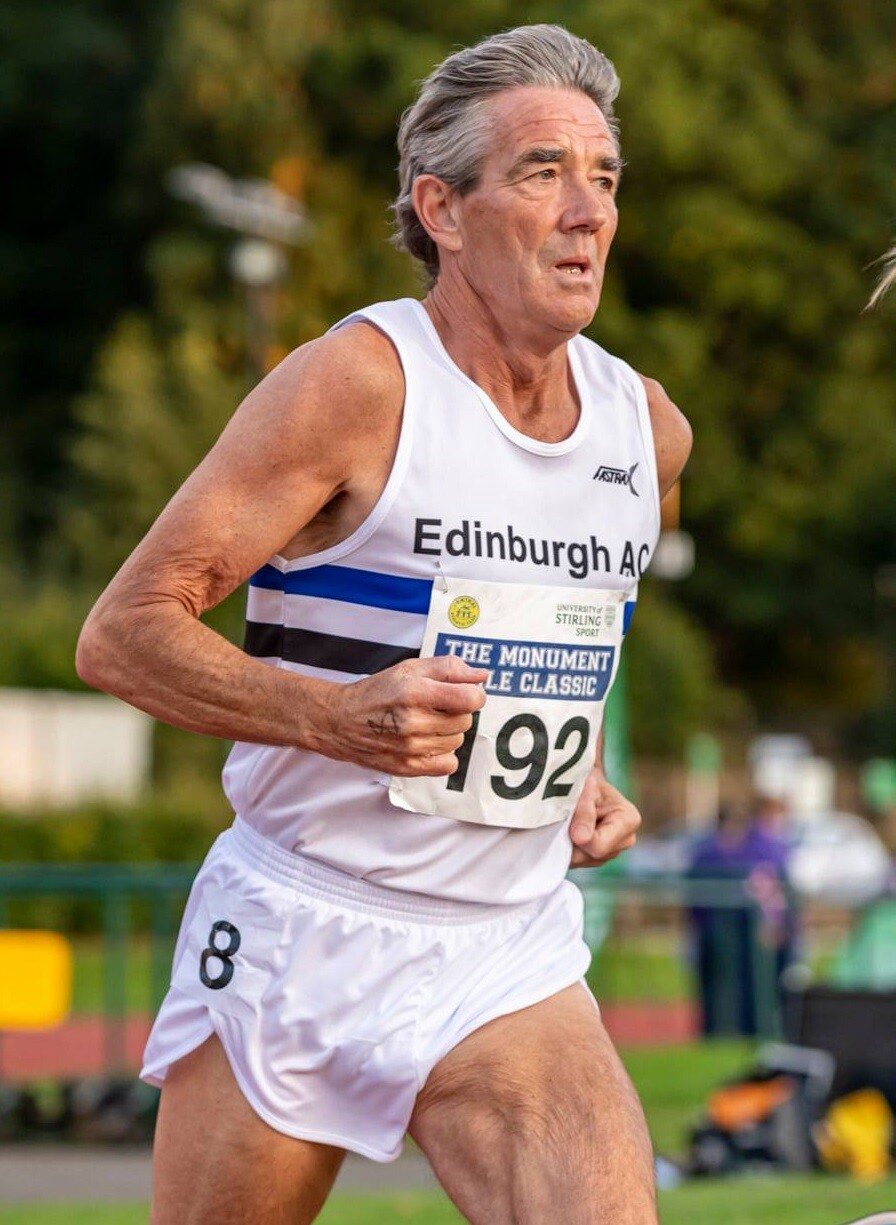
The time is half a minute outside his lifetime best – 1:45.66 set in Florence in 1983 behind world silver medalist Rob Druppers’ 1:45.12.
Forbes finished third in his heat behind Cumbernauld’s Dylan Drummond, who is 45 years his junior and who won in 2:01.49, plus Scottish M40 Stephen Brown (2:09.25).
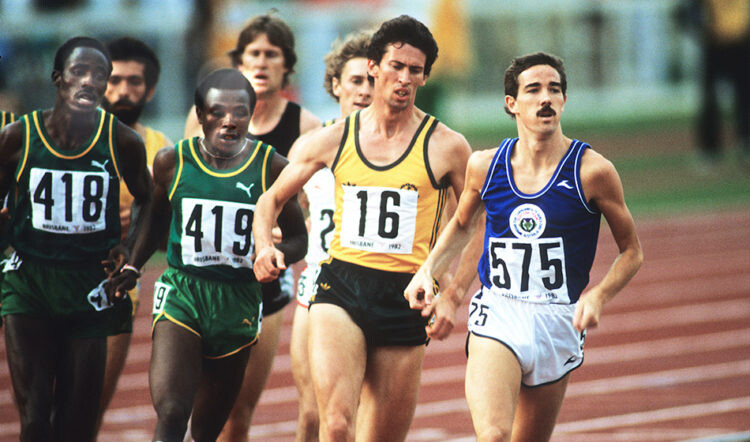
Showing the great range of ages in the race (a 51-year age gap), behind Forbes came 14-year-old Lydia Simon in sixth and first woman in 2:20.75.
Forbes began as a cross-country runner and won the Scottish East District Junior Boys Championships in 1969 and he was sixth that season in the Scottish Championships. In 1973 he won the Scottish Schools 1000m steeplechase title and then won over two laps in 1974 in 1:58.0.
In the Scottish Under-20 Championships he was second in 1:56.5 but ahead of future Commonwealth Games 1500m medalist John Robson and in 1975 he won the AAA Junior title in 1:50.1 and made the European Junior final that year in Athens where he placed eighth.
Forbes won the UK title in 1982 in a championship best 1:46.53 narrowly ahead of Steve Caldwell (1:46.65) and Peter Elliott (1:47.76) and he also ran for Scotland in the 1978 Commonwealth Games where he was a semi finalist.
After his successful senior career – spanning three Commonwealth Games – he had a complete break in his 30s before later returning as a master and he was involved in a stunning battle with Alastair Dunlop in the Scottish Championships in his first major race as a vet with Dunlop edging home in 2:00.60 to Forbes’ 2:00.61.
After that 1997 race Forbes said he felt he was capable of a world masters record if he could train seriously but the world record ultimately took nearly another 25 years with injury regularly scuppering his ambitions.
He competed in the European masters 10km as an M45 in 2005 and ran a few other masters road championships before eventually re-focusing again on the track.
He made another comeback as a M60 – finishing sixth in the World Masters 800m at Toruń in 2019 and winning the Scottish and British masters indoor titles in 2021 at the age of 64 – but it was turning 65 in November that gave him the opportunity to make a real mark in the masters.
The previous best was held by Ireland’s multiple world age-group champion Joe Gough with 2:16.65 in Dublin in 2018.
Forbes’ 2:15.30 is his fastest in recent years, equaling his outdoor best of 2021 and is even faster than the outdoor UK M65 best.
The Scot’s run took an astonishing nine seconds off of Pete Molloy’s UK indoor best of 2:24.48 set in 2014 and is even fractionally quicker than Dave Wilcock’s M60 UK indoor record of 2:15.60.
(12/21/2021) ⚡AMPby Steve Smythe
Do these things to recover faster after your race
After running a half marathon, the last thing you’ll want to do is more work. But taking the time to properly recover can prevent long-term injury and get you back into shape sooner.
Richard Neitzelt, PT, DPT, SCS and Katherine Wayman, PT, DPT, SCS, physical therapists at The Ohio State University Wexner Medical Center, offer some advice on recovering in the first few hours after your race.
Take these four tips into account after your next race and you’ll be on your way to feeling better in no time at all:

1. Stretch right away
Neitzelt explains that stretching isn’t guaranteed to totally prevent oncoming muscle soreness, though it does provide an opportunity to improve your flexibility and expedite the healing process. Exercising loosens up and brings blood to your muscles, making them more willing to stretch. Stretching within the first 15 minutes following the race takes advantage of this state and can leave your muscles more flexible than they were before the race.

Post-race stretches should be static rather than dynamic, meaning they don’t involve extra movement. Static stretches involve holding the muscles in a stretch for an extended period of time, typically around 30 seconds. Static stretches are repeated two to three times on each muscle and have the added benefit of allowing the body to mostly rest, which lets the muscles start replenishing spent glycogen.
Neitzelt suggests focusing on muscles that you know are usually tight or weak and returning to these spots multiple times during the post-race cool down. A foam roller or massage stick can also help target a specific area and massage the muscles more deeply than a regular stretch would, bringing in extra oxygen and blood flow.
2. Change into warm, dry clothes
The clothes will help keep your muscles warm and let them ease back to normal. Leaving your muscles exposed leads to a rapid decrease in temperature that will force them to tighten up before they’re ready.
3. Grab a snack
Eating is necessary to give the body fuel to start putting itself back together. Recovery doesn’t start until you bring in nutrients. Wayman suggests a balance of carbs and protein, offering a turkey sandwich or a smoothie with whey protein as easy, effective options. Sodium and a little sugar are also helpful, so have some pretzels and drink fruit juice along with plenty of water.
"Replenishing fuel and fluids is absolutely IMPERATIVE after a race. Everyone wants to train like they’re an elite athlete, but no one wants to recover like one," says Wayman.
4. Take a nap
After stretching and eating, you’ve put your body on the path to recovery. Get home and shower, then try a 15-minute ice bath for your lower body. After that, take a nap or just let yourself rest.
Taking care of your body is an ongoing effort, and the hours immediately following the race are crucial.
Proper recovery is necessary to get your body back into shape without any problems. Running a half marathon leads to a lot of wear on the body, even with proper training. Starting recovery right away means your muscles will spend less time in their worn-out state, avoiding damage and getting you back to pre-race shape sooner.
(12/21/2021) ⚡AMPby Noah Mastruserio
Sebastian Coe states stand on vaccination of athletes
World Athletics will not force athletes to be vaccinated against Covid-19.
But the world track and field governing body’s President Seb Coe maintains that it would be prudent for the athletes to get the jab “for the greater good.”
In the last few days, world sport has felt the effects of the latest Omicron variant of the coronavirus with several English Premier League matches suspended to curb the spread of the virus.
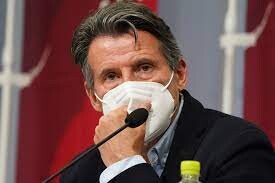
On Friday, agencies reported that Manchester City manager Pep Guardiola was forced to cancel a pre-match press conference after returning an inconclusive coronavirus test result.
AFP reported that Guardiola must now await the result of a follow-up PCR test before finding out if he will be able to lead the English champions for Sunday’s trip to Newcastle.

Also, the Confederation of African Football on Thursday announced that supporters attending matches at next month’s Africa Cup of Nations in Cameroon will be required to show proof of vaccination and present a negative Covid-19 test result.
In a Zoom interview with Nation Sport on Friday, Coe said World Athletics was studying the situation but would not force athletes to get the vaccinations.
Coe said he had just held discussions with Stephane Bermont, World Athletics’ director of health and science department, about the challenges athletics will be confronted with in a few months.
“We don’t understand yet as much as we need to about Omicron, and it will be a few weeks before we understand, through the data, the full impact,” Coe responded to a Nation Sport question.
“But we have to assume that for the moment, and for the next few weeks, there are going to be some difficulties. My personal view — and I’m not really speaking on behalf of World Athletics, but I guess it’s inevitable that I do — is that I’m always aware about personal liberties,” Coe explained regarding vaccination.
“I’m not comfortable about telling athletes they have to be vaccinated — there may be good reasons why they choose not to be, and there may be health reasons why they choose not to be…
“But all I’d say, if they have the ability or potential to be vaccinated, I think it’s a sensible approach (to be vaccinated).
Coe noted that while he’s not forcing athletes to be vaccinated, individual countries are going to be more demanding about everybody, and vaccination may be inevitable.
“My advice to athletes is if you have the ability to get the vaccine, it is probably a sensible thing to do, but I’m not yet at that point where I need to be mandating or telling athletes that they have to do that.”
Coe noted that the vaccination debate is more than an athletics issue, stressing that communities around the sport must also be kept safe.
“We don’t want (to host) events that are super spreaders. We have to be mindful of those communities that we join, and which host our events because we don’t want to leave them with rising numbers – it’s not just the welfare of athletes but also the welfare of communities that host our events.”
(12/21/2021) ⚡AMPby Elias Makori
What All Runners Should Know About Protein
Every runner knows they need carbs, but protein is just as crucial to muscle recovery after a workout. It repairs muscle damage, diminishes the effects of cortisol—the so-called "stress" hormone that breaks down muscle—and, when taken with carbohydrates, speeds your body's ability to replenish its glycogen stores, your all-important energy source for those long runs during marathon season. If you've ever "hit the wall" or "bonked" in a marathon, you know what it feels like to deplete your glycogen reserves.
The 30/30 Rule
To gain the full benefits of protein's power, most sports dieticians and nutritionists recommend getting 10-20 grams of protein within 30 minutes of finishing a run, and some say even sooner—that's when your muscles are the most receptive to a helping hand.

The amount of protein you eat matters; 10 grams is a baseline and 20 grams is optimal, according to Deborah Shulman, who holds a doctorate in physiology. Much more protein than that won't do you any good. A 2009 study published in the Journal of the American Dietetic Association found that consuming more than 30 grams of protein in a single sitting didn't help muscles any further than more moderate amounts. Call it the 30/30 Rule: eat less than 30 grams of protein in less than 30 minutes post-run.
Healthy Protein
What kind of protein is best? The folks at the Harvard School of Public Health recommend fish, poultry and beans. Sure, a big juicy steak will do the trick, but it comes with a price: loads of saturated fat. A 3-ounce serving of salmon (about the size of a deck of cards or a woman's palm) gives you 17 grams of protein and only 2 grams of saturated fat. Beans do fish one better: a cup of cooked lentils has 18 grams of protein and less than 1 gram of fat.
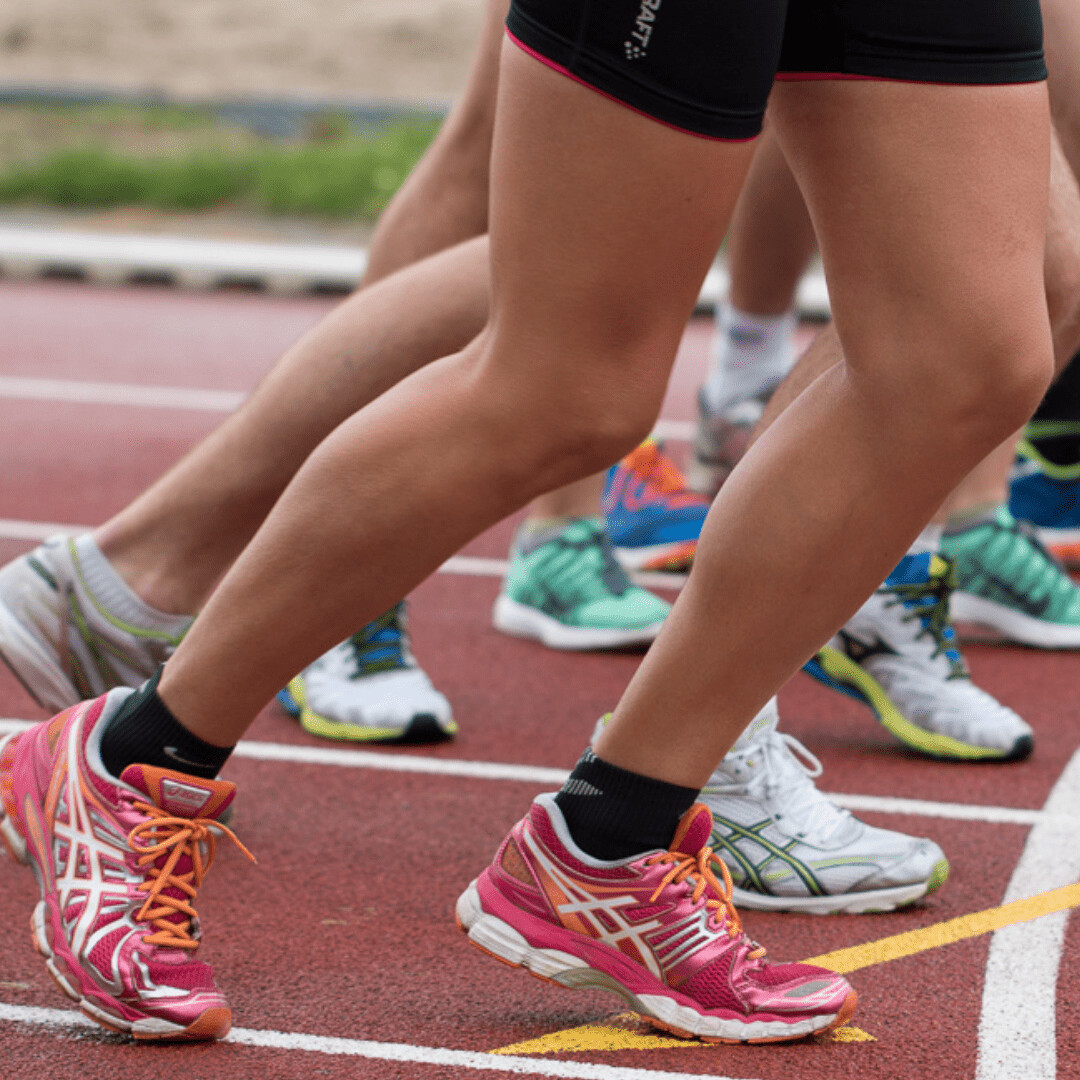
Don't have the time or inclination to cook up a meal? Many athletes fuel post-run with a smoothie or protein shake. Just be sure to watch those protein amounts—some shakes carry a wallop. According to dietician Matthew Kadey, excess protein, like excess everything else, can be converted into fat.
Carb-to-Protein Ratio
Be sure to hydrate and eat plenty of carbs too. Remember, carbs and protein work together to replenish your glycogen stores more efficiently. The jury is still out on the ideal ratio of carbs to protein, but most sports nutritionists say to aim for a 3:1 or 4:1 ratio for your post-run meal, especially when you've run for an hour or longer.
Here's a handy formula from Running Times magazine to figure out how many carbs you should be eating at mealtime: divide your weight in half. That's your magic carb number. You can extrapolate your protein intake from there by dividing that number by three or four.
For a 125-pound runner:
63 grams of carbs, 21 grams of protein in a 3:1 ratio
63 grams of carbs, 16 grams of protein in a 4:1 ratio
And when in doubt, just remember the 30/30 Rule: eat less than 30 grams of protein in less than 30 minutes after a run.
(12/20/2021) ⚡AMPby Karla Bruning
Try this unique interval workout to become a better racer
In an ideal race, you start out running at your goal pace and you run that exact speed until you reach the finish line. Of course, a real race rarely plays out like that, especially if you’re running on a course with undulating terrain (hello, trail runners) or rolling hills.
Downshift intervals are a great way to practice adjusting your pace mid-run and teach you how to recover your pace after a burst of harder effort.
Example workouts
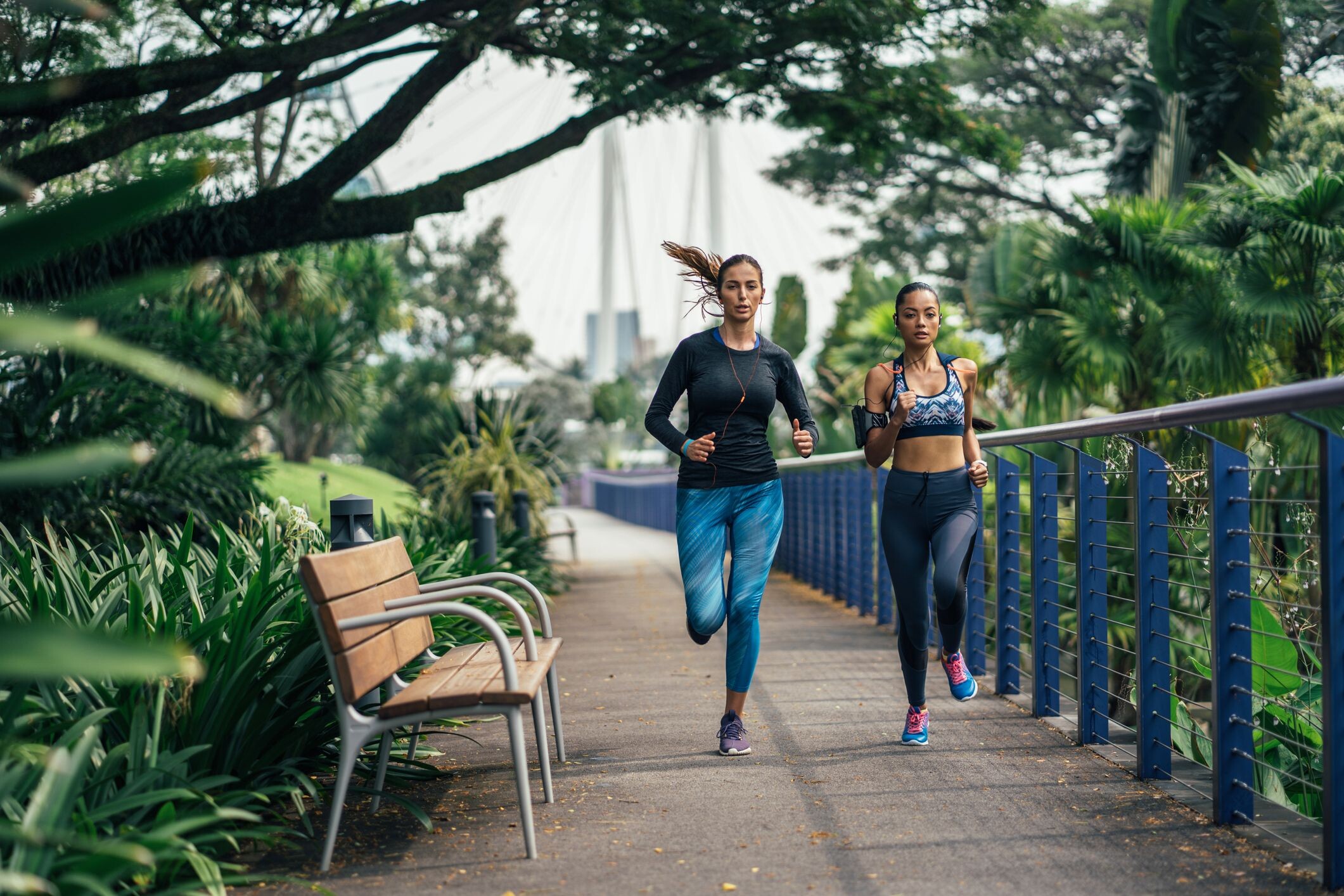
The idea behind downshift intervals is simple: start your interval at a pace that is intentionally much faster than your goal pace, then settle into your goal pace for the remainder of the interval. Here are a couple of examples:
For a 5K or 10K: Run 30 seconds at your 1,500m pace, then slow down to 10K pace for 2.5 minutes, so the entire interval is 3 minutes in length. Repeat this 4-8 times (depending on your fitness level), with 1-1.5 minutes of rest between each interval.
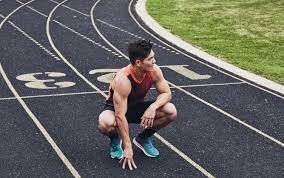
For a 1/2 marathon or marathon: Run for one minute at your 5K pace, then slow down to half-marathon pace for 4 minutes. Repeat this 4-8 times (depending on the length of your race), with two minutes rest between each interval.
While these are just two examples of a downshift interval workout, you can apply this structure to any workout where you’re running multiple intervals of the same length. Of course, not every workout should be done this way (there are benefits to practicing holding a consistent pace throughout an entire workout), but this style of training can inject a bit of fun into your speedwork and help you practice a different race-specific skill.
(12/20/2021) ⚡AMPby Brittany Hambleton
World 100 meters champion Christian Coleman to make his return from 18 months suspension at Millrose Games
Christian Coleman, who served an 18-month ban for breaching anti-doping whereabouts rules, plans to race for the first time in nearly two years at New York's Millrose Games, the American told Reuters.
Millrose Gemes will be his first since February 2020 after the COVID-19 pandemic and the anti-doping suspension curtailed the 25-year-old's career.
"I think it will be emotional to get out there and finally display my talents again," the indoor 60m world record holder said by telephone from Lexington, Kentucky, where he trains.
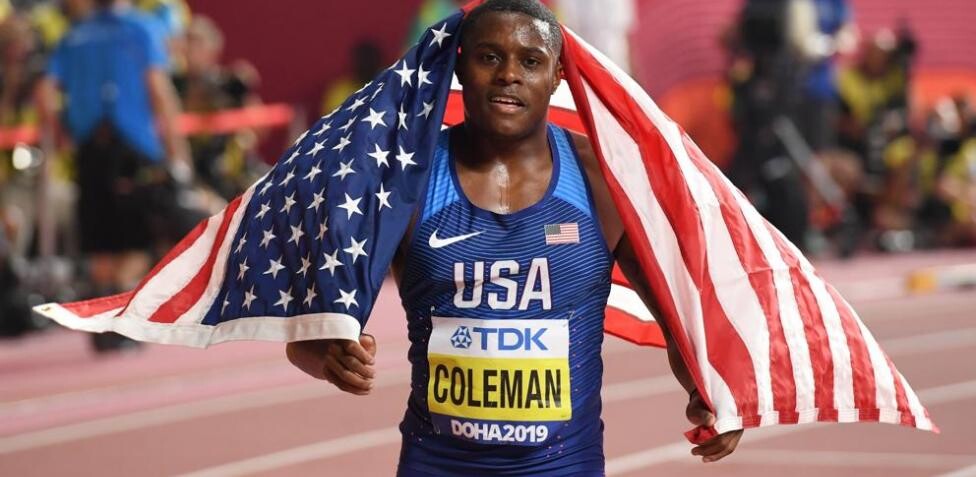
The Atlanta sprinter had been given a two-year suspension by an independent tribunal of track and field's Athletics Integrity Unit (AIU) before it was reduced to 18 months by the Court of Arbitration for Sport (CAS).
Under the so-called whereabouts rule, elite athletes must make themselves available for random out-of-competition testing and state a location and one-hour window where they can be found on any given day.
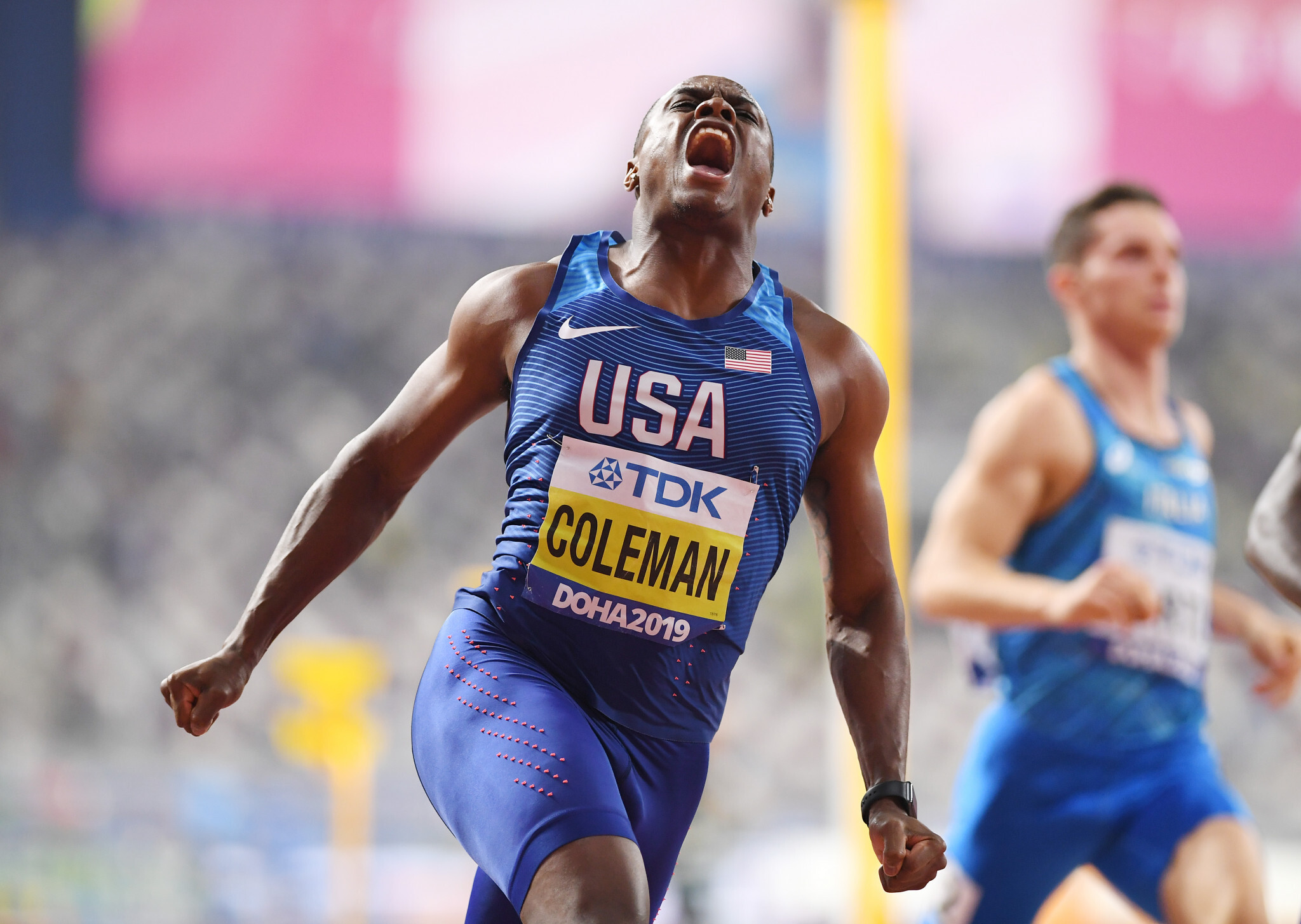
"I think it comes down to being more responsible," said Coleman, 25, who has never failed a doping test but was suspended after three failures to be at a location provided to anti-doping officials.
"Those are the rules and I just have to do better."
An alarm on his phone that reminds him to update his schedule daily and a new doorbell that alerts him to visitors are helping to prepare for testers, he said.
Training continued throughout most of the suspension, which ended in November, and he had begun speed work, Coleman said.
He does not see Millrose as just a trial run.
"I want to win," said Coleman. "I think I have a higher standard for myself than just being back out there and being average."
He said he would see how his body feels before determining his indoor season, though defending his world indoor 60m title in March in Belgrade is definitely on his schedule.
"The ultimate goal is to be ready for the world (outdoor) championships" said Coleman.
That meet in Eugene, Oregon in July will be the first World Championships held in the United States.
Whether Coleman will just defend his 100m title or add the 200 remains to be seen but he plans to run both during the regular season.
While he said he had "come to terms" with missing the Tokyo Games because of his suspension he wants to compete in Paris in 2024 and Los Angeles four years later.
Beyond that, Usain Bolt's 100m world record of 9.58 seconds remains on his bucket list.
"As time goes on, I think it is possible," said the American, who ran a personal best of 9.76 in winning the 2019 world championships.
Coleman said he wanted to be remembered as "one of the great competitors in sport".
"I want people to think of me as one of the legends, one of the great sprinters who have come through the USA ranks," he added.
(12/20/2021) ⚡AMPby Gene Cherry
NYRR Millrose Games
The Pinnacle of Indoor Track & Field The NYRR Millrose Games, first held in 1908, remains the premier indoor track and field competition in the United States. The 2025 edition will once again bring the world’s top professional, collegiate, and high school athletes to New York City for a day of thrilling competition. Hosted at the New Balance Track &...
more...Olympic Bronze Medalist Molly Seidel has started a YouTube channel
Her first video gives you a behind-the-scenes look at her trip to the New York City Marathon.
Molly Seidel fans have another place where they can follow along with their favorite runner. The Tokyo Olympic bronze medalist has started her own YouTube channel, and her first video, which follows her during her trip to the New York City Marathon, is full of that goofy charm we’ve all come to know and love from Seidel, along with a few snot rockets.

Barely three months after her incredible third-place finish at the Tokyo Olympic Marathon, Seidel finished fourth at the 2021 New York City Marathon in 2:24:42.
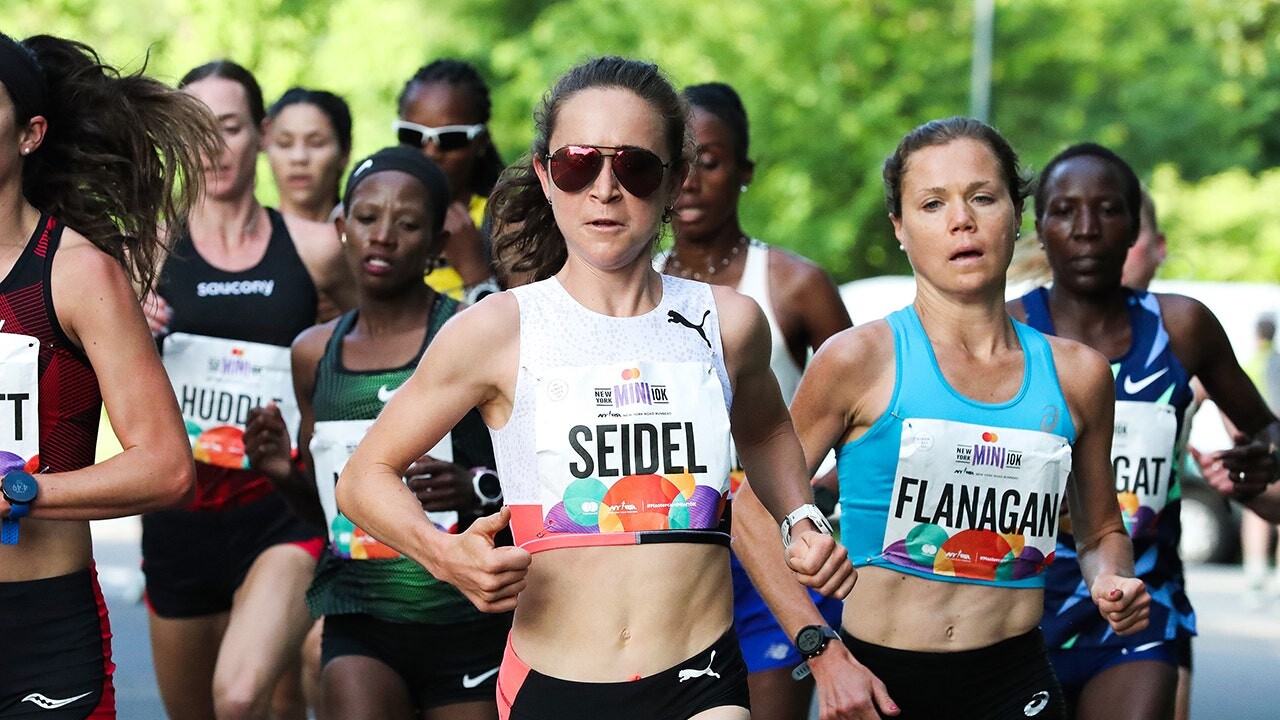
Her time broke the previous American course record of 2:25:53, set by Kara Goucher in 2008. She revealed after the race that she had fractured a few ribs during her build-up to New York, making her performance through the five boroughs even more outstanding.
“This was truly one of the most challenging marathon builds I’ve ever had to do — mentally and physically,” Seidel says in the video. “Just getting through the amount of pain, the de-motivation after the Olympics, dealing with the pressures that now come from being an Olympic medalist and the eyes on you.”
(12/20/2021) ⚡AMPby Brittany Hambleton
Here’s How Many Minutes of Running It Takes to Boost Your Mood
A new study suggests it doesn’t take much aerobic exercise to feel an emotional lift.
Just 10 minutes of moderate-intensity running can create significant enough effects in the brain to improve executive function and mood regulation, new research shows.

The reason for this may related to a region of the brain called the bilateral prefrontal cortex, which plays a major role in executive function and mood. Running seems to simulate this area.
Although you might swear by a long run to change a crusty mood, new research suggests you could get that lift even before your first mile is over. A new study in the journal Scientific Reports notes that just 10 minutes of moderate-intensity running can create significant enough effects in the brain to improve executive function (the mental processes that help us plan, pay attention, remember instructions, and balance multiple tasks) and mood regulation.
Researchers recruited 26 healthy participants and had them complete both a 10-minute running session on a treadmill done at 50 percent VO2 max and a resting control session. Executive function and mood were determined using established research tools for each, and were tested before and after both running and resting.
Running resulted in a considerable boost to function and emotional response, according to study lead author Hideaki Soya, Ph.D., professor at the Laboratory of Exercise Biochemistry and Neuroendocrinology at University of Tsukuba in Japan.
He told Runner’s World that the mechanism is likely related to a region of the brain called the bilateral prefrontal cortex, which plays a major role in executive function and mood. Running seems to simulate this area, he said, and this may induce an immediate change in neurotransmitters like noradrenaline, acetylcholine, and dopamine, which have all been found in previous research to affect cognition and mood regulation.
While exercise of any type may have an effect, there’s something distinctive about running, Soya added.
“Given that running is a whole-body locomotive exercise, it requires more control for coordinated movement and balance,” he said. “For example, the prefrontal cortex is engaged for coordinated action. That tends to be lower for an activity like bicycling, which doesn’t require as much coordination or weight-bearing demand.”
Although the study is limited due to its small number of participants, it’s far from the only research to suggest there’s a connection between running and mental health. For instance, a research review that included 116 studies found running improve mood even if it was done only once.
The best takeaway from the recent study isn’t just that 10 minutes will give you a boost, it’s that you can get that even if it’s the very first time you’ve ever run, or if it’s been years or decades since you last ran.
“Our experiments always use minimal exercise models, and this one shows that a single session of 10 minutes makes a difference, whether you run regularly or not,” said Soya. “Based on this assumption, it’s possible there’s a greater effect if you run for longer, especially because it may enhance other parts of the brain.”
(12/20/2021) ⚡AMPby Runner’s World
How one runner made a bucket list trail running trip into reality - The Dream: Running Hut-to-Hut in the Dolomites
By Andy COCHRANE
I was no more than 8 years old when I saw my first photo of someone running in the Dolomites. Red windbreaker, dark shorts, storm brewing over a line of jagged peaks. I cut it out of the magazine (don’t tell my mom) and still have it in my wallet today. For years, trail running in the Italian Alps wasn’t on my bucket list; it was my bucket list.

This fall, I finally got to check it off. Along with two friends and my coach Magda Boulet, I flew to Venice and drove north into the Dolomites. We spent a week running from hut to hut, meandering 20 miles each day, stopping for cappuccinos and strudel and staying at small, family-run rifugios high up in the mountains.
It was a trip of hearty laughs, long meals, stout climbs, loose descents and a handful of exposed ledges to tiptoe across. But the top of the long list of highlights was the people we met. The kindness and care we received from total strangers was unlike anything I’d ever experienced.
Route & Rifugios
We worked with a local guiding company, Dolomite Mountains, that made our planning easy. They offered suggestions on trails, places to sleep and peaks to climb. Our route took us 100 miles from San Candido to Compatsch, along a few of the major thoroughfares. We ran through the Sesto subgroup of mountains, on the border of Italy’s German-speaking South Tyrol and the Italian Veneto region, which was the frontier of Austria and Italy in World War I.
Many of the trails here were developed by soldiers– old trenches, defensive barricades and forts are still visible in many places. On our first day we ran under Tre Cime, a trio of peaks that reminded me of home in the Tetons. We continued through remote valleys and high passes in Fanes-Sennes-Braies Nature Park, through the iconic Alta Badia valley, past Puez Nature Park to Val Gardena, through a beautiful alpine meadow called Alpe di Siusi, then summited Plattkofel and climbed up Rosszahnscharte, our last major pass, before running all the way down to Compatsch.

For the first two days we were led by Paolo Posocco, a local runner and incredibly knowledgeable guide, who offered a steady buffet of insights on the ecology, history and trails of the area. After two days with Paolo, we were sad to see him go– and still stay in touch to this day.
There are dozens of bucolic rifugios, but a few stand out from the rest. Drei Zinnen Blick is in a valley adjacent to a beautiful lake, close to Tre Cime. Rifugio Fodara Vedla is perched high in the range, with no cell service and warm and friendly hosts that make you feel like family. Rifugio Sassopiatto has some of the best views, perched on a ridgeline. Gostner Schwaige, a small restaurant near the very end of our run, was hands down the best food we had all trip.
Weather & Seasons
We spent the last week of September in the Dolomites, which is squarely in the fringe season. With cool temperatures (we had more than one frosty morning), leaves changing color and admittedly fickle weather, I think it was the perfect time to visit. There were considerably fewer tourists than during the peak seasons, making trails more fun to run. Midday rifugio stops were quieter and we had a lot more options for places to stay, making our interactions with hosts and immersion into local culture that much more intimate.
Gear We Used & Loved
Outdoor Voices Exercise Dress– OV only recently started making gear for the running scene and hit the mark with this dress. Breathable fabric, adjustable straps, two pockets and a built-in liner make it great for long days in the mountains.
Outdoor Voices Fast Track Shortsleeve– Less is often more. This running tee is comfortable, breathes well and is lightweight, everything I ask for in a good running base layer.
Stio Fremont Stretch Fleece Jogger– We had a lot of cold mornings when shorts wouldn’t quite cut it. These breathable fleece tights move with you and are some of the comfiest tights we’ve ever tested.
Stio Alpiner Hooded Jacket– A must-have layer for any high-output alpine missions, the Alpiner rarely overheats even when you’re sweaty. Stretchy and water resistant, it was perfect for our cool, misty days.
Tracksmith Brighton Base Layer– One of the brand’s most popular pieces for a reason. With a Merino wool mesh that’s more open around the core, it keeps your extremities warm while not overheating the rest of you. Plus it’s odor resistant, which is a huge bonus on a week-long trip.
Tracksmith Off Road Shorts– Designed for long days on the trail, these 2-in-1 shorts have a light outer layer with compression shorts underneath, a back belt for carrying an extra layer, two waist pockets for snacks and liner pockets for your phone or keys.
Ciele ALZCap– The newest iteration of the widely popular GOCap, it has more mesh coverage to maximize breathability and a more fitted, low profile look than previous versions.
Skida Nordic Hat– The brand’s first product hasn’t changed in years, for good reason. Originally designed for cross country skiing, we found the Nordic hat to be perfect for fall running. It wicks moisture while keeping you comfy and warm, and is easy to stow when not in use.
Brooks Catamount Trail Shoe– The trails in the Dolomites are rocky and rough, which means a shoe with good traction is key. With a unique rubber grip, foam cushioning and a protective midsole layer, the Catamount helped us get up and down half a dozen mountain passes.
Coros Apex Pro Watch– With an incredibly long battery life, accurate tracking and well-designed mapping features, the Apex Pro played a key role in keeping us on route and on time.
(12/18/2021) ⚡AMPby Trail Runner Magazine
Professional singer caught cutting course at Vienna City Marathon
On Sept. 12, British musician James Cottriall ran the Vienna City Marathon, setting an eyebrow-raising personal best of 2:56:46. Upon a further breakdown of his result by Derek Murphy of marathoninvestigation.com, it became obvious that Cottriall’s cut the course on an out-and-back route between 32 and 35 kilometres, clocking a world record 5K split of nine minutes.
Cottriall was on pace for a 3:10 to 3:15 marathon at the 30K mark when he decided to cut the course. What made his activity more suspicious was the singer’s uploads on his Strava page: “I am feeling ready, it’s time to break 3 hours! The training is done, my legs are prepared!” Clearly, he said the sub-three-hour marathon goal in his mind before the start of the race.
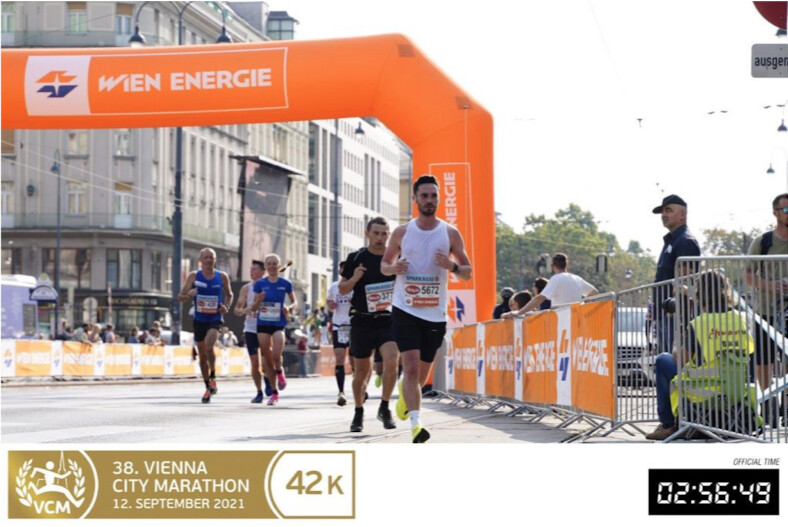

After the marathon, the singer did the media rounds, appearing on Austrian news shows and doing an interview with Heute.at, where he talked about beating Austria’s Labour Minister, Martin Koche, and how he ran the marathon off six hours of sleep while promoting his new album. Cottriall also spoke with Heute about his four months of training leading up to the race where he ran 100 km per week. But on further investigation, his highest training in last the year was one 90 kilometre week.
Cottriall crossed the line in 75th place and said after the race that breaking three was a lifelong dream. In 2019, Cottriall legitimately ran Vienna City Marathon in 4:03:51 and the LA Marathon in 3:55:04. “I am unsure of his motivation,” says Murphy. “He would have run a fast time and still shattered his marathon personal best even without cutting this small section.”
Earlier this year, Cottriall released his fourth album “Let’s Talk,” which was written throughout the various lockdowns in Austria. He has also appeared as Fauke on Austria’s version of The Masked Singer in 2020.
(12/18/2021) ⚡AMPby Marley Dickinson
Vienna City Marathon
More than 41,000 runners from over 110 nations take part in the Vienna City Marathon, cheered on by hundreds of thousands of spectators. From the start at UN City to the magnificent finish on the Heldenplatz, the excitement will never miss a beat. In recent years the Vienna City Marathon has succeeded in creating a unique position as a marathon...
more...The Long Slow Distance Run vs. Tempo
In the traditional marathon training plan, a long slow distance (LSD) run serves as the cornerstone. The LSD run is often prescribed as a weekend run, anywhere from 2-3 hours long, and run at a pace about 30-90 seconds slower than your goal race pace.
By contrast, the tempo run is much shorter and sometimes mixed into a training plan. Tempo works as a speed day when track workouts aren’t an option. The most common tempo run is about 30 minutes at a pace you can hold for the duration.
Recently there has been a lot of debate over which run is better in training for the half marathon and marathon. The new argument is that speed and endurance can be accomplished without spending early weekend mornings running long, slow miles. In addition, some argue that the long, slow run can lead to injury.

So is one really better than the other?
First, it’s best to understand what each training run does for your body.
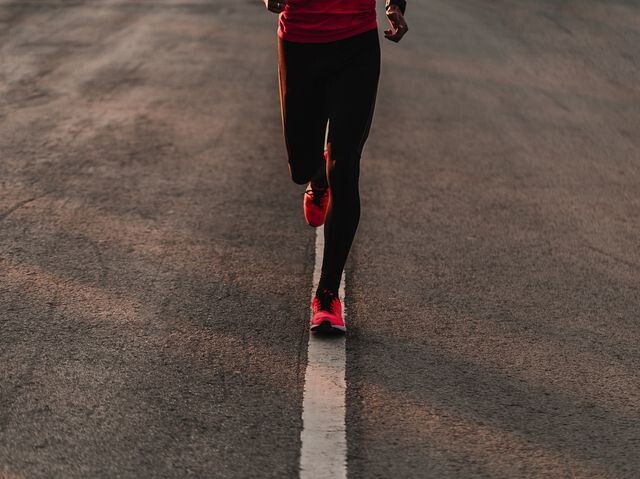
The LSD, according to running coach Brad Minus, is meant purely to build aerobic endurance.
“When running at a ‘conversational pace’ as I like to call it, the runner breathes more naturally,” he says. “By breathing more deeply the body is provided with more oxygen which translates into a higher capillary density, which, in turn, increases mitochondria.”
If you remember back to biology class, mitochondria are found in cells and are part of the respiration and energy production—both of which runners need.
“The more oxygen in the cells of the muscles, combined with glucose, makes more ATP which is the energy source that moves the muscles,” says Minus. “Endurance cannot be built without increasing the transport of oxygen.”
For newer runners, the long slow run can greatly improve their aerobic endurance and help them reach new distance goals. The newer the runner, the more they can benefit from a long, slow run. Often times, newer runners set a mileage goal for a long run and that also helps boost their mental confidence.
The tempo run will burn through energy more quickly but helps a runner increase the overall quality of training runs. These help a runner incorporate more race day scenarios, such as running hard when your legs become fatigued. Physiologically the tempo run increases a runner’s lactate threshold, the point at which your body fatigues.
In reviewing both the LSD and the tempo run, it would appear that the answer to this debate lies somewhere in the middle, and the long, fast run could be the answer to gaining both aerobic endurance and increasing lactate threshold.
“High-end aerobic endurance athletes thrive off lots of work ranging from long steady runs at marathon pace to runs done at threshold,” says running coach and two-time U.S. Olympic Trials qualifier Mason Cathey. “Alternating paces has been found to be very productive for slow-twitch athletes.”
According to Cathey, slow-twitch runners have better aerobic fuel systems, are not sprinters, and can handle longer runs. She prescribes a variety of runs to her athletes including long runs that incorporate fartleks and short tempos or progressive finishes.
“Speed endurance with anaerobic work is helpful for when we want to maximize performance, but we don’t want to do so much speed that we deteriorate on aerobic strength,” she says.
So there you have it—sort of. The best recipe is one that includes a variety of ingredients. Don’t be shy about pushing yourself with speed work, but maintain an LSD-to-tempo balance for best results.
(12/18/2021) ⚡AMPby Beth Shaw
The Four Pillars of Distance Running
1. Aerobic Conditioning
When the term “aerobic conditioning” is mentioned, miles and miles of running immediately come to mind—but that is only one aspect of aerobic conditioning.
I like to compare aerobic conditioning to communication—when communicating, you are attempting to get information or a message from a sender to a receiver through a medium or channel. Without any one of those aspects, the message does not travel. In aerobic conditioning, you are attempting to move oxygen from a sender to a receiver through a medium. The sending is done by your heart and lungs, and to maximize the those organs’ abilities to transmit oxygen, you need to develop more capillaries—which are built up by the body when an athlete performs an aerobic function for longer than 60 minutes (but are more effective for lengths of effort longer than 75 minutes).
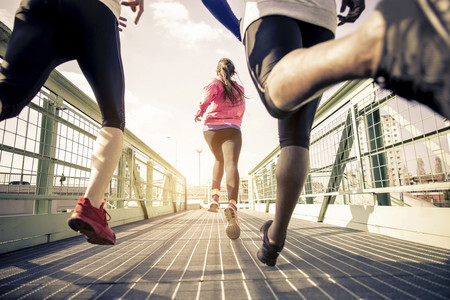
That takes care of sending, but what is the receiver? And, how is the ability to receive maximized?
The receiver is the muscles, and we increase the muscles’ ability to take on oxygen by training at or close to the velocity at which the maximum volume of oxygen can be moved, or vVO2max. vVO2max training is done as repeats in bouts of 90 seconds to about five minutes with a rest interval that is approximately equal to the duration of vVO2max effort.
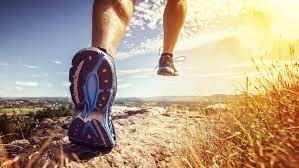
Last is the medium in which the oxygen travels. Well, we all know that oxygen is carried in red blood cells through arteries to the muscles, except for the veins, which carry oxygenated blood from the alveoli of the lungs back to the heart. So how is that process improved?
Being able to move in the most efficient manner possible.
Getting rid of the excess hydrogen ions in the blood that is broken down from lactic acid buildup due to burning glycogen without oxygen with higher-intensity running.
Efficient running (or running economy) is developed and improved by a combination of the next three pillars. Your body’s ability to get rid of hydrogen ions is developed by training at a velocity equal to about 80% to 90% of an athlete’s vVO2max. That is done by what is known as tempo running (which is closer to the 80% area), lactate threshold or cruise intervals (done at about 85%), and critical velocity, which is 90% to 91% and also has a vVO2max improvement component.
2. Speed or Anaerobic Condition
The next pillar of distance running is speed or anaerobic condition (which by definition means “without oxygen”). With regard to the high school cross country distance of 5k, science tells us that anaerobic use of fuel comprises about 7% of an athlete’s effort. That is where many coaches come up short in their application of anaerobic training.
That’s not to say that speed is the only thing it takes to make a distance runner. On that thought, in 1987, Bob Kennedy won the Kinney (now Footlocker) National Cross Country Championship. A year later, as a true freshman at Indiana, he won the NCAA National Cross Country Championship. He was the first native-born American to break 13 minutes in the 5,000-meter event and never ran more than 35 miles a week in high school—and, after that, about 45 miles a week as a pro with mostly speed work as a staple of his training.
High school coaches all over the U.S. got a hold of that information and created maybe the worst decade in American high school distance running in history. Running a 3200m in under nine minutes was rare in the 1990s. Where are we at now? At the last Arcadia Invitational, 14 runners finished faster than nine minutes in one meet. So, where does that leave us with speed? More than just training your body to use a fuel source without the use of oxygen, anaerobic speed training has several other functions.
First, running fast is a skill that utilizes a combination of strength, reactiveness, and coordination, all of which must work in unison to perform effectively. That skill is no different than hitting a baseball, throwing a football, or even shooting a basketball. If an athlete in any of those sports spends time not practicing those functions, they lose muscle memory for that skill. It is for that reason that speed work must be a part of a distance runner’s training, year-round.
Why does a distance runner need the skill of speed? The more comfortable a distance runner is at running fast, the easier it feels to run at an aerobic race pace and the more economical the athlete performs the function of running. Speed is an athletic movement. Endurance runners do well in distance races, but endurance athletes win distance races. Speed helps turn the endurance runner into an endurance athlete.
Several forms of speed training can be utilized to build the function of speed in the athlete. Speed training as basic as 60-yard strides at the end of a warm-up can be trained almost on a daily basis. Flys of 30-50 meters are also useful. The types of speed training utilized by most distance coaches are:
Speed
Speed endurance
Special endurance 1
Special endurance 2
Those distances go all the way up to 600 meters and build fast twitch, strength, and lactate tolerance. The variance of distances and speeds used together and sequenced properly in a macrocycle work together to prepare the athlete for the culminating event.
3. Strength and Mobility
If you wanted to build a V8 engine that can also go from 0-60 in a few seconds, you wouldn’t put that engine in the frame of a Pinto. That’s where this third pillar comes in—if you assign the work required to build a strong, aerobic, and fast athlete into a young runner without a strong athletic background, many stress-related problems will start to occur because their body just can’t handle it.
So, what type of strength does a distance runner need in order to handle the stresses of training required to improve? The basic answer is…all of it.
I like to build strength from the knee to the shoulder and all points in between. Start with the quadriceps to the hip flexors with the lunge matrix or band work, and the runner can handle the mileage required to build an aerobic engine. The abdominal and all the core muscles help the athlete hold form throughout the race; if that form breaks down, it could reduce the runner’s speed and efficiency while increasing the likelihood of injury.
The chest and shoulder strength come in at the end of the race—during the kick, extra upper-body strength is used to bring about that last bit of form and speed needed to win the sprint finish. Mobility comes into play with the reduction of stiffness of muscles and joints, which could adversely affect movement, cause reduced efficiency, and increase the risk of injury. Strength training should be performed throughout the year and macrocycle to an extent necessary to prepare the athlete to perform their best.
4. Rest
I’ve heard many coaches talk about how their athletes performed due to a specific type of training or workout, but athletes don’t actually respond to a program or workout—they perform as a result of recovering from the stresses of that program or workout. Rest is essential. The stress put on an athlete flexes the body—if they don’t recover from that stress, they cannot benefit from it. The various stresses create micro tears in the muscle and those tears need to heal. That’s where recovery comes in.
Rest in distance running comes in different forms at different times, and for different reasons. Easy running is a form of rest. The reason the athlete runs on a recovery day instead of no work at all is that the run elevates the runner’s pulse to above 120 beats per minute. That helps bring the healing blood to the damaged tissues from the hard workout and flush out the toxins created by the damage of the workout. Recovery days should be treated with as much importance as each hard workout day.
Another form of rest is sleep. The endurance runner experiences a stress that is unlike most other athletes, and most of the healing from that stress comes through sleep. An endurance athlete needs at least eight hours per night, and if that is not possible due to schoolwork or other factors, the coach should alter or reduce the training because the athlete is unable to properly recover from the workout.
The last type of rest is actual days off. During a macrocycle, a rest day can be done a few ways without reduction of performance. Once a week is the most popular among high school athletes; however, a high school athlete should not go more than 21 days without at least one rest day.
Outside of the macrocycle, the athlete needs a rest period more for psychological than physiological reasons. High school coach and physiology teacher Scott Christensen says a high school runner needs about six weeks off in a calendar year. Other coaches say that rest of longer than two weeks at a time leads to injury once the athlete starts back up. The best method is the one that works for your program and athletes, but they do need some form of a rest period following a season.
(12/18/2021) ⚡AMPby Jeremy Duplissey
Why You Should Reach for Your Trail Shoes for Winter Road Running
It's dumping snow outside my office window, and I'm watching the black pavement and gray sidewalk disappear under a blanket of winter white. Instead of plotting a treadmill run because of the weather, I'm gleefully getting amped up for a "trail" run right from my front doorstep. As a runner who likes road running and doesn't mind the occasional treadmill or track session, but thrives (heart, soul, and body) on the natural surfaces of trails, I welcome winter weather for changing up my neighborhood once in a while. Plus, I think it's just dang fun to laugh in the face of adversity and run in a snowstorm; in a short amount of time, it makes me feel like I can do anything.
Another situational bonus: In a winter snowstorm, I'd rather run out the door than clean off my car and drive through town on potentially icy roads to reach a trail.
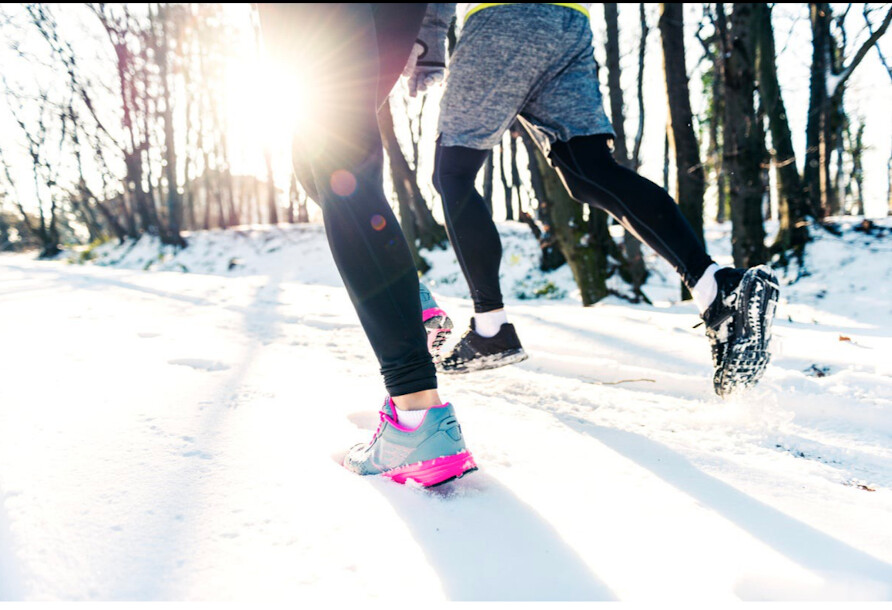
When the roads turn to trails because of a hearty snowstorm, sure, I pull on layers and gloves and a beanie. But I also reach for one key item of cold-weather gear: trail running shoes. Here's why.
Why Trail Shoes are Your Best Cold-Weather Running Shoes
No-Slip Grip
While road shoes have smooth outsoles, the toothy lugs on the underbelly of trail shoes are there to grip loose dirt, gravel, mud, and rocks. Coincidentally, they work great on snow. Road shoes all but guarantee a slip on snow and ice, while trail shoes dig in for secure footing. Choose trail shoes with especially luggy soles, opting for toothy protrusions of rubber over more-shallow tread patterns, for winter running.
Some trail shoes come with built-in, hard metal carbide spikes for extra icy conditions-just don't forget to take them off before walking across your nice wooden porch or interior floors.
(Note: An alternative or additional option for particularly slick winter surfaces is adding traction to any shoe; still, opt for trail shoes over road because of reasons below.)
Secure Foothold
Some road running shoes do a decent job of securing feet in place. Others skew more toward a sock-like fit, and can get away with the lack of support over the top of your foot because they're meant to run on smooth, flat roads. Trail running shoes, on the other hand, are built with heartier overlays, or, reinforcements of material that keep feet in place on everything from scree fields to off-camber trails cutting across the sides of a mountain. That kind of secure hold is what you want on snowy surfaces, where you never know just how much the snow is going to give-and subsequently, your foot is going to move-with every step.
Weather Protection
If you run in particularly cold or nasty winter weather regularly, or your feet tend to get cold to the point of pain on winter runs, opting for cold-weather trail running shoes made out of Gore-Tex or other winter barrier materials, like eVent, can help keep you comfortable. While there are a handful of road running shoe models available in Gore-Tex (Brooks Ghost GTX), more winterized options exist among trail running shoes. But even non-winterized trail shoes-without Gore-Tex or eVent uppers-can keep feet warmer than road shoes; the extra overlays and heartier materials of trail shoes add insulation.
Overall Burliness
To arm runners against pokey tree roots, pointy rocks and other natural features, trail running shoes are built with burlier materials than are road running shoes. Those burly materials both protect your feet from winter cold, and help keep shoes intact under the rigors of winter weather. Also, the lightweight midsole cushioning of many road running shoes can actually harden up under freezing temperatures, turning a usually plush road shoe to feel stiff underfoot. Most trail running shoe midsoles are selected to perform consistently under temperature ranges.
Also, there's an inherent, contagiousness of a trail shoe's burliness-it rubs off on the human stepping into them. Once armored with a rugged, durable, capable pair of trail running shoes, you're ready to head out the door and charge that winter weather for an oh-so-convenient, from-home trail run.
(12/18/2021) ⚡AMPby Trail Runner Magazine
How to Fuel Properly in Cold Conditions
For those who like to train outdoors throughout the winter months, we salute you. From slippery sleet to skin-peeling wind chill, there's seemingly nothing that can keep you inside. But if you're brave enough to face the cold, then you need to understand how to properly adjust your fueling for your wintry outdoor pursuits.
The season of layers can be a time to make a few important tweaks to your sports nutrition habits. That's because exercising in cold temperatures presents some unique nutrition and hydration challenges you're not faced with during the summer months. Make a few missteps and it could suck all the remaining warmth out of your winter training.
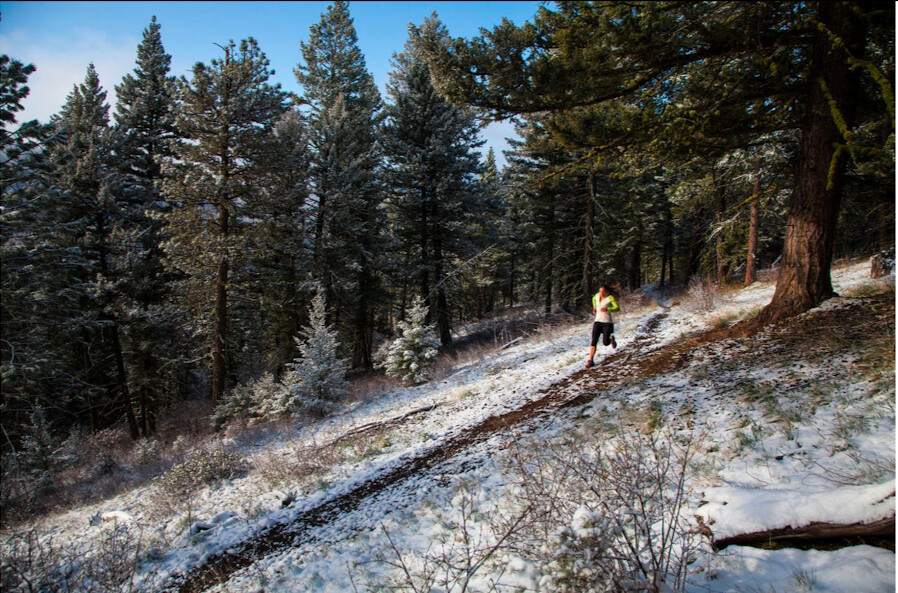
Here's everything you need to know to stay comfortable and safe while still performing at an optimal level-even when the weather outside is frightful.
You may be hungrier than usual
While you may run or ride the same route in warmer months without the urge to reach for the feed bag, that may not be the case during the deep freeze. In cold weather, it's normal for your body temperature to drop, which can stimulate appetite and drive up feelings of hunger. Hence, if you become chilled during winter exercise you'll likely find yourself searching for calories. You should permit yourself to eat-and, better yet, not get hungry in the first place.
Hunger pangs can increase the perception of effort, which may cause you to scale down the pace or prematurely call it quits. Also, eating stokes the furnace, generating heat and helping warm your body a degree or two. Food's overall warming effect is known as thermogenesis. Your body generates more heat when in a fed state than when you have an empty stomach. Think about that flushed feeling you have after polishing off a huge meal.
So eating not only provides fuel but also increases heat production (warmth). That means you should never let yourself get too "low" during exercise in the cold or you risk succumbing to hunger and a case of shivers.
There isn't much in the way of research regarding the impact that working out in chilly climates has on fuel stores. But we do know that your body is going to allow some additional energy above what is needed for muscular contraction for preserving body temperature and to warm and humidify the air you breathe when you exercise in the cold. These processes can be considered non-shivering thermogenesis and may necessitate the need to consume calories to compensate for. If you do end up getting really cold, research demonstrates that muscle glycogen is a primary fuel source to generate the heat needed in the body to combat any shivering that occurs. (Shivering is involuntary muscle tensing that generates heat.) So even if exercising at lower intensities, the onset of shivering can drain this vital energy source as the body further ramps up thermogenesis.
It's important to keep in mind that prolonged exhaustive exercise can itself lead to glycogen depletion which, in turn, could compromise your ability to maintain proper thermal balance and making it harder to continue your workout and raising the risk for hypothermia. Also, if you are wearing a lot of winter gear, you will burn a few more calories to carry the extra weight of layers of clothes, and any gear such as skis.
What this means is that for cold weather exercising lasting longer than an hour or so it is important to fuel yourself. This is due to food being used to fuel the body's increased metabolic needs in addition to providing energy for the exercise itself. You want to eat continually to replace carbohydrate stores that are being used for exercise and warming. If you don't replace this energy you will likely feel more fatigued than you would like and could become uncomfortably chilled. Plan to fuel yourself with 100-200 calories, 30 to 60 grams of carbs for every 30 to 45 minutes of activity. This can come from the usual suspects like gels, chews, bars and sports drinks.
Athletes who are not acclimated to exercising in the cold will likely tap into their glycogen stores to stay warm even more so than cold-hearty athletes. So an Alaskan triathlete will be more fuel-efficient (i.e. burning more fat, fewer carbs at a given work rate) during cold-weather workouts than a counterpart from Arizona.
And finally, winter athletes should carry an emergency food source, just in case some incident leaves you static in a cold setting. The extra food can help keep you warm.
Don't forget to drink up
One thing most athletes neglect in the winter is proper hydration, but it's not your fault-your brain's ability to detect thirst is compromised in the cold. This might be the result of less sodium loss through sweat than what occurs when working out in a hot environment. That means an athlete needs to make a more conscious effort to consume enough fluids to maintain a better hydration balance.
Although your fluid requirements in winter aren't as high as in the middle of summer when you're sweating buckets, that doesn't mean you can or should ignore your hydration needs when training alongside Jack Frost. You lose fluids just by breathing in the cold air because your body adds humidity (i.e. moisture or condensation) to warm the air in your lungs. You can see this vapor ("steam") when you breathe. When we exhale at a faster rate during exercise, a significant amount of water is lost into the air.
Add this to the perspiration that can still occur during cold exercise, especially if you are overdressed, and you can end up dehydrated, which will put a ding in your training pace or ability to continue with exercise. We may not realize how much we're sweating in the winter as the additional clothing absorbs much of our sweat. It does appear, however, that being in a hypohydrated state in cold environments does not negatively impact performance to the same degree or place as much of a strain on the body as it does during hot, humid climates.
There is no reason to drink gallons of fluid, but do your best to take in about 4 ounces of fluid for every 15 minutes of activity, especially if exercise duration is longer than 60 minutes. Since it's not advisable to drink to thirst when your thirst mechanism is compromised in the cold, set your watch to beep every 15 minutes as a reminder. Sodium losses will be less than when working out in steamy conditions, but it's still a good idea to include some in your hydration efforts if you are training for a long period of time to make sure levels don't dip too low. Aiming for anywhere from 300 to 600 milligrams for each hour of activity should suffice. Several sports drinks formulations can help you get this amount.
Turn up the heat on your hydration
When it comes to drinking during cold-weather exercise, warmer fluids are ideal. The problem with cold water is that it can start to chill the body thus requiring the use of more energy to stay warm. In summer, this cooling effect is helpful during exercise, but not so much when the snow is flying.
Athletes who aren't opposed to training in the great outdoors when temps have plunged have all sorts of hacks for preventing their fluid from turning into an icy slurry. Wearing a hydration pack can help keep your water close to your body and warmer than if it is carried in an external water bottle.You can also try covering a water bottle filled with warm liquid with a wool sock or a neoprene insulating sleeve. The wider the mouth of your water bottle, the longer it will take for water to completely freeze over your bottle's opening. Or make use of an insulated water bottle-just be sure not to fill it with boiling water, as it will remain too hot to safely drink when pushing the pace. Skratch Labs Hot Apple Cider Hydration Drink Mix provides easily digested carbs and electrolytes and is designed to be served warm to help you feel all cozy inside when training hard.
Recover with comfort foods and drinks
The best way to warm yourself up while simultaneously kick-starting recovery is to start refueling and rehydrating on hot carbs. Hot cider, hot chocolate, steaming soup, as well as oatmeal or even chili will all work. The warm food, added with the thermogenic effect of eating, contributes to body temperature recovery.
This recovery nutrition should include both carbohydrates and protein. The purpose of the carbs at this time is to replace the muscle fuel (glycogen) utilized during the chilly workout. The protein will help stimulate the development of new muscle tissue and also raise insulin levels to help drive more recovery nutrients into your muscles. So hot chocolate made with milk and some sweetener will deliver both carbs and protein. As will a hearty bowl of chili containing sweet potato and chunks of meat. A steamy bowl of oatmeal with some protein powder mixed in is another example of this dynamic duo that can warm you up from the inside.
Don't skimp on calories
There is a reason why polar explorers aim to pack on the pounds before their expeditions-extra insulation helps keep their bodies warmer when physically exerting themselves in a frigid environment. While you certainly shouldn't stuff your silly to the point where you are greatly tipping the scale, off-season training in the cold is not the best time to lose significant body weight through inadequate fueling.
When heavy physical activity is coupled with chronic underfeeding, the resulting negative energy balance is likely to lead to loss of body mass, and the corresponding reduction in tissue insulation, in turn, compromises thermal balance by facilitating conductive transfer of body heat from the core to shell. The upshot is that negative energy balance through underfeeding can affect thermoregulation during cold exposure thereby impacting performance and also raising the risk for hypothermia.
This means for improved heat conservation and to better defend body temperature it's important to couple your training with calorie consumption.
Also, under-fueling will also likely result in subpar glycogen stores, which could impact performance since training in the cold can place added stress on this vital energy reserve. This will be particularly detrimental if you're training at higher intensities that call upon a greater use of glycogen for energy generation.
Up your iron intake
If you're someone who has a hard time staying warm during your winter outings, there is a chance that low iron levels could be part of the problem. A little-known side-effect of chronic iron deficiency is that it can impair your ability to maintain adequate body temperature by impacting thyroid functioning, which hinders heat production within the body. There is data to suggest the rates of iron deficiency are increasing in America owing to inadequate intakes. This investigation in the Clinical Journal of Sports Medicine determined that both male and female runners are at risk for iron deficiency and anemia, with higher rates appearing in elite triathletes and runners.
If you suspect you might be operating on inadequate iron levels, have your physician perform a blood test and, if necessary, take the necessary dietary measures such as those outlined here to get your levels up to where they can overturn a deficiency and help keep you feeling toasty while braving the wind chill.
(12/18/2021) ⚡AMPby Trail Runner Magazine
If you've had COVID-19, your running kinetics may have changed
If you’ve had COVID-19, it may have changed the way you run. Recent research compared the running kinetics of people who have had (and recovered from) the virus to those who have not, and found differences that may put those who’ve experienced the virus at a greater risk for injuries.
The effects of isolation

These changes are not a result of the virus itself, but are because of the need to quarantine. The researchers note that while social isolation through quarantine is important to mitigate the spread of the virus, one of the negative side-effects of having to stay inside is a lack of physical activity. You may not think that two weeks indoors would have a significant impact on your running mechanics, but according to this research, it may affect you more than you realize.
The researchers studied forty men and women aged 20 to 30, who were divided into two groups. The first group was made up of participants with a history of COVID-19, while the second group did not. Both groups were tested for their running kinetics using a variety of methods. Results indicated that COVID-19 individuals showed greater peak vertical ground reaction forces (GRFs) when their heels contacted the ground, greater peak mediolateral GRFs during push-off and a shorter time to reach peak of vertical GRFs at heel contact. They also experienced lower activity in their vastus medialis (the small quad muscle that inserts into the upper border of your knee) during the stance phase of their stride and in their gluteus medius (the glute muscle on the side of your butt) in the final phase of their stride.
Runners who have higher GRFs are less stable, which puts them at greater risk for running-related injuries. The results of this study indicate that runners who’ve had to spend time in isolation, then, may be more at risk for injuries when they return to activity.
What should runners do post-COVID?
If you have had to stay in isolation because of COVID-19, you shouldn’t jump immediately back into your regular, pre-COVID running routine. Instead, treat your return to running the same way you would if you were coming back from injury: start small and slow, and work your way up from there.
The authors of the study also advise runners to include balance and strength training in their weekly routine to improve lower limb alignment and mediolateral control while running. If you’re not sure where to start, make an appointment with a physiotherapist who specializes in running, who can pinpoint your weak spots and give you a program to fix them.
(12/18/2021) ⚡AMPby Running Magazine
The former Nike Oregon Project changes team name to Union Athletic Club
One of the world’s best-known professional running clubs has found a new name after the Nike Oregon Project was abolished, coincident with the four-year ban of ex-head coach Alberto Salazar. The new name, Union Athletic Club, was announced on the Elevation Om YouTube page and confirmed by Chris Chavez on Twitter on Thursday.
After Salazar’s dismissal, the group remained intact through the past three years under coach Pete Julian.

Julian is currently the coach of many of the world’s top athletes, such as Suguru Osako, Shannon Rowbury, Raevyn Rogers, Jessica Hull, Donovan Brazier and Craig Engels.
He spent three years coaching at Washington State University before moving to the Oregon Project in 2012, where he was the assistant coach to Galen Rupp, Matt Centrowitz, Mo Farah and Canadian record holder Cam Levins.
The 2021 NCAA indoor 800m champion and Australian Olympian Charlie Hunter will be the newest member of the group.
Union Athletic Club is based out of Oregon and sponsored by Nike Running.
(12/18/2021) ⚡AMPParis 2024 confirms Seine will serve as venue for city centre Olympic Opening Ceremony
Paris 2024 has announced the Seine will serve as the venue of the Olympic Games Opening Ceremony, with athletes set to travel in boats during a six-kilometre route during the spectacle.
Paris 2024 President Tony Estanguet had suggested the river was under consideration to host the city-centre Opening Ceremony back in March.

Estanguet confirmed at a press conference today that the Paris 2024 Board and the International Olympic Committee (IOC) had approved the location.
The three-time Olympian said the objective was to make the Opening Ceremony more open to everyone, with estimates predicting 10 times more spectators will be able to watch the event compared to its typical stadium setting.
Paris 2024 say thousands of spectators will be able to attend the Opening Ceremony for free, while ticketed zones will also be in operation.
Around 600,000 people are expected to be watch the Ceremony in the capital city.
Organisers say the Seine will be a “runway for athletes”, with delegations set to travel on around 170 boats down the river.
The route will begin at the Pont d'Austerlitz, the bridge located close to the French national library.
The Pont d'Iéna marks the event of the route, with the bridge located next to the Eiffel Tower.
The Trocadéro Gardens will host the finale of the Opening Ceremony, having been the location of the live site during the handover at the conclusion of the Tokyo 2020 Closing Ceremony earlier this year.
Estanguet said the six-kilometre route would allow for full immersion into Paris, with landmarks including the Notre-Dame Cathedral, the Louvre Museum and the Place de la Concorde featuring.
The Paris 2024 President said the location would allow organisers to blend the existing background of the capital with modern creations, claiming the concept provided organisers with “unlimited potential” with what they can achieve artistically.
Artistic direction of the Ceremony is expected to be defined at a later date.
Suggestions include a floating orchestra and projections, with spectators potentially watching from stands on screens located on the water.
Estanguet said Paris 2024 would look to implement ideas used during their previous Olympic Day celebrations, where sporting events have been held within the French capital.
Paris 2024 say 50 meetings have been held with security experts since the start of 2021 on the concept.
It is claimed that no security obstacles have been identified so far.
The Opening Ceremony is scheduled to take place on July 26 in 2024, with the Olympics running until August 11.
“On 26 July 2024, a truly spectacular Opening Ceremony will mean the eyes of the world are on the city, proudly promoting the values of Olympism," said Anne Hidalgo, Paris Mayor.
“The ambitious project, which is the result of intensive collaboration between hundreds of stakeholders, will bring joy to Parisians, Île-de-France residents and tourists alike.
“This Opening Ceremony will mark the history of the Games.
“For the first time ever, rather than being contained in the stadium, it will take place in the heart of the capital.
“Along the quays and bridges of the Seine, against this grand and unique backdrop, the athletes will be carried by a majestic flotilla of boats.
“The ceremony will be accessible to one and all.
“The choice to launch the Paris Games on the Seine is a bold one, which is part of a long-term strategy.
“Beginning with the opening of the embankments to pedestrians in 2016, the idea is to give Parisians and local residents back their river banks, to walk along, engage in sports, or simply admire the beautiful surroundings.
“The Paris 2024 Olympic and Paralympic Games will mark the beginning of a new chapter in this story, with swimming in the Seine itself.”
IOC President Thomas Bach has been a supporter of the idea of a city-centre Opening Ceremony.
This followed the Buenos Aires 2018 Youth Olympics, which saw an Opening Ceremony held on the Avenida 9 de Julio in the Argentinian capital.
Bach said Paris 2024 has recognised the opportunity and challenges of the city-centre spectacle, but expressed his confidence that organisers would be able to hold the event with the security precautions required.
"This Ceremony will be an exceptional experience for all the athletes taking part, but also, and above all, for the people of Paris, for France and for the whole world," Bach said.
"We started discussing this ‘Seine’ option with the Paris 2024 team and its President, Tony Estanguet, after the great success of the Opening Ceremony of the Buenos Aires 2018 Youth Olympic Games.
“There, over 200,000 people gathered around the iconic Obelisk monument.
“We were all inspired by this magical moment, but we also recognised the challenges it could create.
“Today, I am happy that the French authorities on all levels have carefully considered this opportunity and come to the conclusion this will happen, under the premise of all necessary security precautions.
“The IOC has full confidence in the creativity, flexibility and sense of innovation demonstrated, from the beginning, by the Paris 2024 team.
“They will ensure that the Opening Ceremony is a truly unique and emotional Olympic experience for the athletes, who will be surrounded by the public, being welcomed and celebrated by the French people.
“It will be a spectacular spectacle on the Seine.”
(12/18/2021) ⚡AMPA Year Ago, He Couldn’t Run for 20 Minutes—Now He’s Clocking Sub-3 Hour Marathons
When Victor M. Solano was diagnosed with high cholesterol, he knew he had to make a lifestyle change. Here’s how he did it.
At age 37, my weight had hit its highest of 188 pounds. I had started running in 2003, and it always made me feel good. But four years before I started my weight-loss journey, I wasn’t doing any physical activity. I was eating a lot more than what I used to eat, and that included a lot of added sugar.
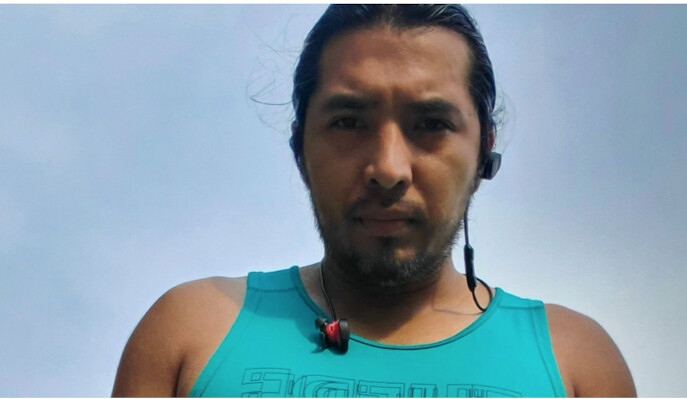
I noticed that I was having some difficulties with my breathing—at my work, they did health tests for employees, and I found out that I had high cholesterol. Besides the physical effects of my weight, I also struggled mentally—my self-esteem was really low. All of this made me want to try and get my life back again.
My “day one” was on September 14, 2020. That was the day I looked at myself in the mirror and didn’t recognize my reflection. I didn’t like the way I looked anymore. I tried running for 20 minutes, which previously had been no big deal—but this time, I wasn’t able to. Not being able to run that day really opened up my eyes to my health. So I started logging miles again, and built myself up to running four to five times a week for around an hour a day. I wasn’t using any apps or training plans until March 2021 when I started using Garmin—I started losing weight after that.
Additionally, my diet now is low in carbohydrates and added sugar—I cut out soda, refined-grain bread, and rice. Now I eat more whole grains, vegetables, and eggs. One of my favorite meals is salmon and pecans. I’ve also implemented intermittent fasting into my routine, and I’ve seen a lot of benefits.
I also decided I wanted to train for the 2021 Chicago Marathon, so I got a coach to help me with my training plan. During the summer of 2021, I decided to run a couple 5Ks, finishing in 18:20 and 18:45. I continued to train through the summer, and ran the Chicago Marathon in October with a time of 2:59:16. I qualified for the 2022 Boston Marathon, and my goal is to run it in a time of 2:55. Most recently, I ran a Dia de Los Muertos 5K, and ran a personal best of 18:12. And on Thanksgiving, I ran the Milwaukee Turkey Trot 8K, and finished in 29:50.
Victor’s Must-Have Gear
→ Salomon Pulse Belt: It’s necessary for carrying your smartphone, keys, and gels. I have even run a marathon with it.
→ GU Gels: For a long runs, these are very helpful to fuel with, so I don’t hit the wall.
→ Goodr Sunglasses: These are my favorite for those sunny days because they block out the glare.
These three tips helped make my running journey a success.
Set goals
I set goals to keep myself focused and not give up halfway. It motivates me to always keep going.
Try intermittent fasting
I normally do a 10-hour fast to help with my diet. You have to find what works best for you, but for me 10 hours has worked well and doesn’t leave me feeling hungry.
Don’t overdo it on added sugar
I used to eat so much added sugar. Now, I try to avoid sugary drinks and foods, and to keep an overall healthy diet. It has helped my body feel a lot better.
I have lost over 40 pounds in an 8-month period.
My life has changed in a lot of ways. I feel a lot better health-wise, and my running is a lot better than it was in my 20s. I am healthy again and able to run without any problems, and that makes me happy and motivates me to keep going. Now, I know that I can achieve anything I want without my health holding me back. The process of becoming healthy and able to run again wasn’t easy, but I was able to do it because I had a goal and never gave up.
(12/18/2021) ⚡AMPAll runners are faced with running in the wind from time to time, but how much does it affect your run?
Of the many extreme conditions runners face, the wind is the only weather condition that can be detrimental to your training.
Whether you’re running in a headwind or a tailwind, both can strongly influence your performance, form and energy levels. That brings into question, should you still run outside on a windy day?
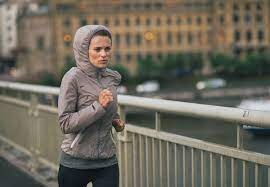
A study published in the Journal of Physiology analyzed competitive middle-distance runners, running in the wind at different paces. Researchers found that oxygen consumption in the body increased at higher wind velocities while running at the same pace.
The study also found that the effects of a 15 km/h wind headwind are four times greater than that of an 8 km/h wind. The faster you run into the wind, the greater the resistance. There are ways to combat the wind by drafting off other runners, the study states a runner has 80 per cent decrease in oxygen consumption when tailing another runner.
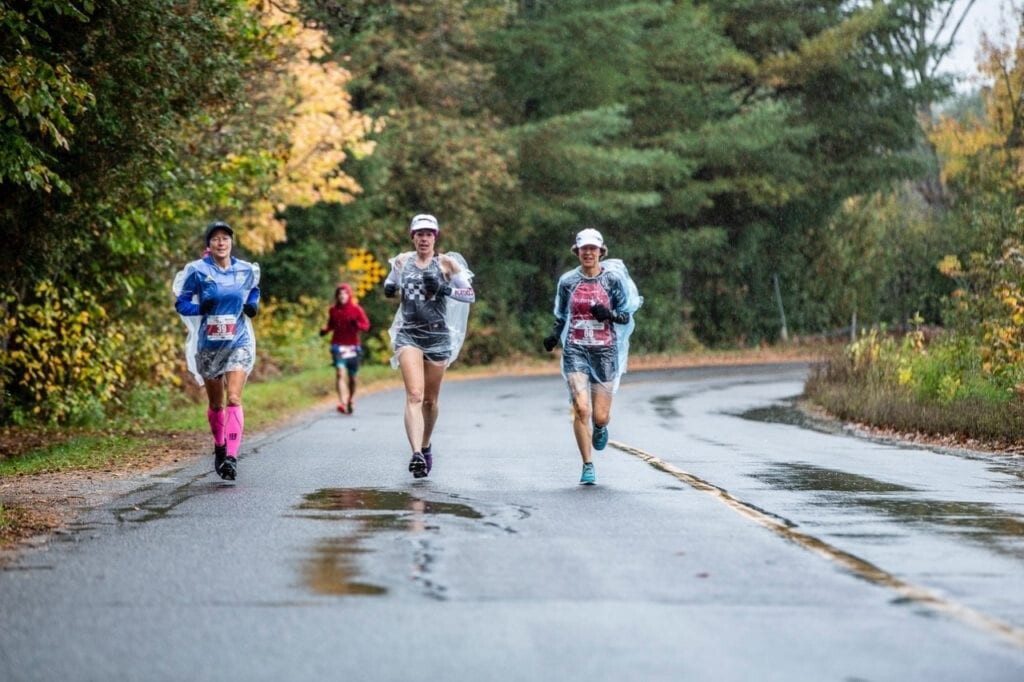
How much benefit do you get from a tailwind? It does aid performance, but runners only get half the power that they face during a headwind. A tailwind eliminates air resistance.
For example, if you are running at a six-minute mile pace with a 16 km/h tailwind, the wind would only help you by around six seconds per mile. If you were to run the same pace into a 16 km/h headwind, it would slow you down by 12 seconds.
A headwind causes you to lose more time than a tailwind allows you to gain, and a tailwind will only benefit you if you are running in one direction.
This data is useful for runners and coaches looking to adjust workout splits on windy days. If it’s very windy, you might want to push your workout to another day or run with others to draft and take advantage of any tailwind.
(12/17/2021) ⚡AMPby Marley Dickinson
World Athletics has released its 2022 Label Road Race calendar
World Athletics has today released its 2022 Label Road Race calendar, a schedule comprising almost 200 races in more than 40 countries across each of the sport's six areas.
The calendar kicks off with the 10K Valencia in the Spanish city on 9 January and concludes almost 12 months later on 31 December with the traditional New Year’s Eve races in Madrid, Spain, and Bolzano, Italy.
While the schedule remains subject to change given the ongoing uncertainty created by the global coronavirus pandemic, more races are expected to join the Label programme once it is confirmed that they will take place.
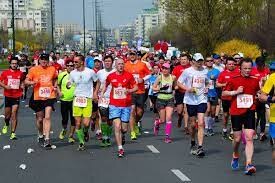
The three-tier programme, introduced in 2020, comprises three Labels: a World Athletics Label, a World Athletics Elite Label and a World Athletics Elite Platinum Label.
“Despite the continued uncertainty around global travel and on mass gatherings in some parts of the world, the number of events that have chosen to be part of the World Athletics Label Road Races programme in 2022 exceeds 200 – another all-time high – but some of the events need additional confirmation given the global pandemic,” said World Athletics Road Running Manager Alessio Punzi. “This speaks volumes of the vitality of the running industry and of the optimism of operators worldwide.
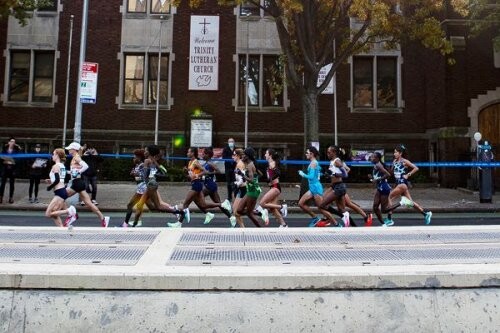
“Over the last two years alone, millions of people around the world have taken up running as a way to manage their physical and mental health – many of them will pin a race bib to their vest for the first time in 2022. We are grateful to all the race directors and their teams for their determination and tenacity. Staging marathons has never been easy, but in this day and age its complexities are mind-boggling. Now, more than ever, every race's starting line is a testament to its organisers' resilience and sheer passion for the sport and the community they serve.”
The World Athletics Label is available to all officially sanctioned road races that have taken place for at least two consecutive years prior to 2022 with an international measurement certificate in place. For first-time Labels in 2022, a World Athletics technical consultant will be appointed to ensure compliance with rules and regulations.
World Athletics Elite Label races must have a prize money structure in place that awards at least the top eight finishers, with minimum winner's prizes of US$ 15,000 (marathons) and $7500 (other distances), per gender.
The World Athletics Elite Platinum Label is only available to races that had been granted Platinum status in 2021, irrespective of whether the race took place or not.
Through choosing to have a World Athletics Label, race organizers also show a tangible commitment to clean sport by funding a dedicated road racing out-of-competition testing programme, managed by the Athletics Integrity Unit.
New Normal the key theme at 2022 Global Running Conference
The role of running events in a changed world will be the main focus at the World Athletics Global Running Conference in Bangkok on 24-25 February 2022.
All Label road race organizers are encouraged to attend, either in person or virtually, to hear insights from fellow race organizers. A series of technical workshops, including one on road race course measurement, will also be staged in cooperation with the Athletics Association of Thailand and the Asian Athletics Association, to train international and national race officials, further contributing to the development of the sport.22 Lab
(12/17/2021) ⚡AMPby World Athletics
Paris 2024 amend routes for Olympic marathon
Paris 2024’s Board has approved amended routes for the marathon and cycling events at the Olympic Games.
Paris 2024 said the adjustments will allow for better-shared use of the existing sites, as well as providing an exceptional backdrop for competitions.

The marathon will start at the Hôtel de Ville, which has been the headquarters of the municipality of Paris since 1357.
The city hall was reconstructed back in 1892.
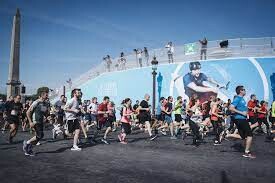
The Hôtel de Ville launched Paris 2024’s Olympic and Paralympic flag tour earlier this year and featured as part of Olympic Day celebrations.
The marathon will conclude at Les Invalides, the famous complex featuring museums and monuments.
Les Invalides is already serving as the archery venue for the Games.
Paris 2024 also confirmed the road cycling time trial will begin from Les Invalides and will conclude at Pont Alexandre III.
The bridge connects the Champs-Élysées and the Eiffel Tower.
Pont Alexandre III is also a location featured on the marathon swimming and triathlon routes.
Les Invalides, Pont Alexandre III and the forecourt of the Hôtel de Ville have been included on the route for the cycling road races.
The Pont d’Iéna and Trocadéro will also feature.
Pont d’Iéna, at the foot of the Eiffel Tower, will serve as the start and finish for the cycling road race and race walks.
The Paris 2024 Board has also changed the goalball location for the Paralympic Games.
Goalball competition had initially been scheduled to take place at the Pierre de Coubertin Stadium.
The venue will now move to Arena Paris Sud hall six at the Porte de Versailles.
Boccia and Para table tennis are also due to be held at the Porte de Versailles.
(12/17/2021) ⚡AMPby Michael Pavitt
Can undiagnosed celiac disease put you at risk for bone stress injuries?
Bone stress injuries are common among runners, particularly females. There are many possible reasons they might occur, but recent research has determined that undiagnosed celiac disease could put affected runners at a higher risk for these types of injuries. While the portion of the population with celiac disease remains very small, it may be an important consideration for some runners when evaluating their injury risk.
Prevalence of celiac disease

The study, which was published in the Clinical Journal of Sport Medicine, tested 85 runners for celiac disease using Anti-tissue transglutaminase antibody (TTG) testing. Two participants already had pre-existing celiac disease and three more were confirmed to have celiac disease following an endoscopic biopsy.
In total, approximately five per cent of the group were confirmed to have celiac disease, which is five per cent higher than Canadian population estimates, according to the Canadian Digestive Health Foundation. It’s worth noting, however, that experts believe about 90 per cent of cases go undiagnosed.

There was one thing every runner in this study had in common: they all had a bone stress injury. When left untreated, celiac disease can damage the small intestine, which leads to poor absorption of vitamins and minerals that are important for bone health, like calcium and vitamin D. This, ultimately, could put someone at an increased risk for injuries like stress fractures.
Of course, it’s difficult to definitively say that the patients with celiac disease were at greater risk because of their condition, but considering that this population had a five times greater prevalence of celiac disease than the general population, it is possible that there could be a correlation. This lead the researchers to conclude that “anti-tissue transglutaminase antibody screening for CD should be considered in all patients presenting with BSIs (bone stress injuries).”
What should runners do?
If you’re generally healthy and aren’t presenting with any of the symptoms of celiac disease (like diarrhea, fatigue, weight loss, bloating and anemia), it’s unlikely you have the condition. If you do frequently struggle with one or more of those symptoms, it’s worth looking into, not only to help prevent stress fractures, but several other health problems as well.
(12/17/2021) ⚡AMPby Brittany Hambleton
Could Potatoes be an alternative to energy Gels? Research has found potatoes have the same energy-boosting benefits as carbohydrate gels
Not a fan of energy carbohydrate gels? Struggle to stomach sweet sickly energy gels and tired of spending your hard-earned cash on them? Then, believe it or not, potatoes could be the answer! Scientists from the University of Illinois have found consuming potato puree during prolonged exercise works just as well as gels in sustaining blood glucose levels and boosting performance.
This means potato, in a puree form, could be a great savory alternative to sweet, sickly energy gels.

“Research has shown that ingesting concentrated carbohydrate gels during prolonged exercise promotes carbohydrate availability during exercise and improves exercise performance,” said Nicholas Burd, who led the research.
“Our study aim was to expand and diversify race-fuelling options for athletes and offset flavour fatigue.”

Potatoes are a promising alternative for athletes because they represent a cost-effective, nutrient-dense and whole-food source of carbohydrates,” the researchers reported in the Journal of Applied Physiology. “Furthermore, they serve as a savoury race fuel option when compared (with) the high sweetness of (carbohydrate) gels.”
The study monitored 12 active people who cycled an average of 165 miles a week, who either consumed just water, a commercially available carbohydrate gel or an equivalent amount of carbohydrates obtained from potatoes.
(12/16/2021) ⚡AMPby Colorado Runner


